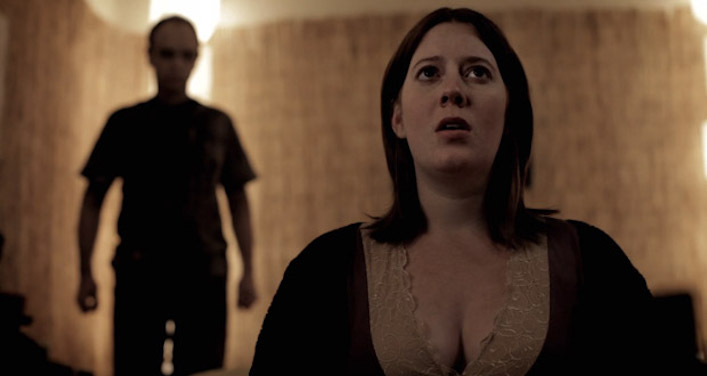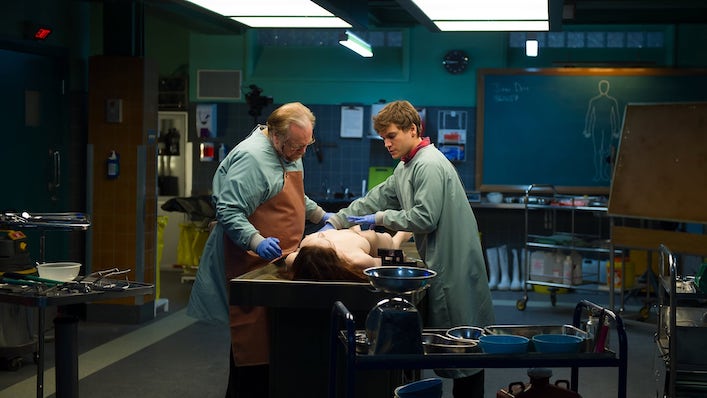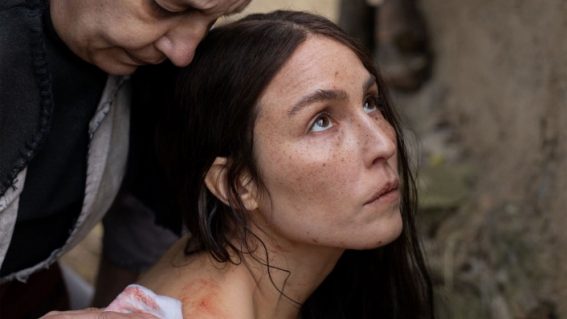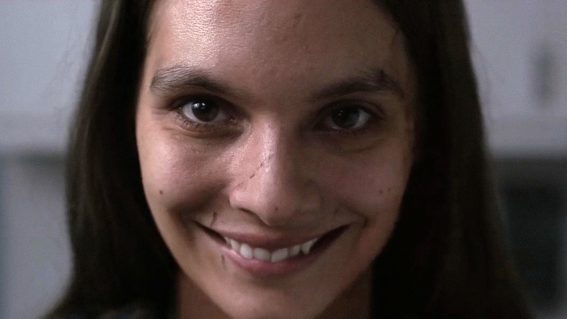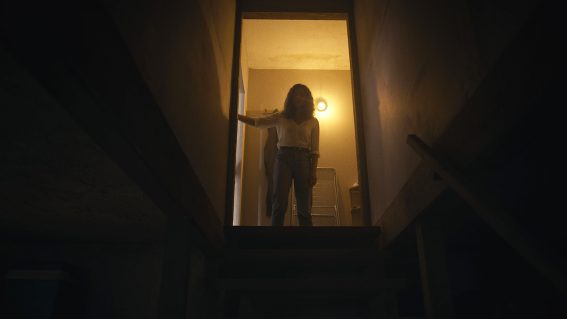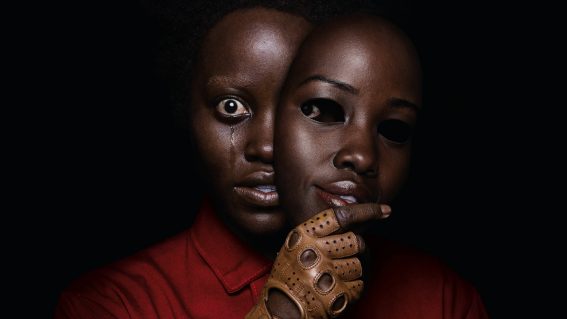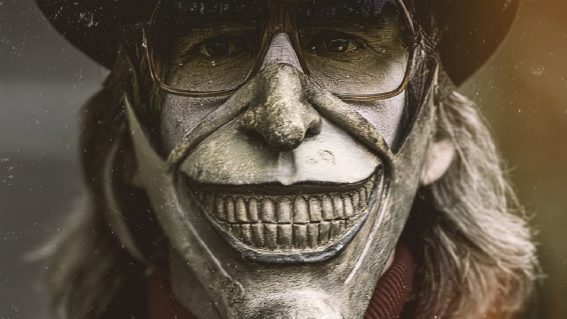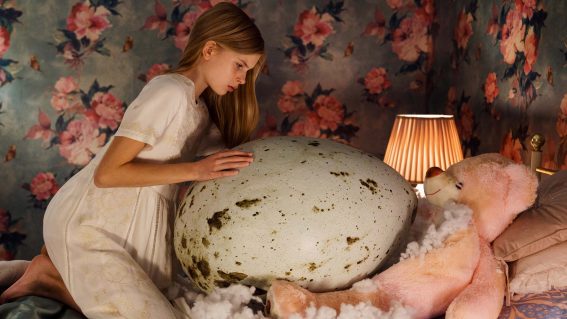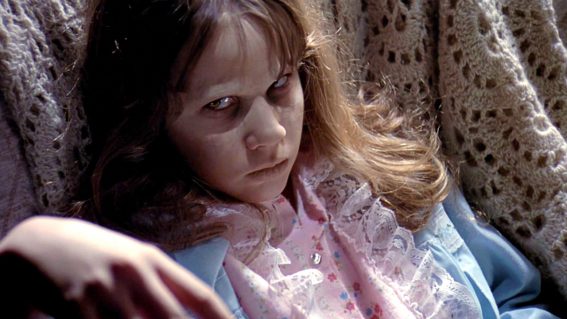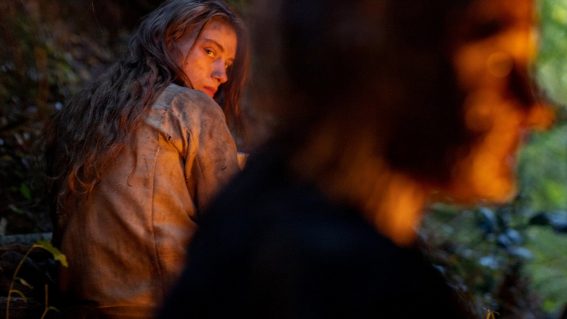
Archive of capsule reviews for horror movies
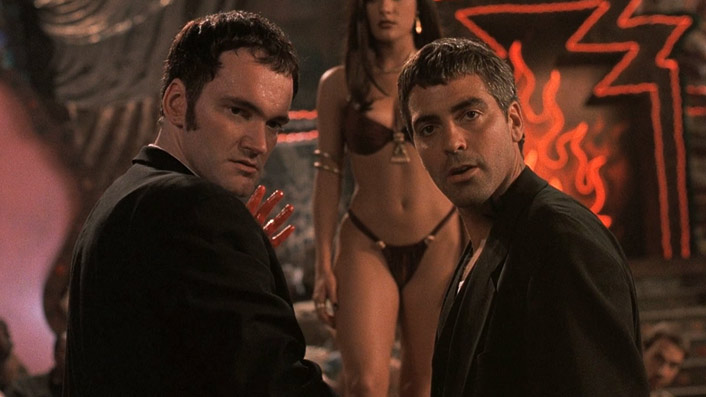
Below is an archive of capsule reviews of horror movies, previously published on our horror guide pages, written by Travis Johnson.
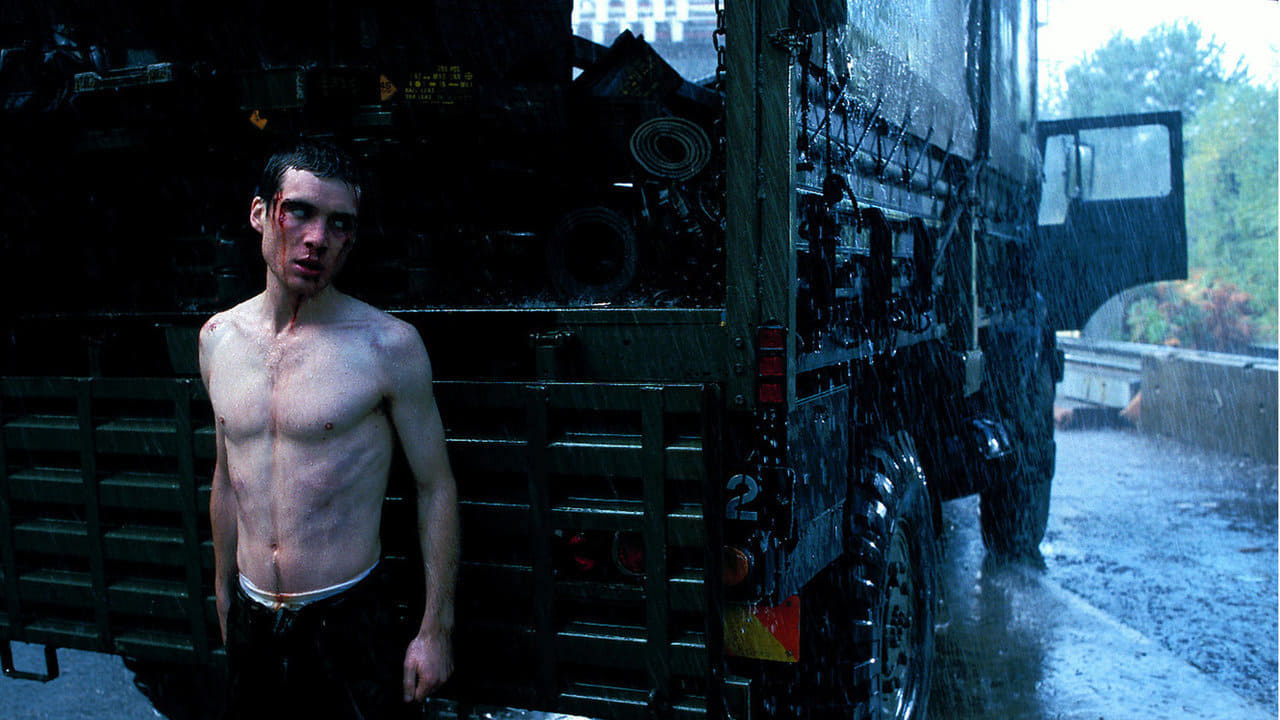
28 Days Later (2002)
Director Danny Boyle (Trainspotting) and writer Alex Garland (Men) reinvigorate the zombie movie with this gem, which sees poor Cillian Murphy wake from a coma only to discover London all but abandoned—apart from those infected with a “rage virus” which makes them mercilessly attack anyone they find. He flees with a band of fellow survivors, including Naomie Harris and Brendan Gleeson, but soon finds that Christopher Eccleston’s army commander may be more dangerous than the infected. Bold, imaginative, and bloody.
Absentia (2011)
The very first film from horror hero Mike Flanagan (Doctor Sleep, The Haunting of Hill House is a chillingly effective micro-budget affair. Seven years after her husband disappeared, Tricia (Courtney Bell) seeks to have him declared legally dead but is haunted by nightmares about him. When he suddenly reappears in her life, there’s no rational explanation for his absence, but it might have something to do with a creepy tunnel nearby. To explain more would be a disservice – elliptical and unsettling, this is a slow burn masterpiece.
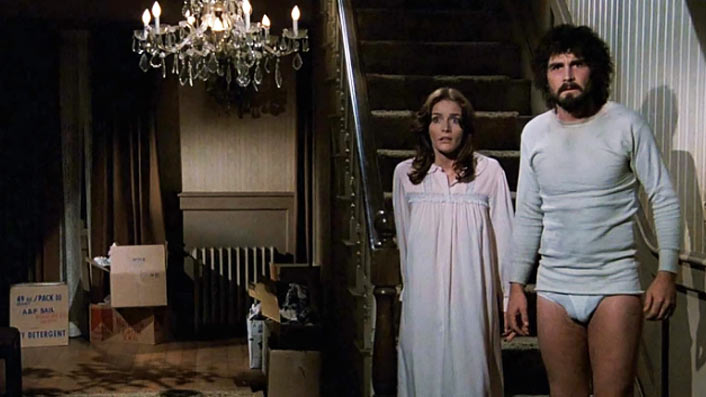
The Amityville Horror (1978)
The most famous haunted house in America (true)! Based on a true story (not really)! Set the mould for haunted house flicks going forward (undoubtedly)! James Brolin and Margot Kidder play suburbanites who discover their dream home is a) notorious for being the site of a brutal mass murder, and b) haunted AF. The Amityville franchise dropped in quality like an anvil in an elevator shaft (although the 2005 remake is not terrible) but the original is a classic for good reason.
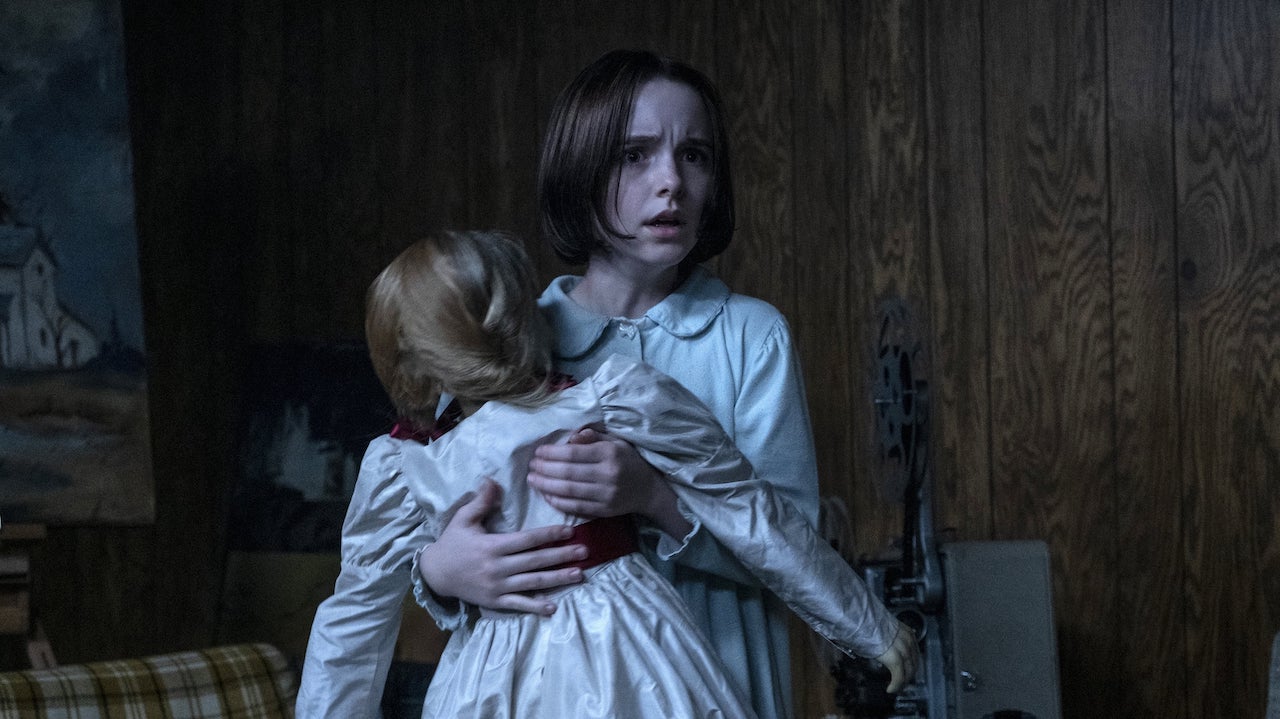
Annabelle Comes Home (2019)
The tween daughter of famed demonologists Ed and Lorraine Warren (McKenna Grace) must battle not only the titular cursed doll but a whole menagerie of spirits unleashed from their collection of occult artefacts in this fun and family friendly PG-level horror romp. Between this, The Haunting of Hill House, and the recent Ghostbusters flicks, Grace has pretty much cemented her place as the tween scream queen du jour.
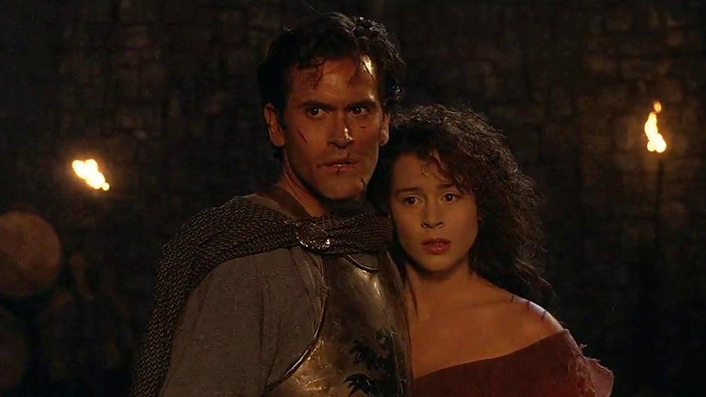
Army of Darkness (1992)
Hapless hero Ash (Bruce Campbell) is flung back in time to the Middle Ages, where he must take on a horde of the undead with naught but his boomstick, chainsaw, and questionable intelligence. Army of Darkness fully embraces a comedic adventure tone rather than straight horror, but there are zombies, demons, and dismemberments, so it gets a pass.
The Autopsy of Jane Doe (2016)
Father and son coroners (Brian Cox and Emile Hirsch) begin delving into the corpse of an unidentified young woman (Olwen Catherine Kelly), finding contradictory evidence of torture and wounds that indicate different times of death. As inexplicable events being to occur in the autopsy room, it soon becomes clear that some kind of dark magic is afoot. Trollhunter director André Øvredal gives us a locked room mystery where the victim may also be the murderer, invoking witchcraft, satanism, and good old-fashioned fear of death to excellent effect.
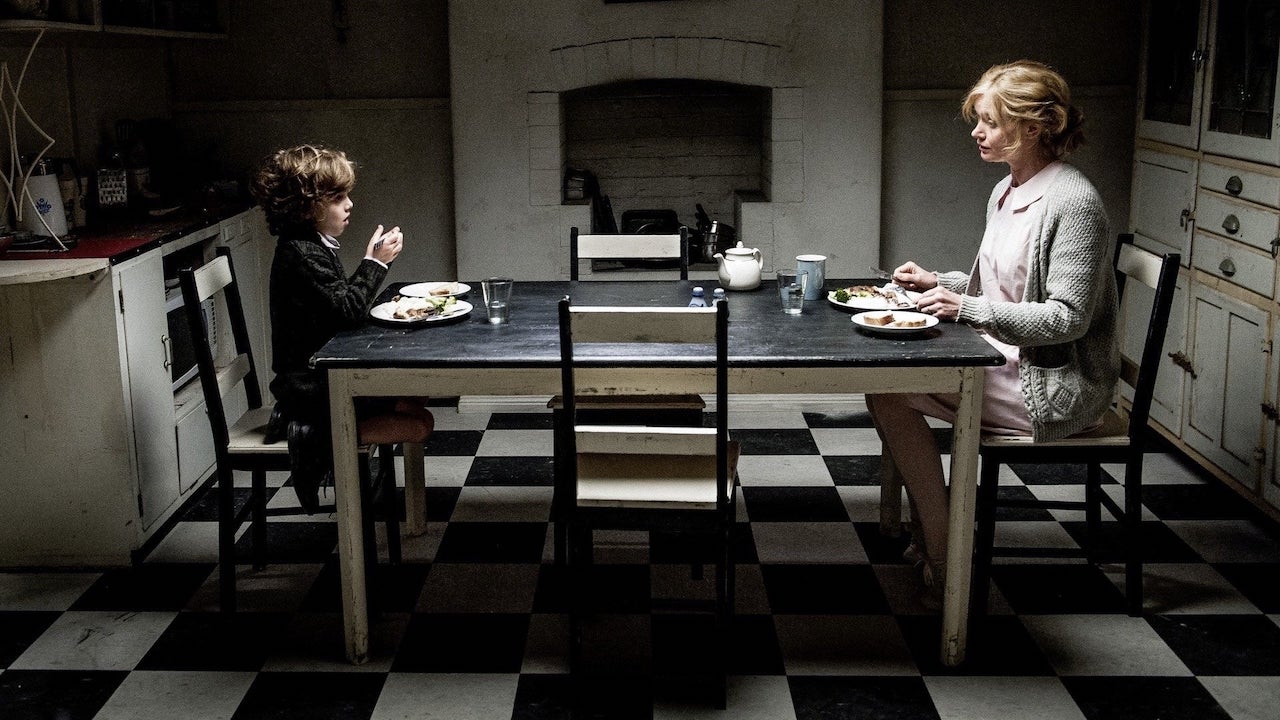
The Babadook (2014)
The uncanny arrival of the titular picture book cranks the tension between a harried single mother (Essie Davis) and her troubled son (Noah Wiseman), but who’s really the danger here? In her debut film, Jennifer Kent tips the ‘creepy kid’ genre on its head, using the form to examine a regrettably common dysfunctional family dynamic. A modern Australian genre classic.
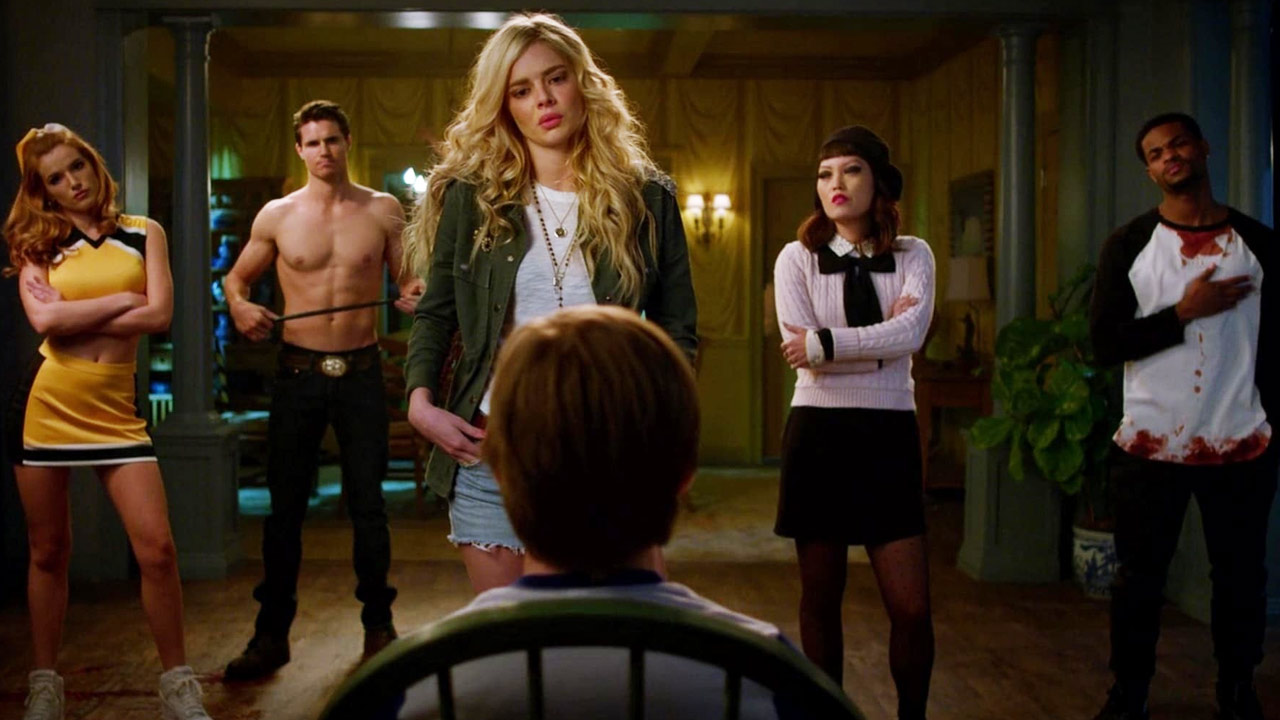
The Babysitter (2017)
Twelve-year-old Cole (Judah Lewis) discovers his smokin’ hot babysitter Bee (Samara Weaving) is the head of a high school Satanic cult and plans to sacrifice him in an occult ritual. Gifted journeyman director McG delivers a brisk and brutal horror comedy, wherein our plucky hero has to dodge Bee’s brat pack devil worshippers (Bella Thorne, Hana Mae Lee and Robbie Amell). Plenty of bloody kills are balanced by a witty script that never takes itself too seriously—a near perfect beer ‘n’ pizza Friday night flick.
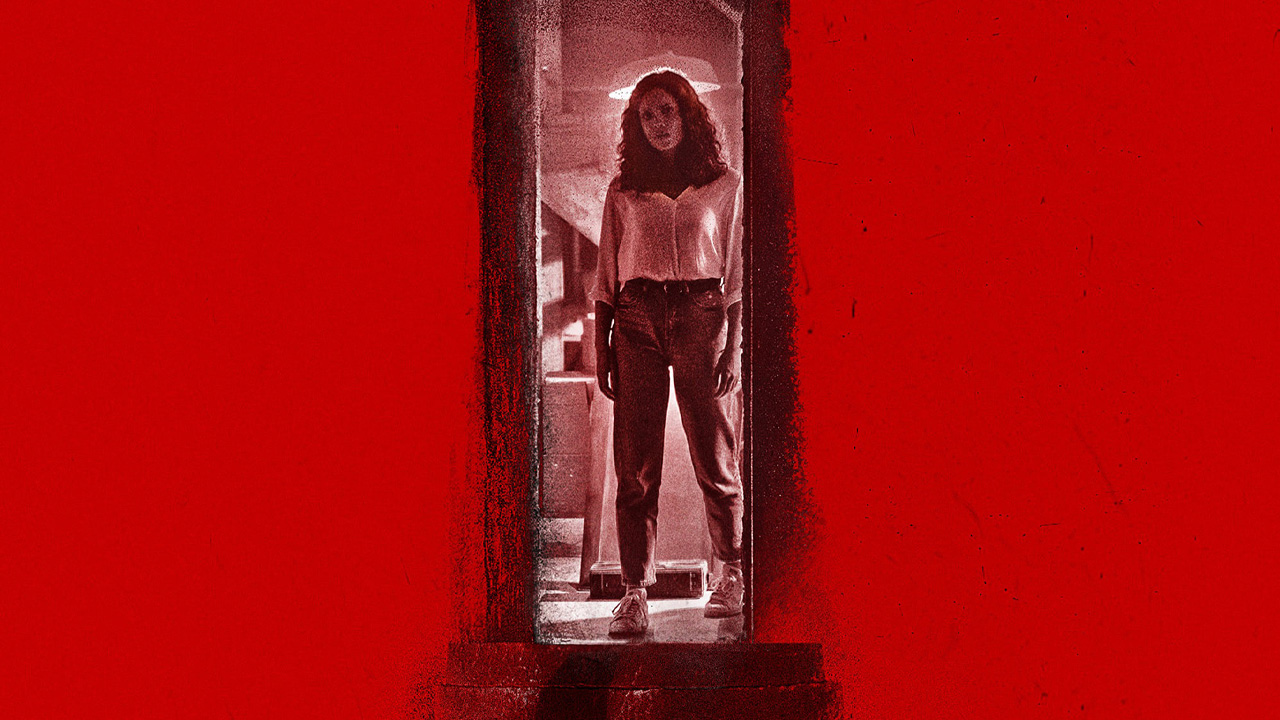
Barbarian (2022)
A booking mix-up sees two strangers (Georgina Campbell and Bill Skarsgård) staying at the same Airbnb one dark and spooky night. Initially wary of each other, the decrepit neighbourhood (derelict suburban Detroit) prompts them to share lodgings for the evening, but what’s under the house turns out to be much more horrifying than what’s outside. Barbarian is a sharp, timely take on the horrors of urban decay and gentrification (among other things).
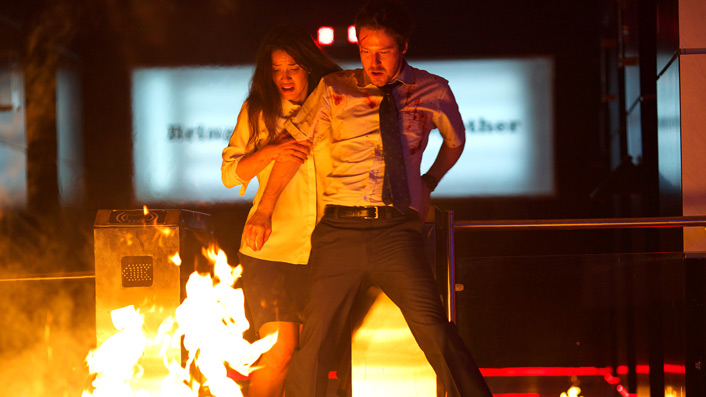
The Belko Experiment (2016)
Wolf Creek’s Greg McLean directs a script from Guardians of the Galaxy’s James Gunn, wherein a mixed bag of American expats working in Colombia are forced to murder each other after they’re locked inside their office building. A game cast of character actors, including John Gallagher, Tony Goldwyn, John C. McGinley, Sean Gunn and Michael Rooker, engage with gusto, and the gore gags come as thick and as fast as the corporate satire.-
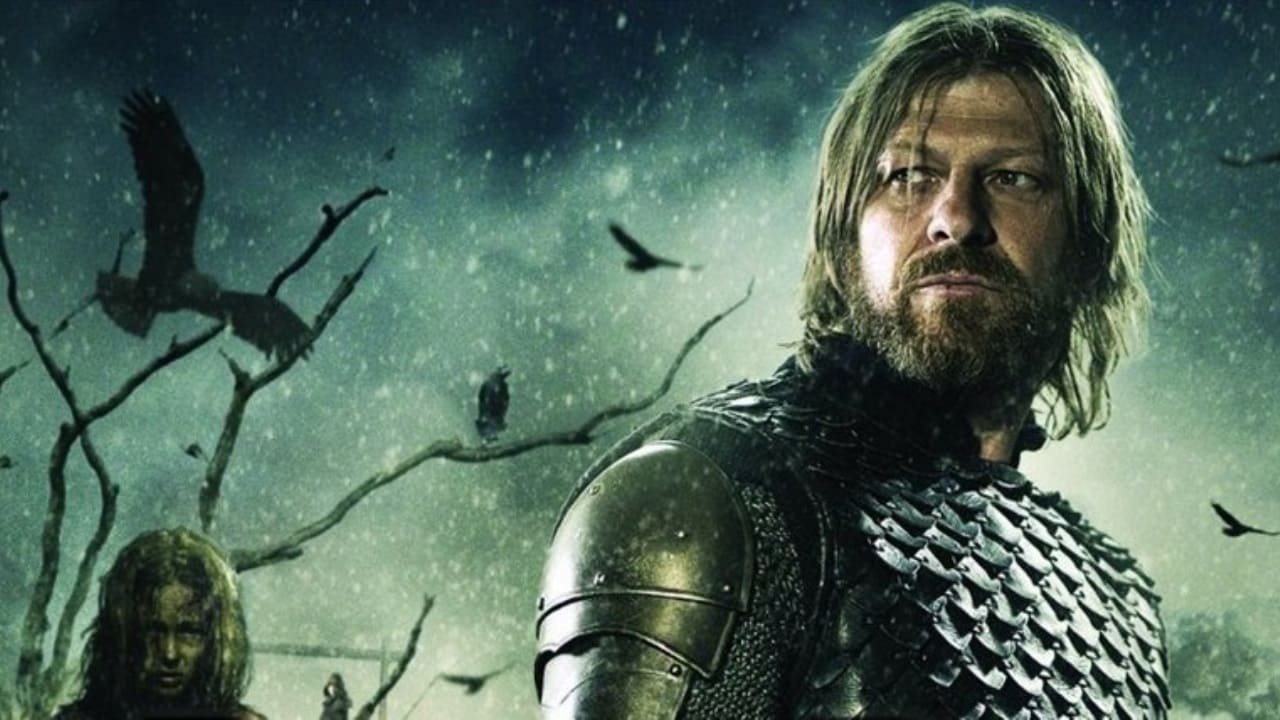
Black Death (2010)
During the medieval plague, a knight (Sean Bean) and a novice monk (Eddie Redmayne) lead a group of soldiers to a remote village to uncover why it has not been afflicted. As is the way of such things, they find a pagan cult, much backwoods horror, and a test of faith that not all of them will pass. If you can imagine a Middle Ages Wicker Man, you’re on the right track.
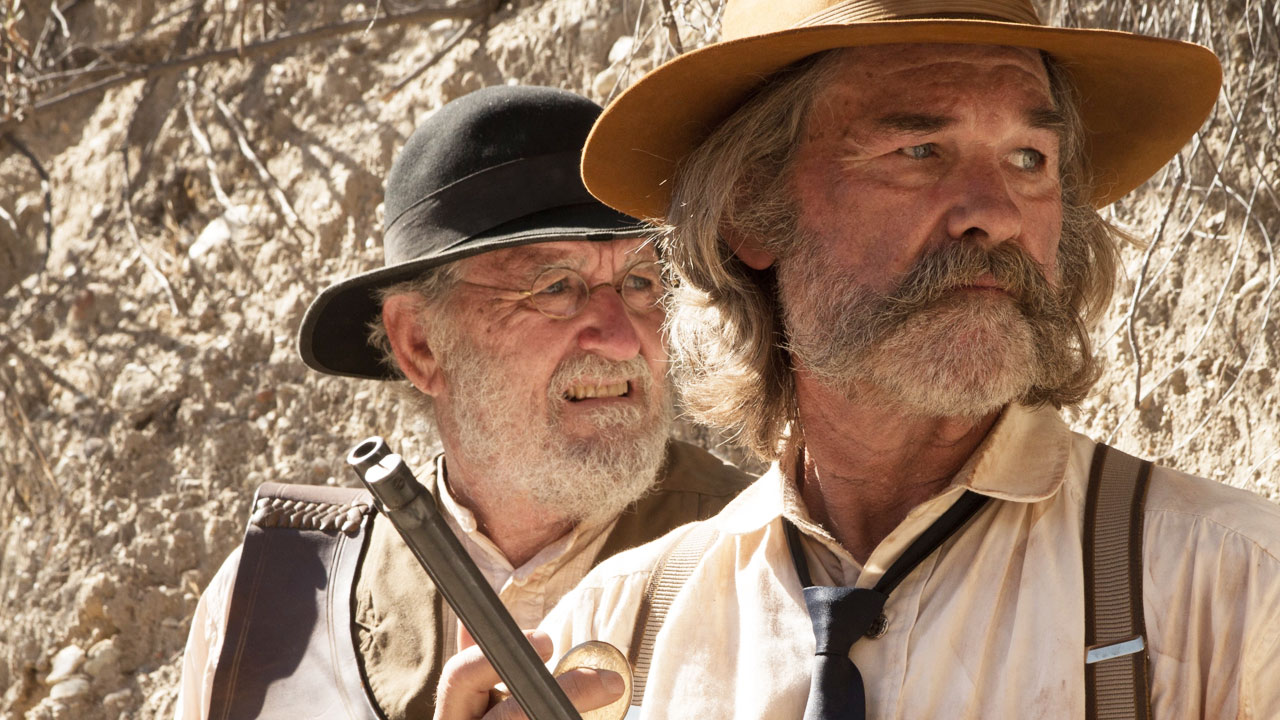
Bone Tomahawk (2015)
Grizzled sheriff Kurt Russell leads farmer Patrick Wilson, gunfighter Matthew Fox and old coot Richard Jenkins go on a mission to rescue a kidnapped woman, only to run afoul of a lost tribe of Native American “troglodytes”—that’s cannibals to you and me. S. Craig Zahler puts The Hills Have Eyes in the old west to excellent, if frequently horrifying effect. This is a brutally efficient survival horror that is not for the faint of heart.
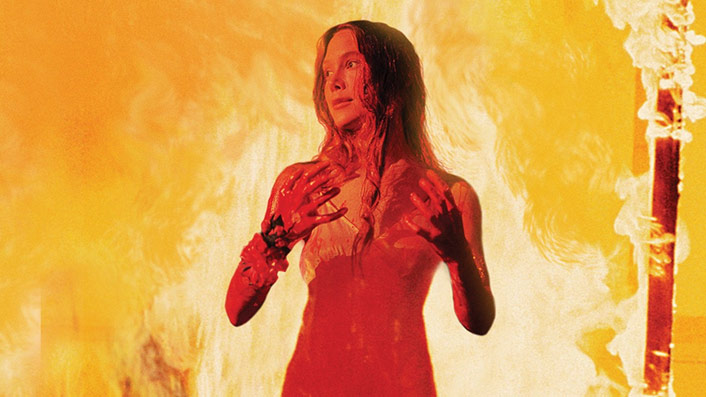
Carrie (1976)
Brian de Palma adapts Stephen King’s first novel, a tale of high school horror that sees the titular nascent telekinetic (Sissy Spacek) wreak terrible vengeance on the society that spurned her. Everyone remembers the Grand Guignol climax, but its every little scar and wound that Carrie endures before then that lets it land with such force.
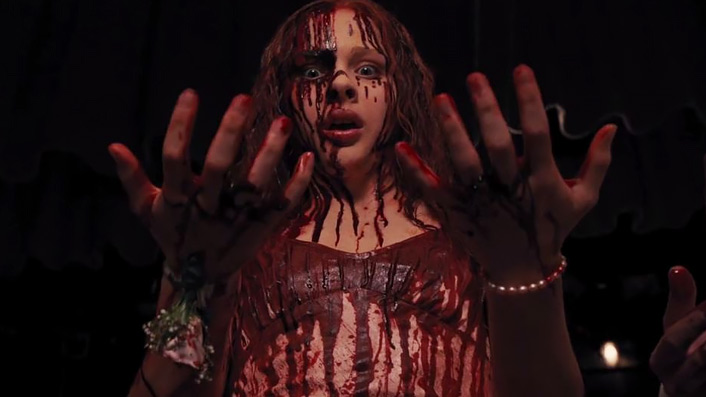
Carrie (2013)
The third adaptation of Stephen King’s debut novel can’t compete with Brian De Palma’s 1976 version, but certainly laps the little seen 2002 TV movie. This time out a committed Chloë Grace Moretz is the titular teenage outcast, horribly tortured by both school bullies and her religious nut mother (Julianne Moore) until her budding telekinetic powers are unleashed after one humiliation too many at the Prom. Director Kimberley Peirce brings a rare degree of empathy to the subject matter but can’t beat De Palma for sheer technical brio. Still, gory revenge against cruel cliques is always worth a spin.
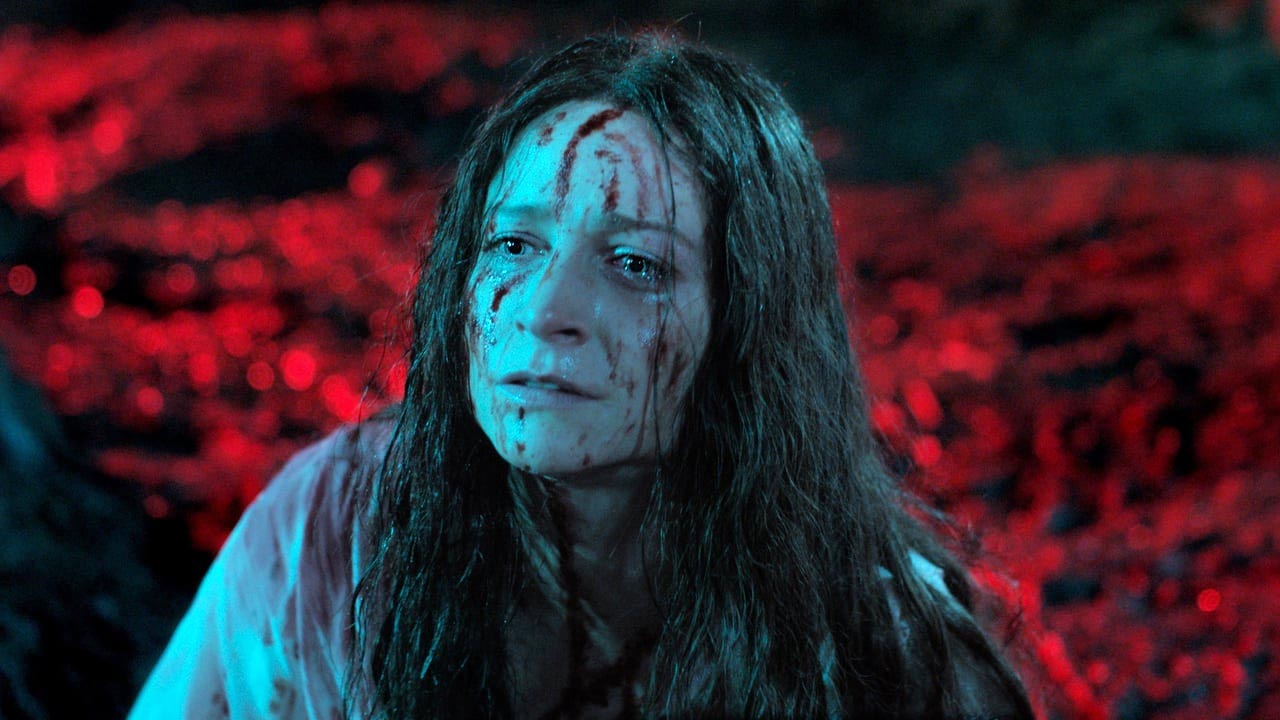
Censor (2021)
Welsh auteur Prano Bailey-Bond’s debut feature takes us back to the height of the UK’s 1980s “video nasty” panic, where Niamh Algar’s state censor discovers a clue to the whereabouts of her long-missing sister in a banned horror film by an underground filmmaker. Her quest for the truth soon takes a turn for the disturbing and surreal, as real life and screen life blur in this assured and unsettling gem.
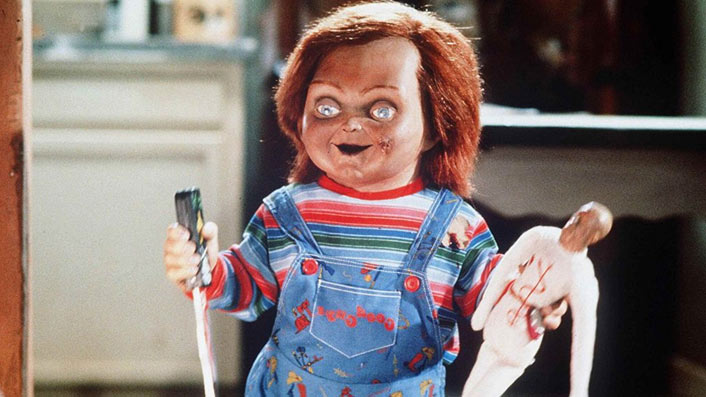
Child’s Play (1988)
A tow-headed tyke wants nothing more than a Cabbage Patch Kid-like Good Guy Doll, but unfortunately the one he gets is possessed by the malevolent spirit of a voodoo-practicing serial killer (Brad Dourif). Carnage ensues. Child’s Play launched a surprisingly robust franchise that is somehow still going strong, and that’s not even counting the recent remake. Hugely controversial upon release, it’s actually a really fun slasher romp built around a truly subversive gimmick.

Christine (1983)
“John Carpenter adapts Stephen King” should be enough for any horror fan. This rock ‘n’ roll terror tale sees a high school nerd (Keith Gordon) become obsessed with—and eventually possessed by—the titular blood red 1958 Plymouth Fury, much to the consternation of hunky pal John Stockwell and cute Alexandra Paul. It’s a perfect combo of director and subject, with plenty of car-based carnage and a supporting turn from the great Harry Dean Stanton as the cop trying to figure out who’s running over a growing number of schoolyard bullies.
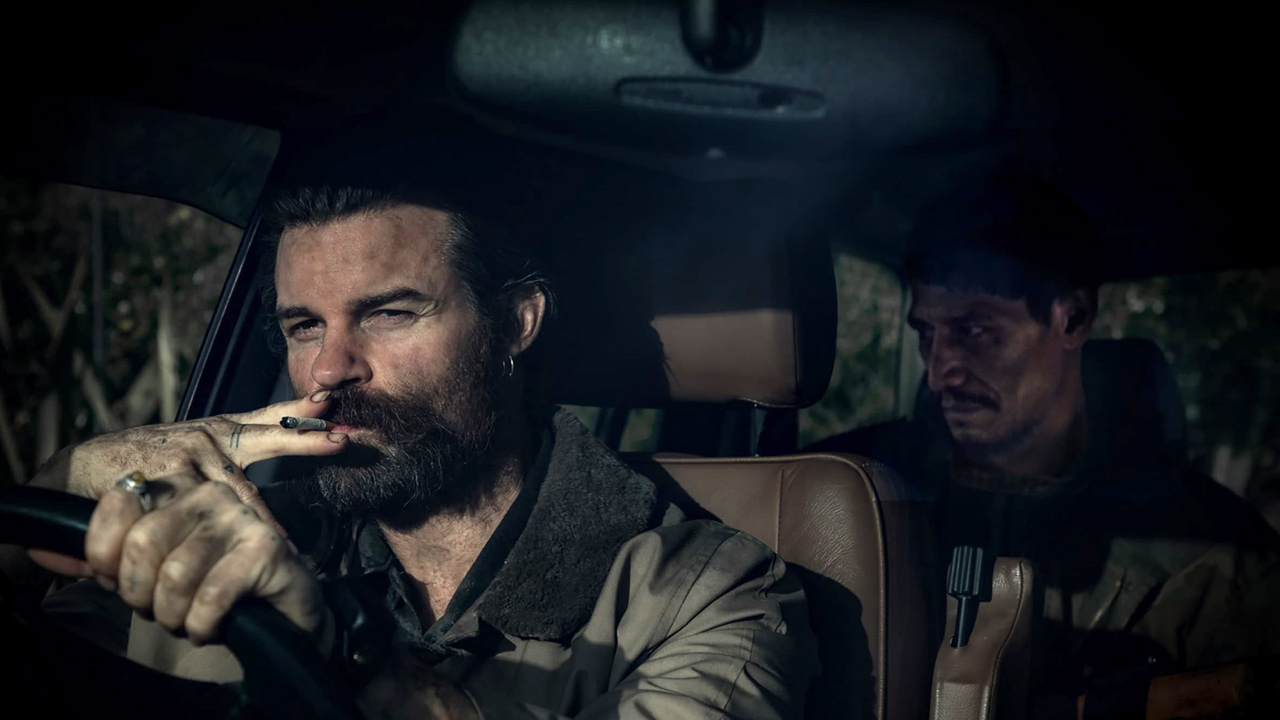
Coming Home in the Dark (2021)
This bleak New Zealand thriller sees a holidaying family—teacher (Erik Thomson), wife (Miriama McDowell) and kids (Billy and Frankie Parateen)—terrorised by criminals (Daniel Gillies and Matthias Luafutu). However, what starts as a random robbery quickly escalates when it turns out dad has a connection with the marauding pair. An astute, chilling debut from actor turned director James Ashcroft, this adaptation of Owen Marshall’s short story pulls no punches.
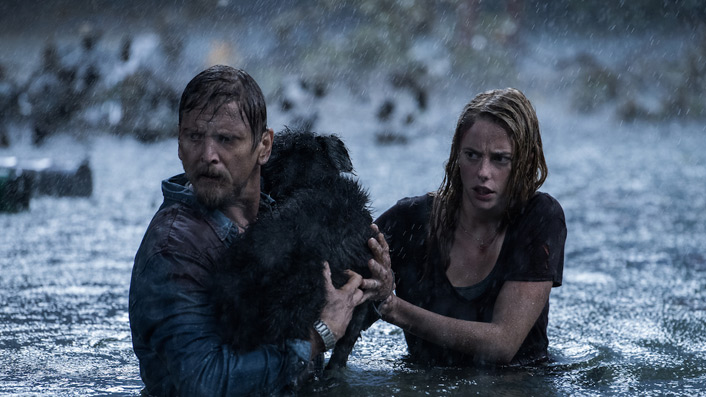
Crawl (2019)
Champion swimmer Kaya Scodelario goes to make sure her Florida Man dad Barry Pepper is taking shelter from a gnarly hurricane, only to be confronted with a house full of hungry alligators. French director Alexandre Aja (High Tension, Piranha 3D) delivers the goods in this toothy crowd-pleaser.
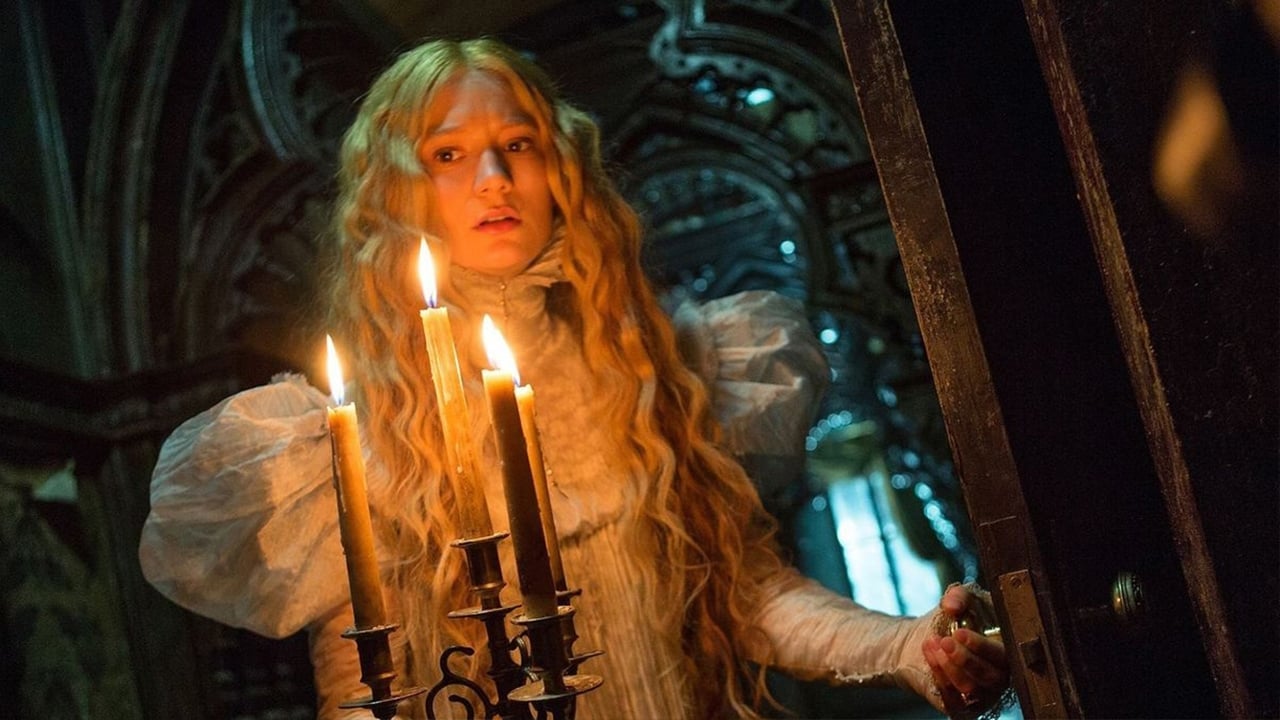
Crimson Peak (2015)
Guillermo del Toro’s gothic ghost story sees Mia Wasikowska’s American heiress married to Tom Hiddleston’s impoverished British noble and hied off to the family seat of Allerdale Hall, a decrepit mansion nicknamed Crimson Peak because it’s sinking into the red clay mine upon which it sits. There she must contend with her husband’s jealous, possibly incestuous sister (Jessica Chastain) as well as the ghosts that haunt the house. Del Toro combines notes of Edgar Allen Poe, Shirley Jackson, and Henry James to create a classical, literary horror movie that eschews cheap shocks for more cerebral and disturbing thrills.
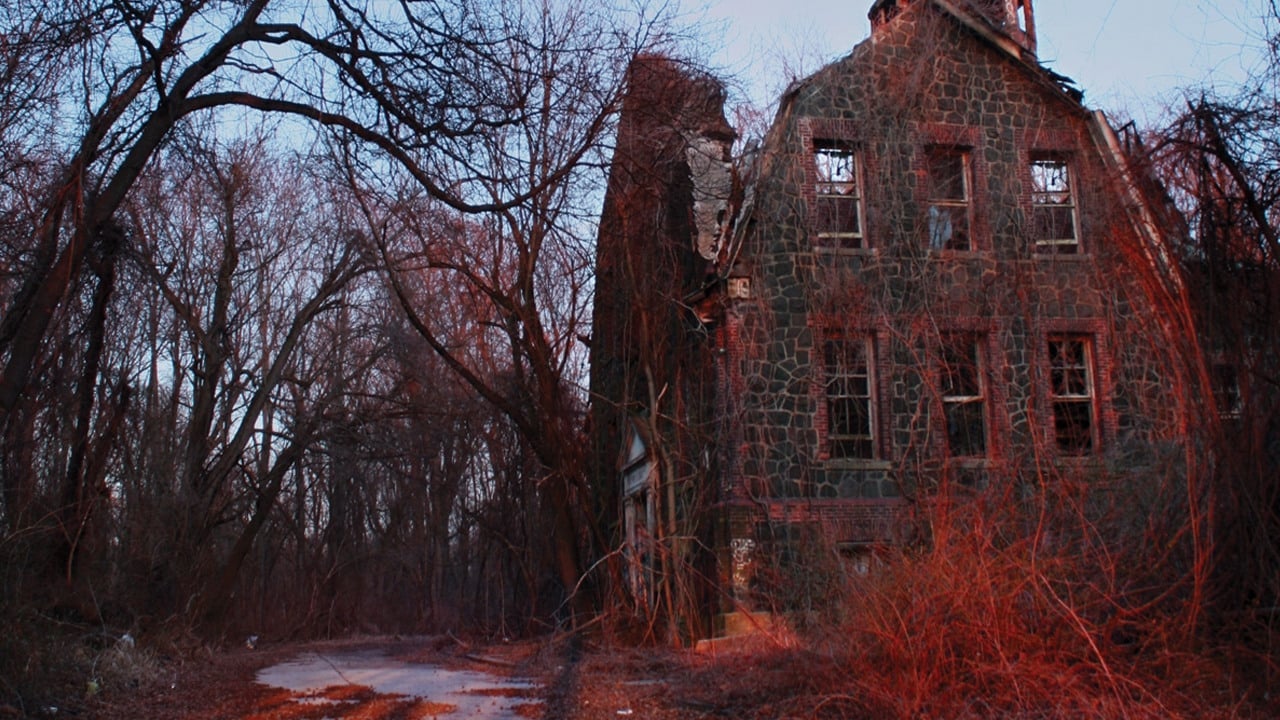
Cropsey (2009)
Stunning true crime documentary that looks into the titular New York urban legend and its possible connection to convicted kidnapper and suspected serial killer Andre Rand, whose crimes may have inspired the stories, examining how we tell stories to make sense of the senseless. When is a documentary a horror movie? When it’s always filed under “horror” because it’s so deeply unsettling.
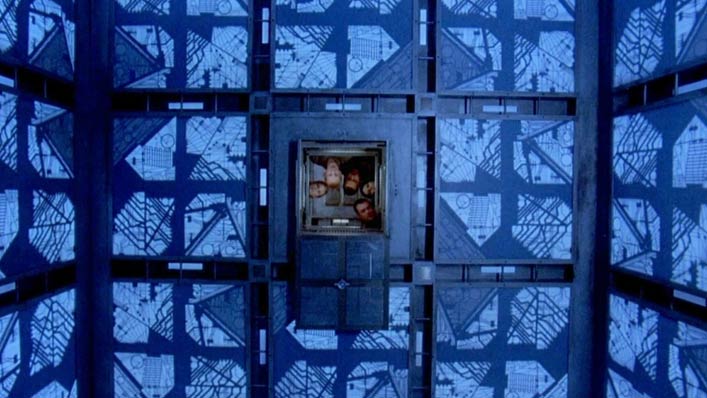
Cube (1997)
A group of strangers awaken to find themselves in a mysterious prison: a series of identical cubes, each containing a different, deadly trap. They must work together to make their way through this surreal landscape, but why are they here in the first place? Cube’s allegorical ambitions falter in the end, but director Vincenzo Natali’s visual verve carries the day, using a single set over and over again to excellent and imaginative effect.
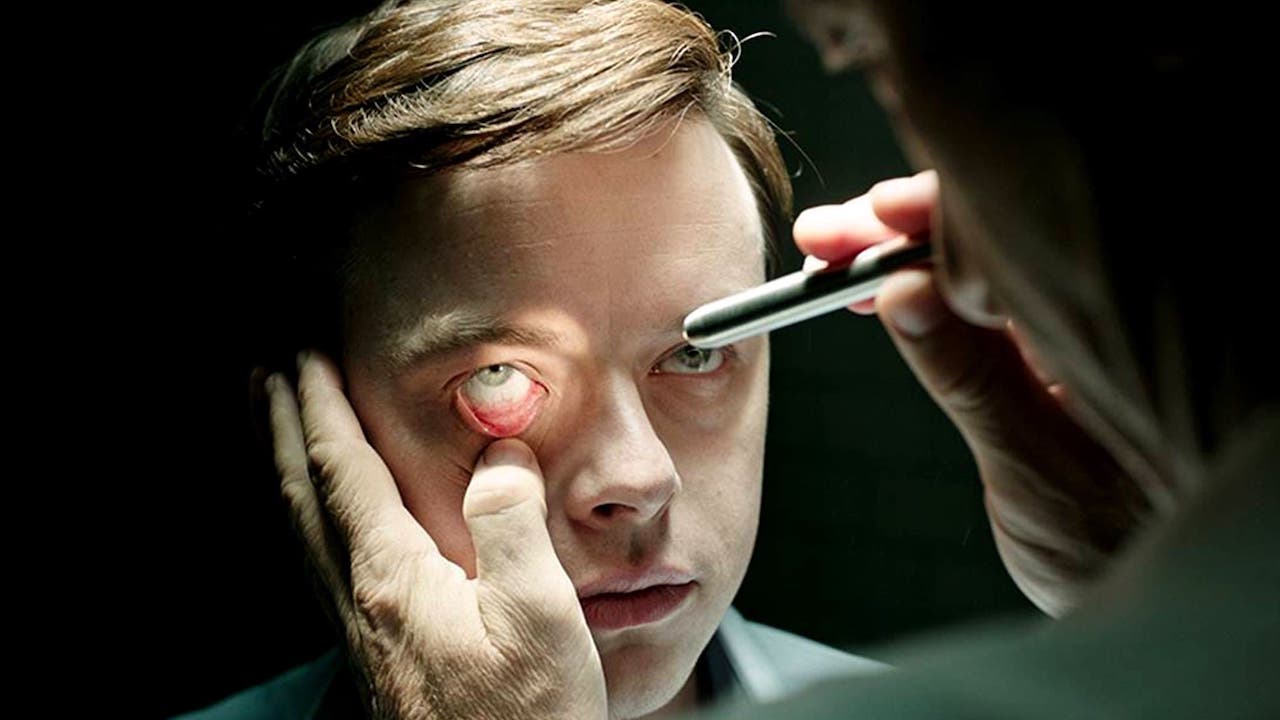
A Cure for Wellness (2016)
Pirates of the Caribbean director Gore Verbinski sends ambitious corporate functionary Dane DeHaan to retrieve his boss from a mysterious health spa in the Swiss Alps, and that’s probably the last we’ll see of him. Maybe half an hour too long, this is nonetheless a fun, exquisitely mounted remix of the first act of Dracula and any given David Cronenberg body horror, with added eels.
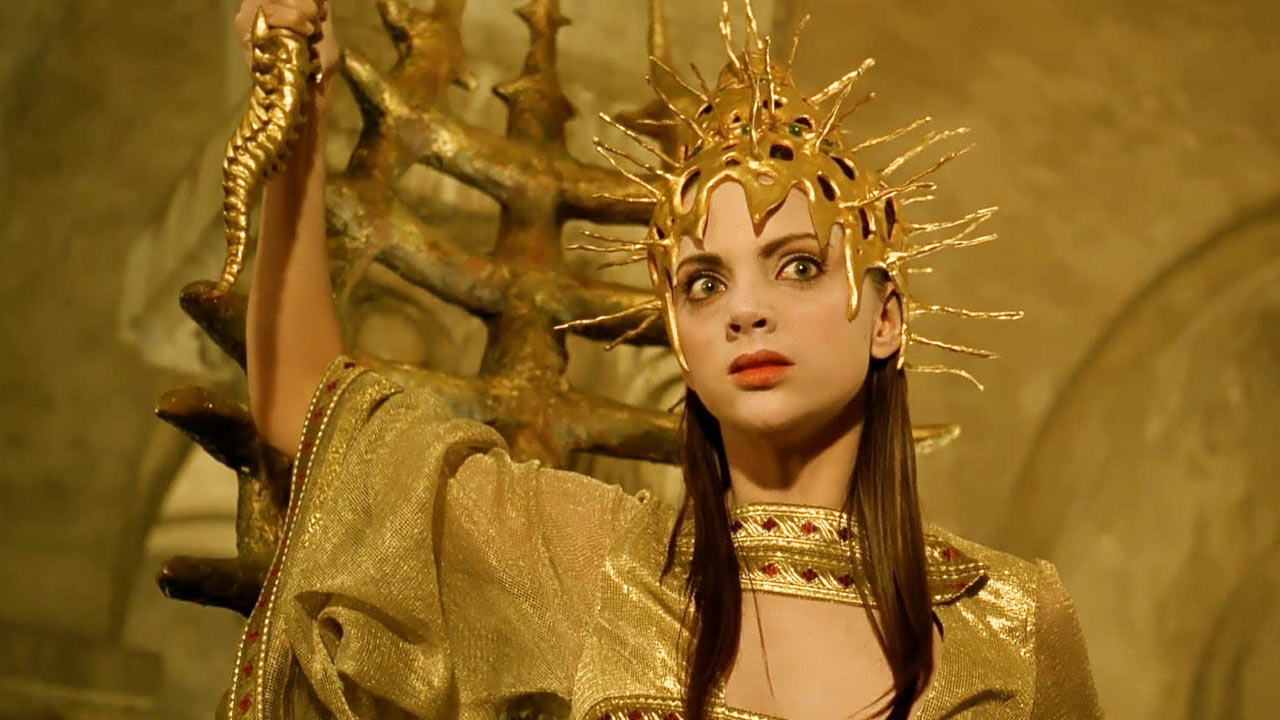
Dagon (2001)
Re-Animator director Stuart Gordon (RIP) adapts HP Lovecraft’s The Shadow Over Innsmout, sending a yachtful of doomed protagonists to a remote Spanish seaside village, whose inhabitants are a little too fond of fresh fish. Obviously shot on a low budget, this nonetheless captures much of the tone of Lovecraft’s best works, giving us cosmic horror on a quotidian scale.

Daybreakers (2010)
In 2019 everyone is vampire and the few remaining humans are farmed for blood. Vampire scientist Ethan Hawke teams up with human resistance fighter Willem Dafoe to find a cure, much to the consternation of evil vampire suit Sam Neill. Australian filmmaking team Michael and Peter Spierig go big with this action-horror hybrid, the real star being the vampire-dominated society they craft.
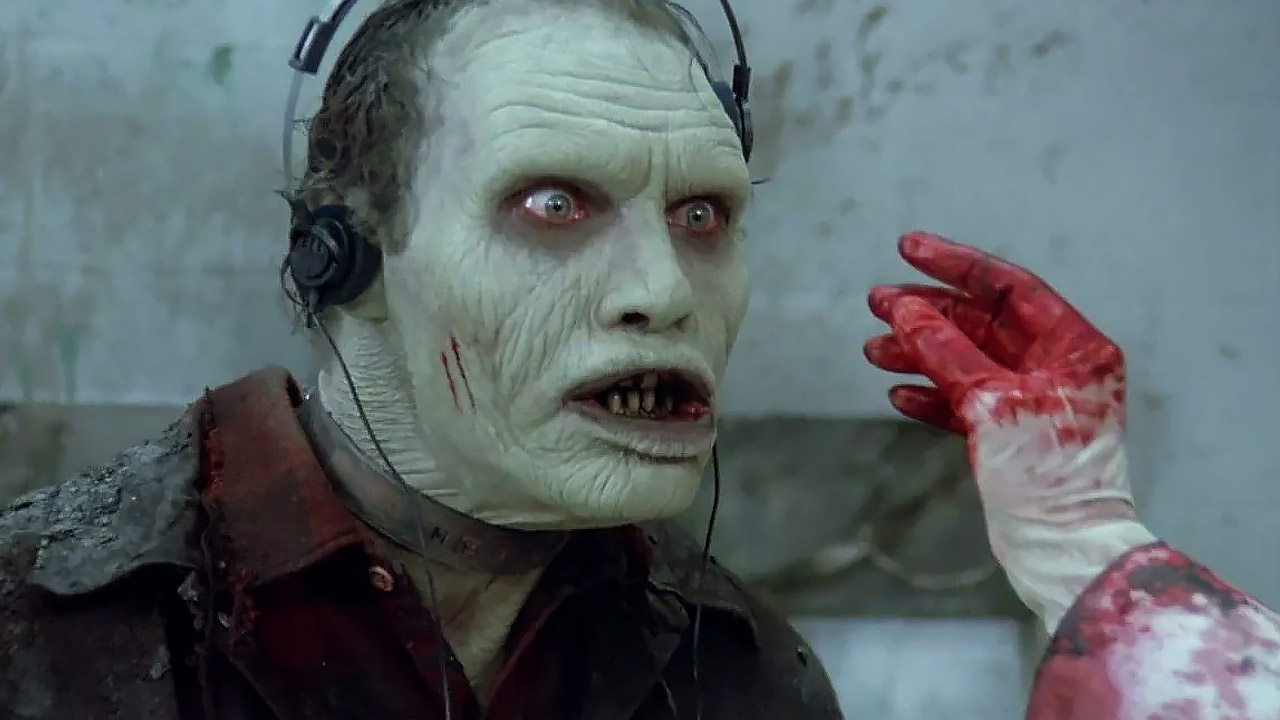
Day of the Dead (1985)
In the third of George A. Romero’s ‘Dead‘ series, zombies have destroyed civilisation. In perhaps the last remaining outpost of humanity, tensions run high between scientists trying to study the undead and the soldiers assigned to protect them. Eventually the zombie floodgates are opened and grub’s up for the ravening hordes. Bleak, nihilistic and ugly, but it does feature some great gore effects from Tom Savini and fan fave Bub the smart zombie.
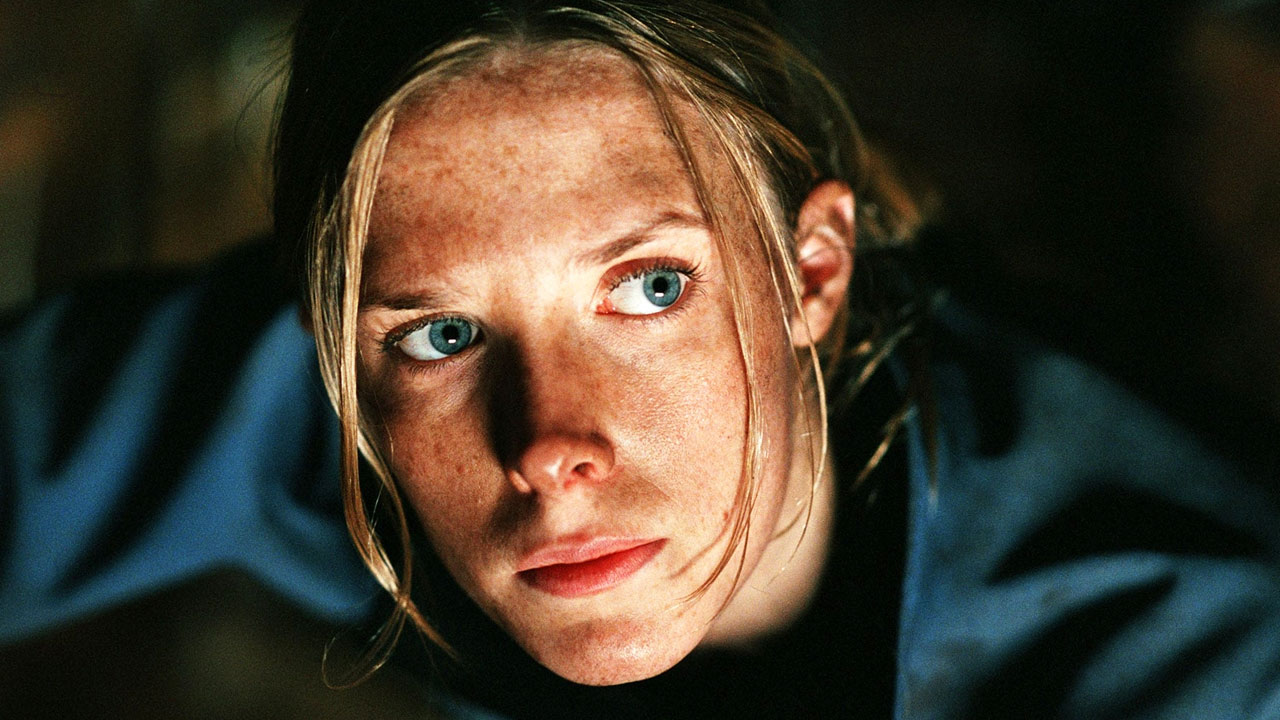
The Descent (2006)
A group of adventurous women delve into an unexplored cave system. Something is down there waiting for them. And then it’s on like Donkey Kong. Director Neil Marshall’s follow up to his debut, Dog Soldiers, is a brisk and claustrophobic powerhouse of a film. Put it this way: it’s scary enough before the monsters show up; afterwards, it’s simply relentless.
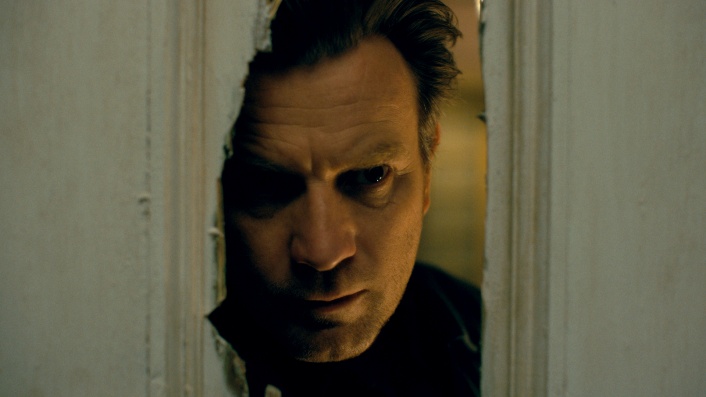
Doctor Sleep (2019)
Years after the horrifying events at the Overlook Hotel, psychic Dan Torrance (Ewan McGregor), now a recovering alcoholic, battles a coven of rapacious immortals led by Rose the Hat (Rebecca Ferguson) for the soul of psychically gifted child (Kyliegh Curran). Rising horror star Mike Flanagan manages the unenviable task of constructing both an adaptation of Stephen King’s novel and a sequel to Stanley Kubrick’s superb 1980 film of The Shining with aplomb. Although he can’t dodge every pitfall, the result is worth your time.
Don’t Breathe (2016)
A trio of wasted youth, including Jane Levy, set out to burgle the home of a blind man (Stephen Lang), only to find that the old guy is way more dangerous than they could ever anticipate. Director Fede Alavarez (the Evil Dead remake) milks the lurid home invasion premise for maximum tension, delivering a brisk, bloody and occasionally disturbing urban thriller.
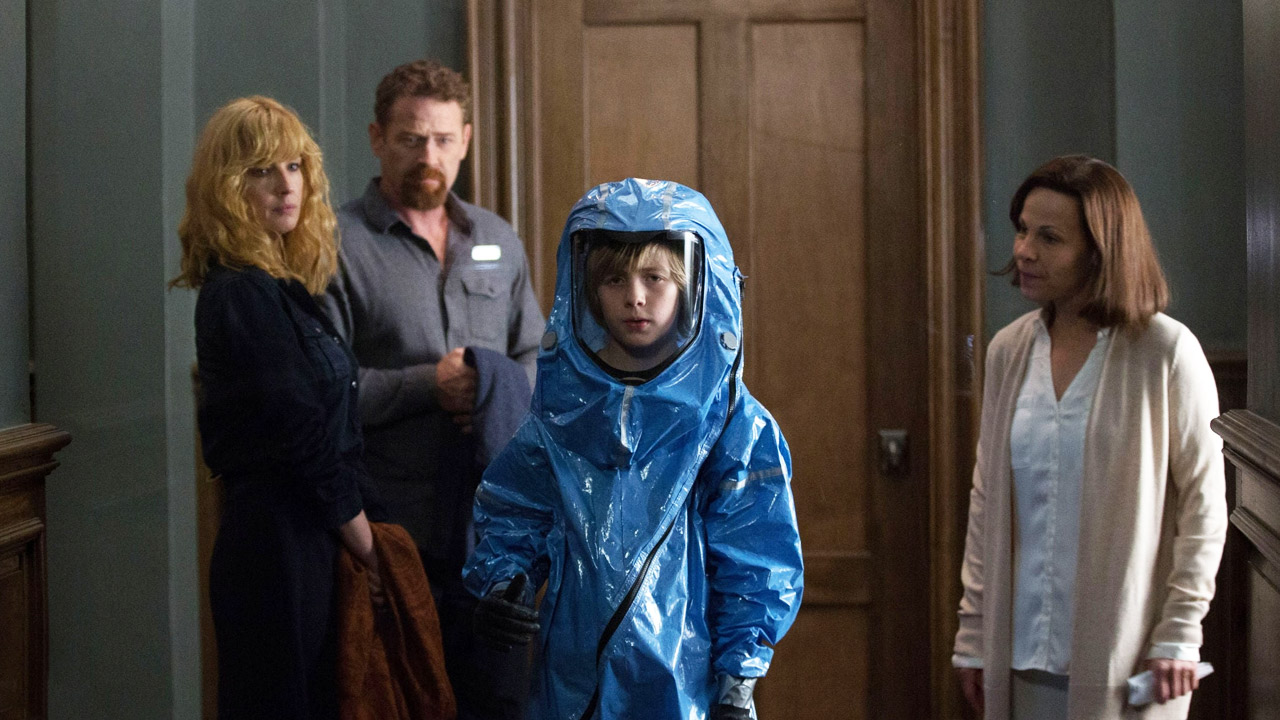
Eli (2019)
A young immunocompromised boy (Charlie Shotwell) begins experiencing supernatural phenomena at the remote medical facility where he’s being treated by a secretive doctor (Lili Taylor). But what starts out as a typical “bad place” haunted house flick takes some unexpected twists and turns on its way to a surprising climax. The less you know going in, the more fun you’ll have.
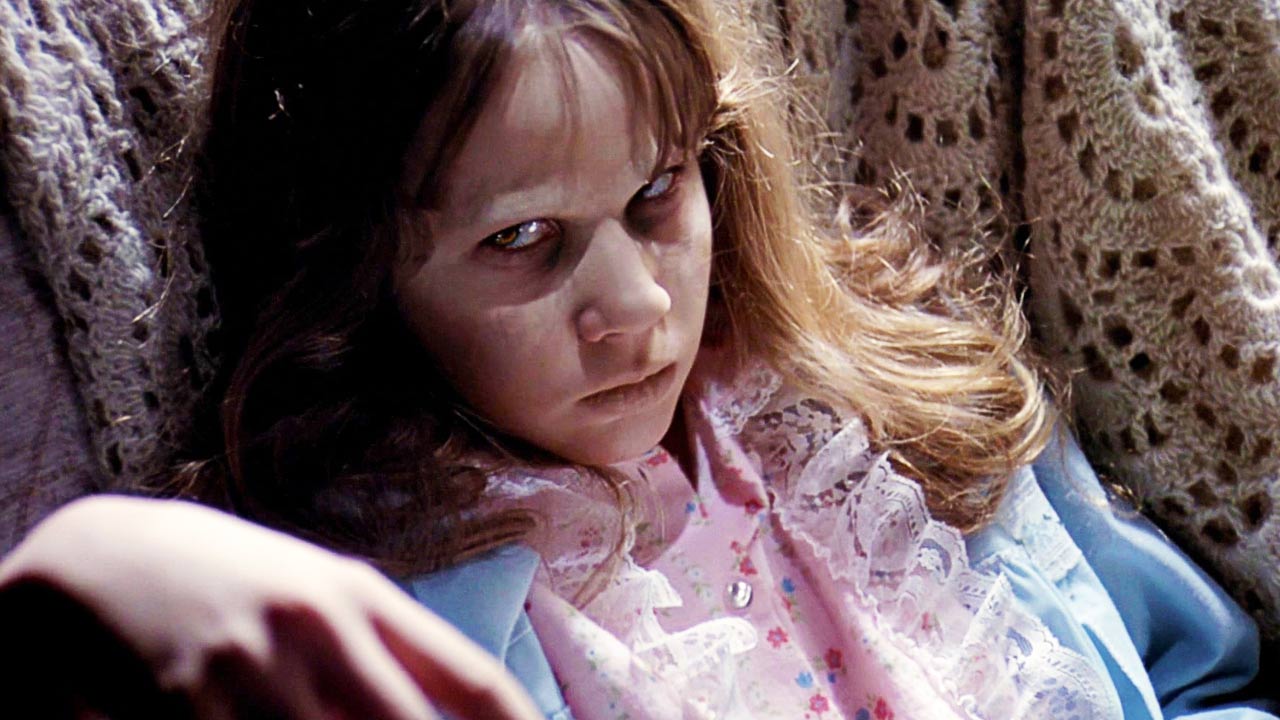
The Exorcist (1973)
William Friedkin’s superb adaptation of William Peter Blatty’s novel sees Ellen Burstyn’s modern mother slowly realise her daughter (Linda Blair) is possessed by the devil, setting the stage for a battle between priests Max von Sydow and Jason Miller—and Satan himself. A meditation on the nature of faith and the possibility of true evil, this is simply one of the best horror movies ever made.
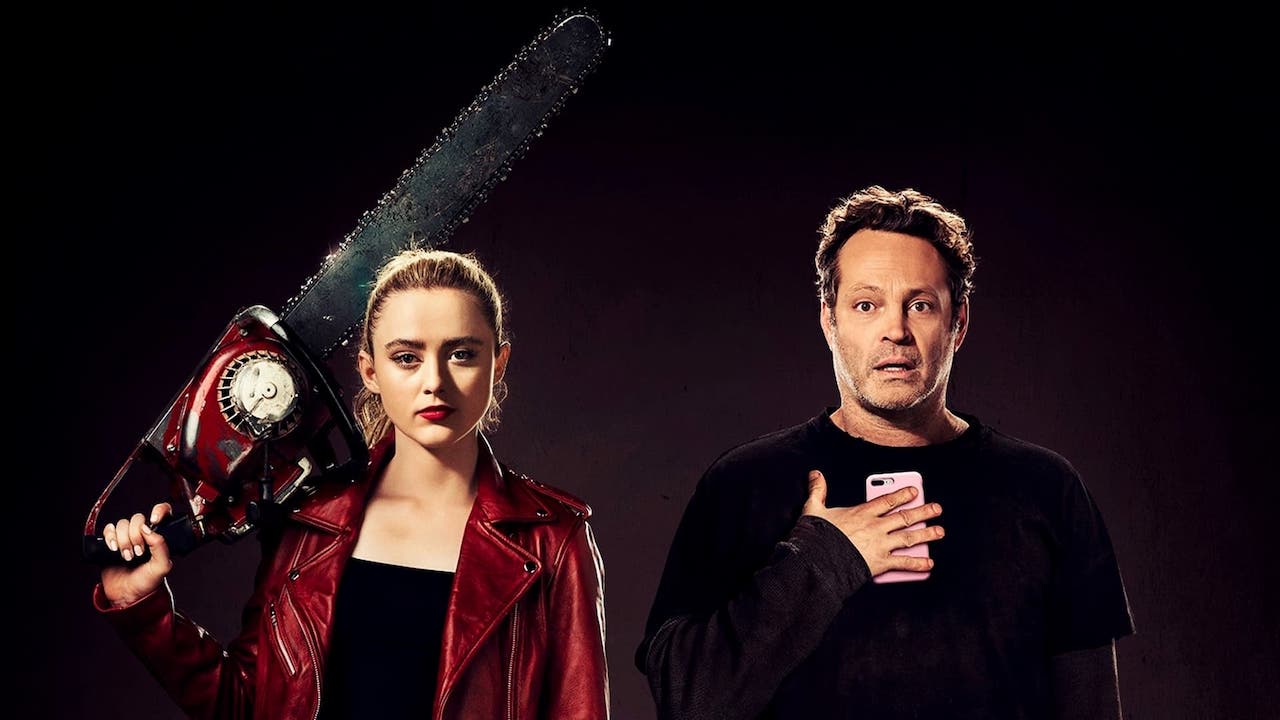
Freaky (2020)
After giving Groundhog Day the horror treatment in Happy Death Day, director Michael Landon and screenwriter Michael Kennedy do the same for Freaky Friday, positing a scenario wherein Kathryn Newton’s high school good girl swaps bodies with Vince Vaughn’s serial killer. Hijinks ensue as she—played by Vaughn—must convince her friends of her true identity, while he—played by Newton—carves a bloody path through the various vicious school cliques that turn up in this sort of thing. A perfectly pitched horror comedy, both bloody and bloody funny.
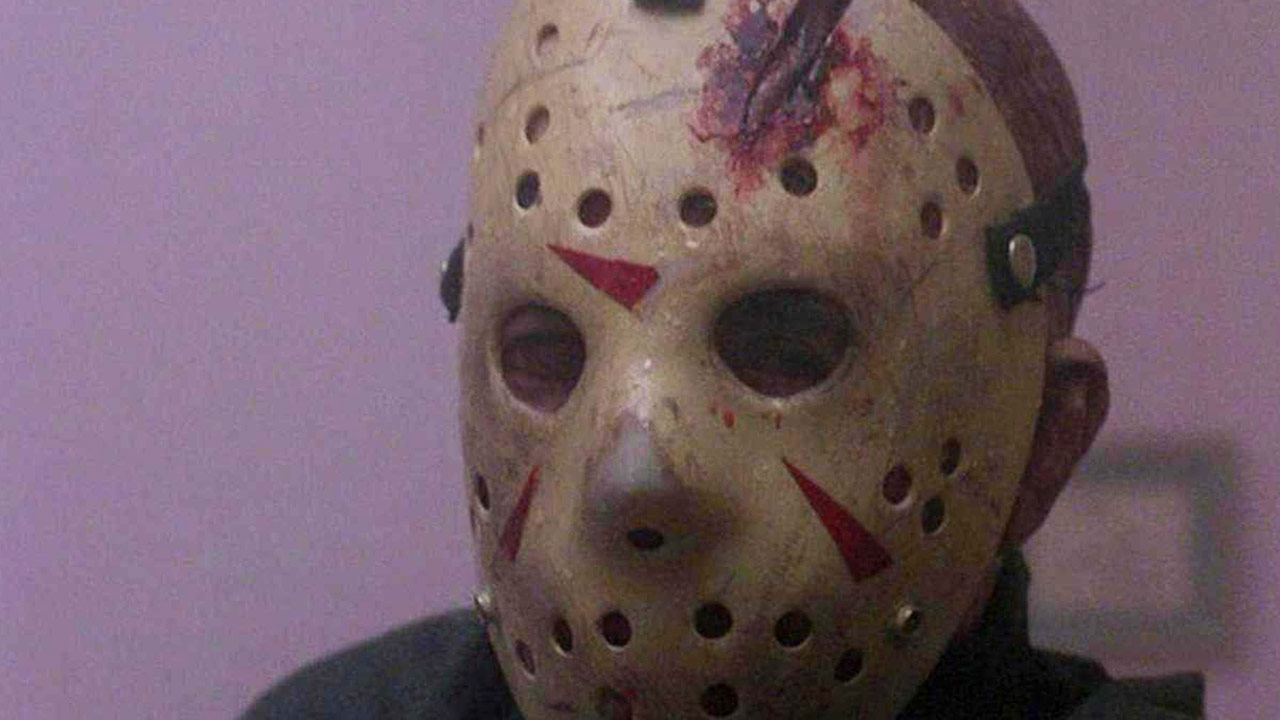
Friday the 13th: The Final Chapter (1984)
While we’d normally tap the first instalment, this is one franchise where you’re okay starting in the middle; the iconic hockey mask doesn’t even show up until Part III. The deceptively titled The Final Chapter is Part IV, introducing the notion of Jason Voorhees as an undead monster and pitting him against a young Corey Feldman along with the usual range of soon-to-be-corpses. The body count is impressive and the climax actually quite disturbing, even for this stripe of fright film. And the special effects work by the legendary Tom Savini is next level.
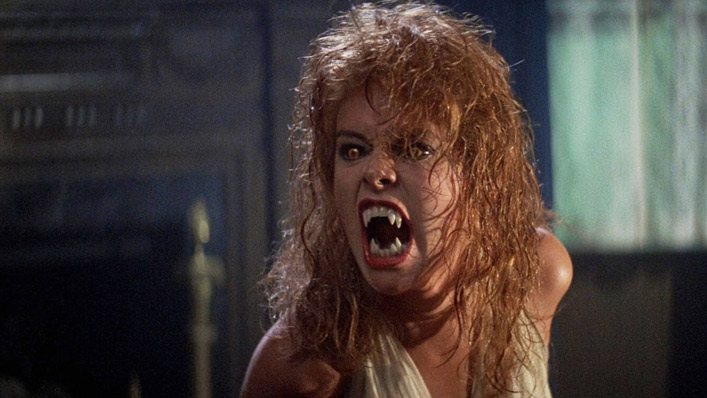
Fright Night (1985)
Horror movie-obsessed teen William Ragsdale becomes convinced his new neighbour (Chris Sarandon) is a vampire. Unluckily for him, he’s right, but hopefully washed-up horror host Roddy McDowell can find his mojo before our hero becomes a liquid lunch. Tom Holland’s horror-comedy classic is an astute, fun riff on Hitchcock’s Rear Window, balancing jokes and frights perfectly.
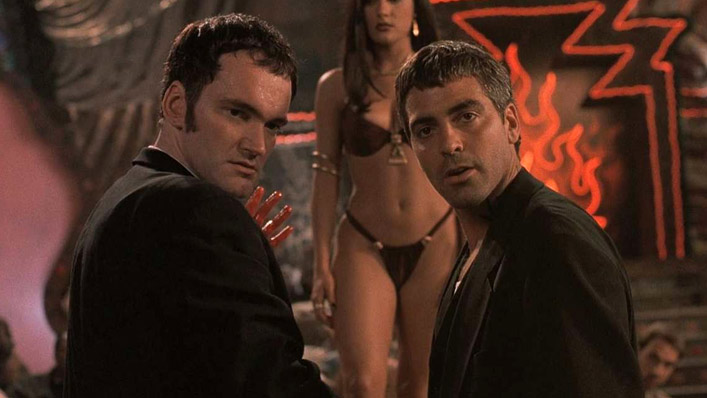
From Dusk Til Dawn (1996)
Bank-robbing brothers George Clooney and Quentin Tarantino and their hostages, including Harvey Keitel and Juliette Lewis, find themselves trapped in a Mexican bar full of vampires and have to survive *points to title*. A love letter to B-grade monster movies, this combo of writer QT’s dapper tough guy dialogue, director Robert Rodriguez’s visual flair, and the KNB Effects Group’s audacious artistry never fails to please. Also ground zero for the onscreen representation of Tarantino’s foot fetish; you’ll know it when you see it.
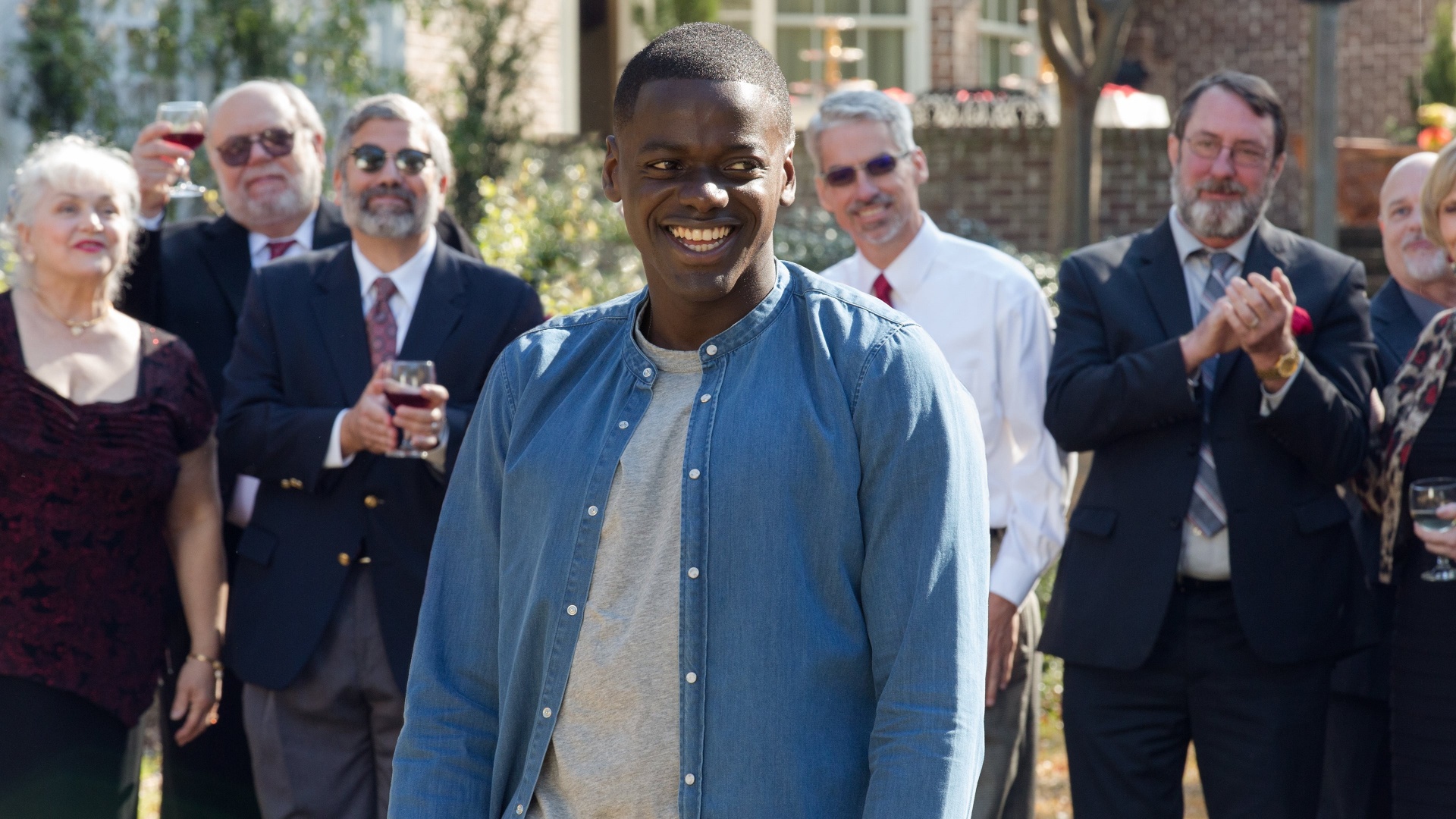
Get Out (2017)
Jordan Peele’s directorial debut sees a young black man (Daniel Kaluuya) head off for the weekend at his white girlfriend’s family home in upstate New York, only to find her ultra-liberal parents (a show-stealing Bradely Whitford and Catherine Keener) have designs on his body. And not in a sexy way. Steeped in metaphor but never forgetting to be genuinely unsettling, Peele’s film reconfigures the anxiety of being a person of colour in white spaces into one of the best horror movies of the 21st century.
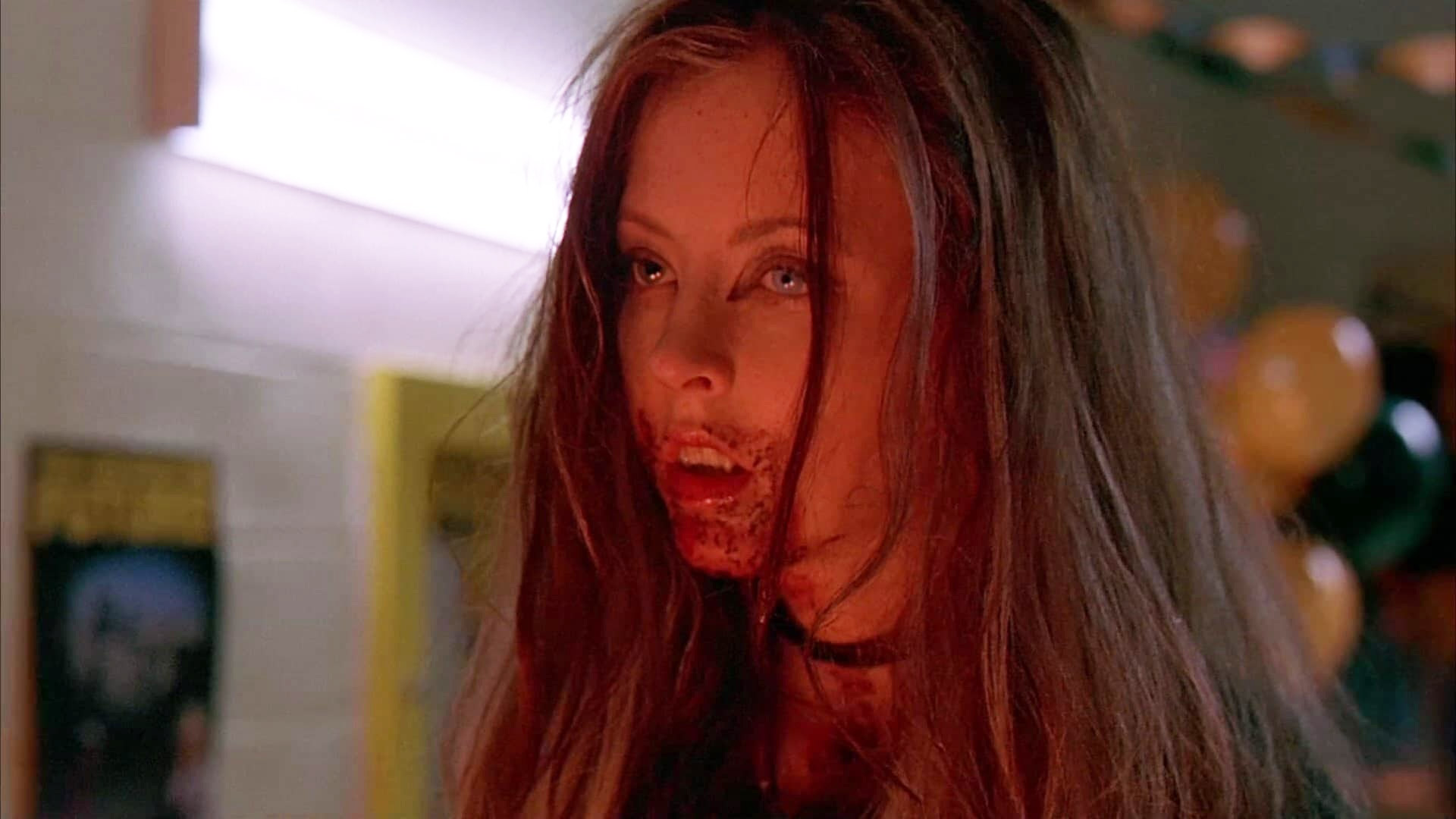
Ginger Snaps (2000)
Werewolf-as-puberty-metaphor is very much A Thing, but this Canadian cult classic is one of the best in that particular corner of the genre. High school gothettes Bridgette (Emily Perkins) and Ginger (Katherine Isabelle) are already social pariahs when the latter is bitten by a werewolf, an incident that overcharges her sex drive before cranking up her bloodlust as well. The bodies start to pile up while Brigitte searches for a cure, leading to the inevitable hairy full moon climax.
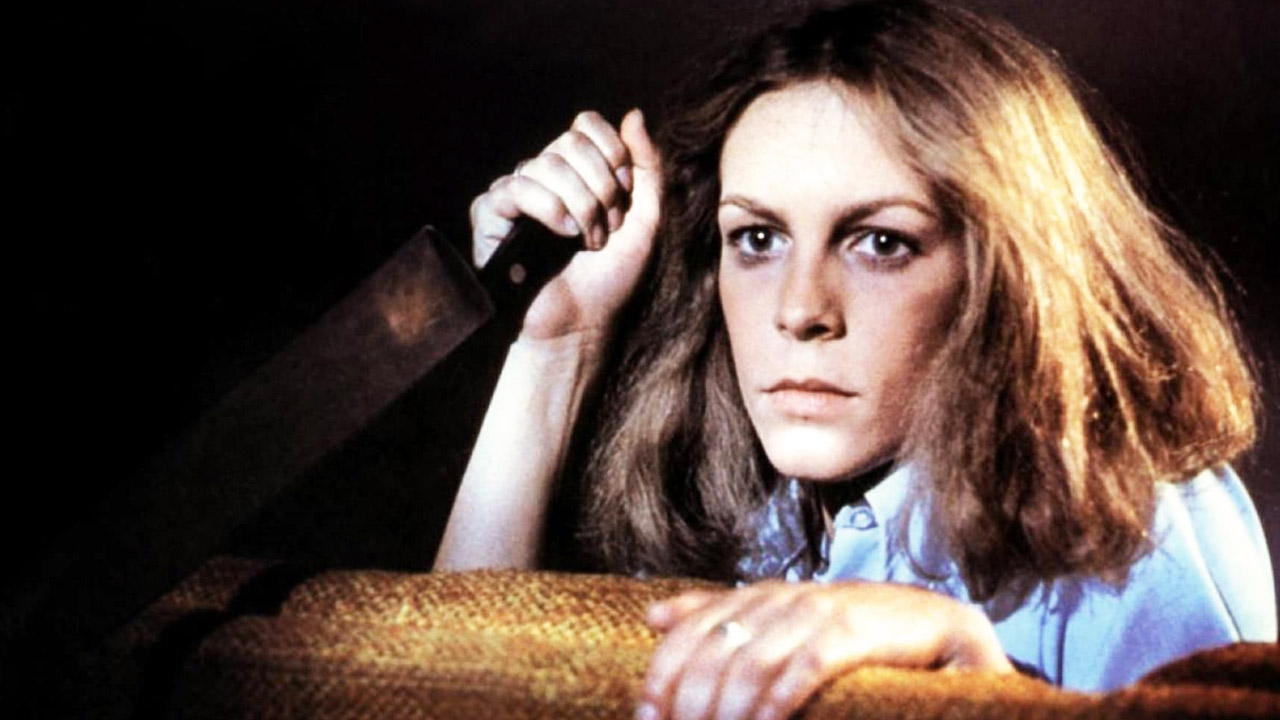
Halloween (1978)
Master of Horror John Carpenter’s genre-codifying slasher, that sees Jamie Lee Curtis’ virginal babysitter stalked by the implacable mass murderer Michael Myers (Nick Castle) on October 31. New viewers may find Halloween overly familiar, but that’s simply because it inspired every slasher that followed it. Fun fact: Carpenter’s none-more-iconic minimalist electronic score only exists because the production couldn’t afford a dedicated composer, so Carpenter did it himself.

Häxan (1922)
This 1922 silent Danish examination of medieval witch hunts was an absolute scandal on initial release, and still retains the power to disturb today. Partly based on the witchfinder’s manual The Malleus Malleficarum, it’s a lurid tale of torture, madness, pagan rites, idolatry, murder and more, all done in a pseudo-documentary style. If you think you’ve seen it all, this may prove you wrong.
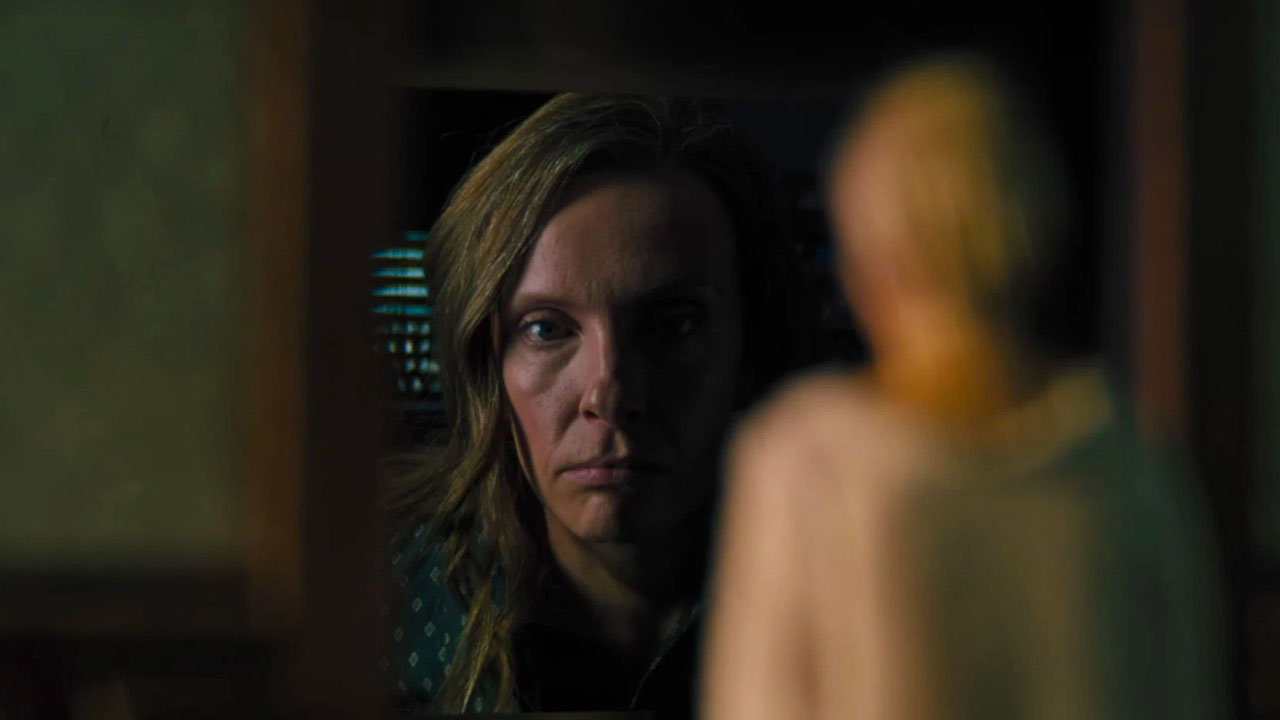
Hereditary (2018)
After her eccentric mother dies, Toni Collette’s nervy artist thinks her life will be a little less stressful, but the old woman’s strange hold on the family extends from beyond the grave. Director Ari Aster’s feature debut feels like a response to the Satanic subgenre of the ‘60s and ‘70s, particularly Rosemary’s Baby and The Exorcist, but tightly controlled direction and deft misdirection make it defiantly its own thing.
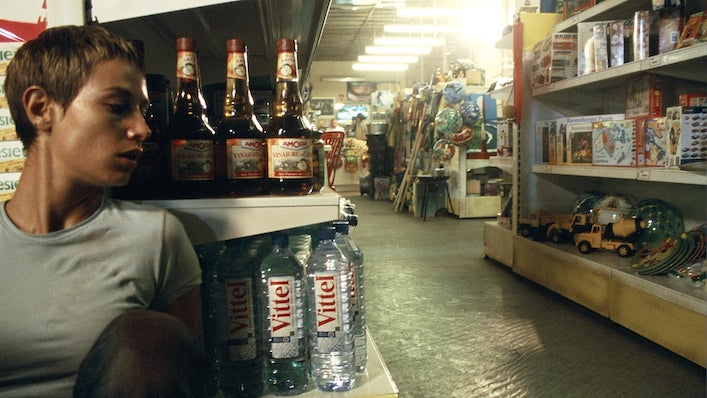
High Tension (2003)
One of the flagship films of the New French Extremism movement, Alexandre Aja’s stunningly gory slasher sees two women (Cécile de France and Maïwenn) stalked by a particularly brutal serial murderer—but who’s the real killer here? Controversial as all hell on release, this is still shocking today, serving up some truly inventive and stomach-turning kills. Better use of a concrete saw than Army of the Dead, too.
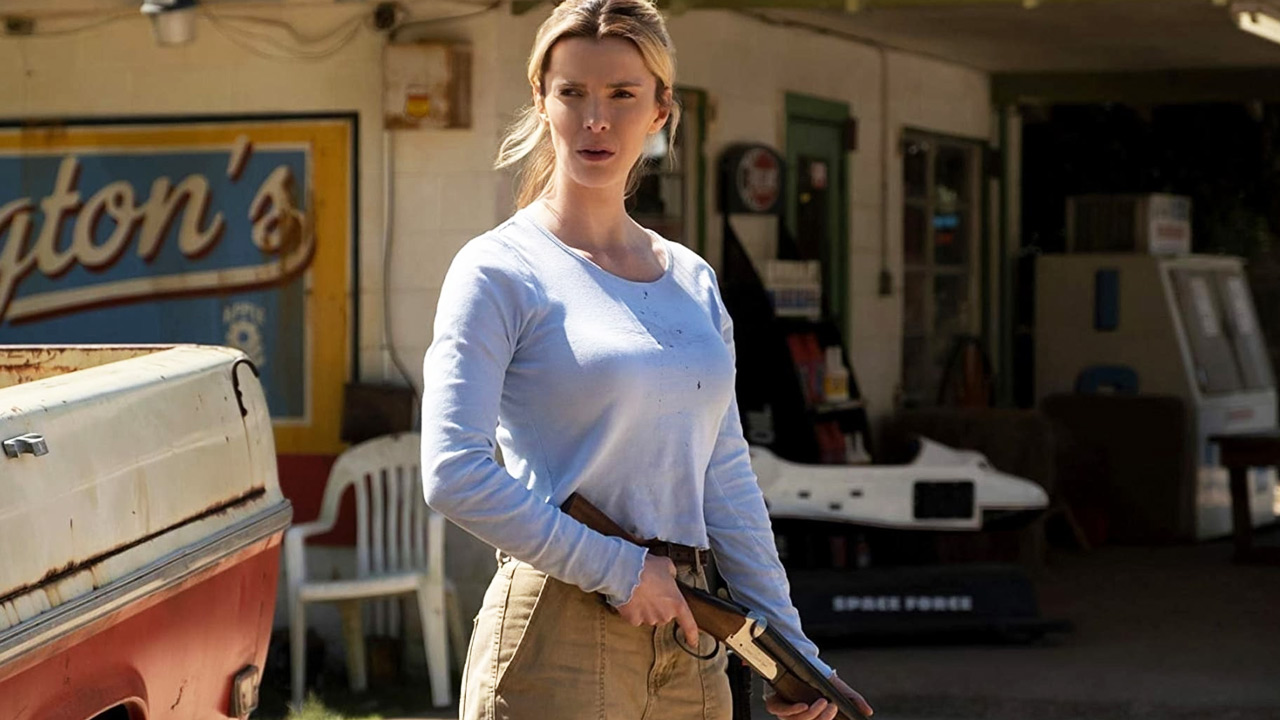
The Hunt (2020)
A mixed bag of conservative “deplorables” (Ike Barinholtz, Ethan Suplee, Emma Roberts, et al) are kidnapped and let loose on a private game preserve, where they’re hunted by a group of rich, liberal elites led by Hilary Swank. But Betty Gilpin’s army veteran is not such easy prey. The Hunt stirred up a lot of controversy in the lead up to its release thanks to its “liberals vs deplorables” plot, but its willingness to thumb its nose at contemporary political mores is all part of the fun.
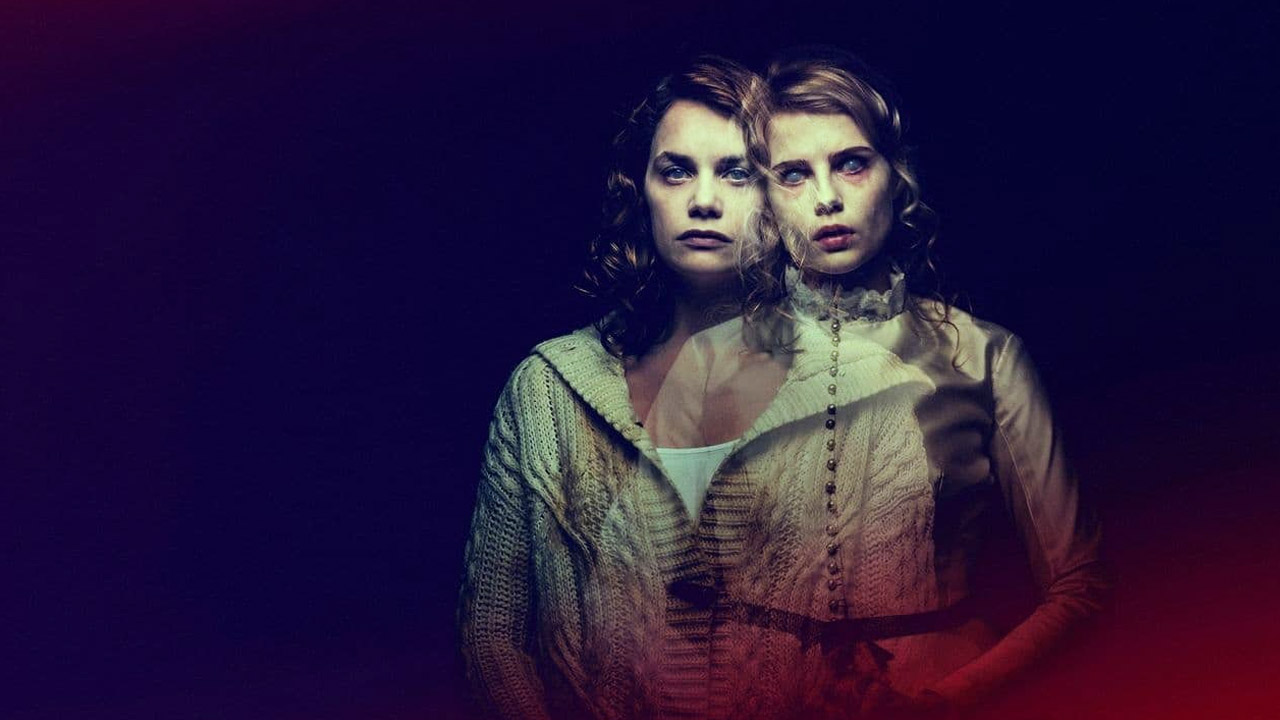
I Am the Pretty Thing That Lives in the House (2016)
A nurse (Ruth Wilson) caring for a senile writer (Paula Prentiss) begins to suspect that the writer’s house is haunted and uncovers a murder that took place in the early 19th century. Director Oz ‘son of Anthony’ Perkins has quickly proved himself a master of the modern gothic tale, and this stands alongside his other films such as The Blackcoat’s Daughter and Gretel & Hansel as a sterling example of the subgenre.
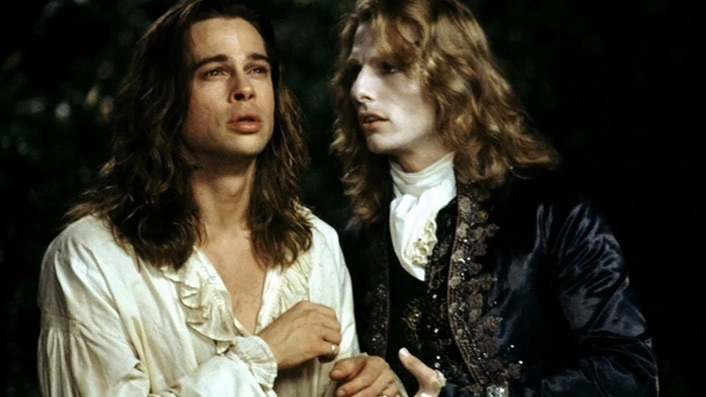
Interview with the Vampire (1994)
Brad Pitt’s world-weary bloodsucker narrates his life—or unlife—story to Christian Slater’s curious writer, telling the tale of seduction by—and eventual rebellion against—Tom Cruise’s amoral vampire prince, Lestat. Neil Jordan’s adaptation of Anne Rice’s hugely influential novel is a lush gothic fever dream and one of the finest vampire films ever made.
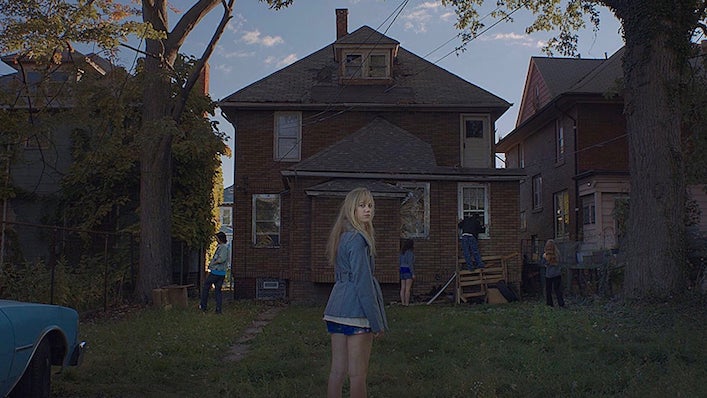
It Follows (2014)
“Ghost as sexually transmitted disease” is the high concept here, as a group of young and pretty Los Angelenos (Maika Monroe, Keir Gilchrist, Daniel Zovatto, Olivia Luccardi) one by one find themselves stalked by a malevolent entity that will surely kill them – unless they have sex with someone, in which case it’ll start stalking that poor person. Creepy little gem that plugs right into the sexual and relationship anxieties of the age, and in fact plays even better in the time of COVID.
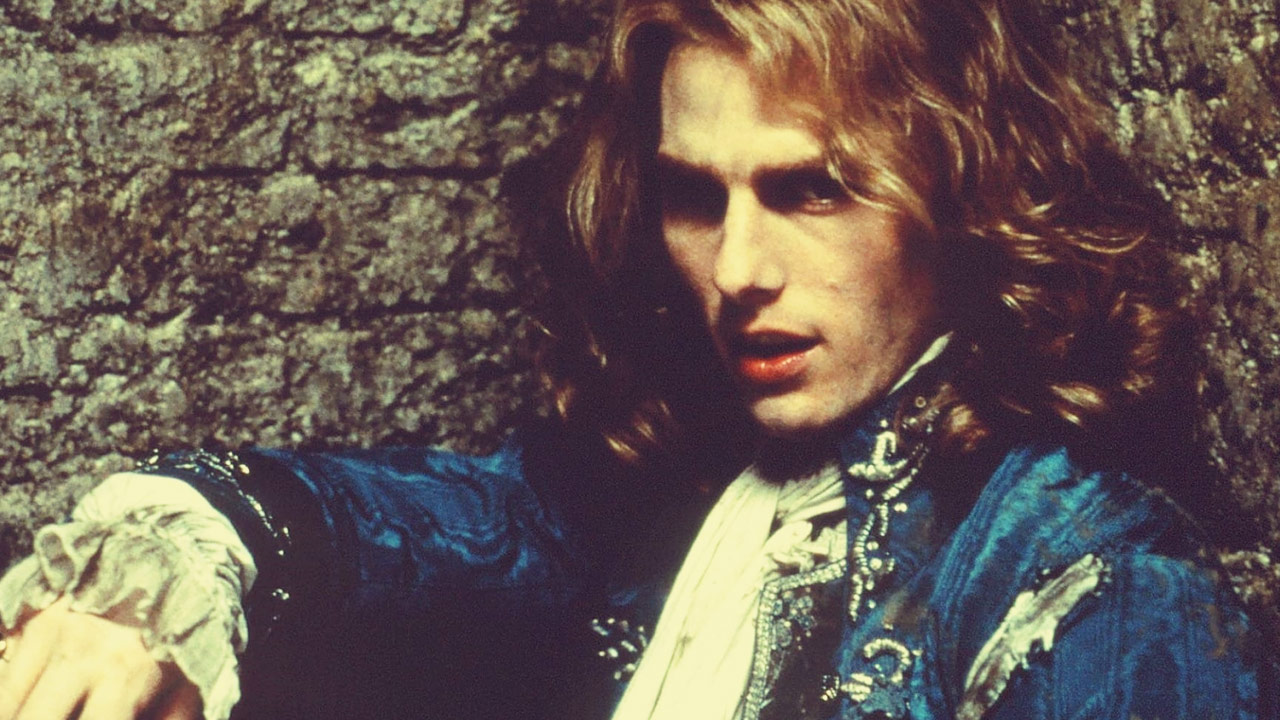
Interview with the Vampire (1994)
Brad Pitt’s world-weary bloodsucker narrates his life—or unlife—story to Christian Slater’s curious writer, telling the tale of seduction by—and eventual rebellion against—Tom Cruise’s amoral vampire prince, Lestat. Neil Jordan’s adaptation of Anne Rice’s hugely influential novel is a lush gothic fever dream and one of the finest vampire films ever made.
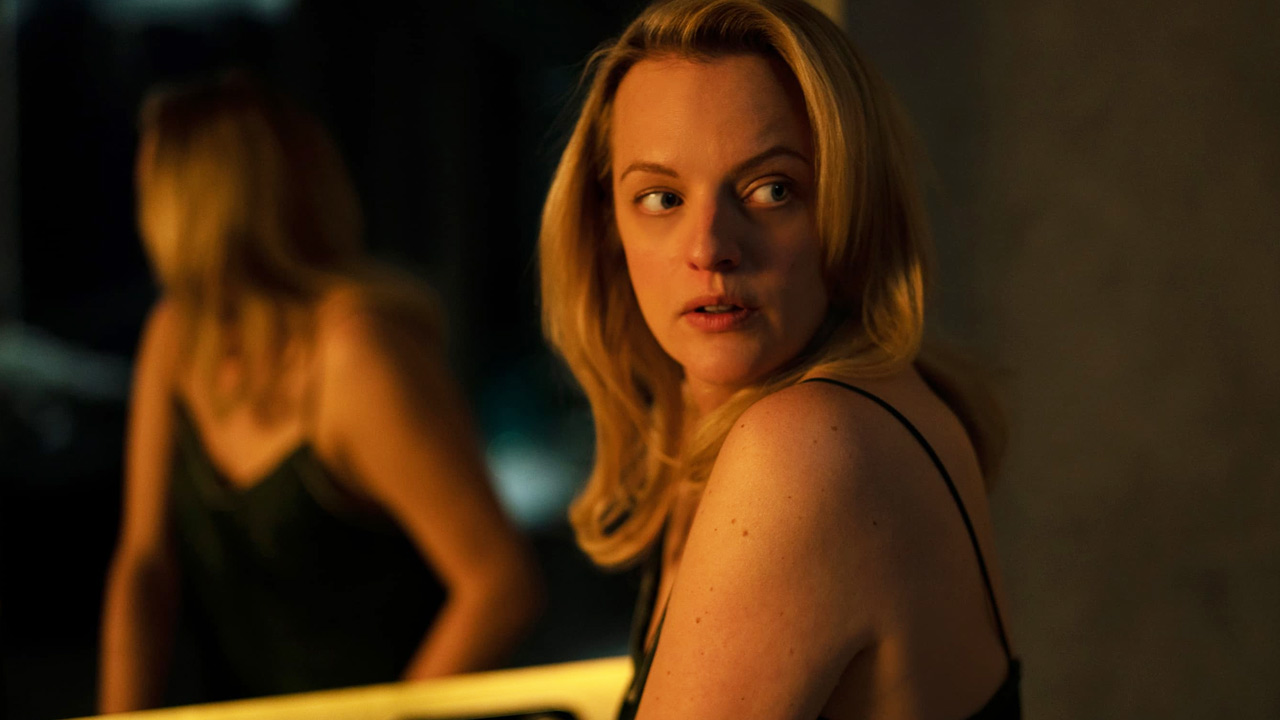
The Invisible Man (2020)
Leigh Whannell’s update of the old H.G. Welles/Universal horror standard sees Elisabeth Moss on the run from her abusive former partner—who is, of course, capable of becoming invisible. Smart, deft and harrowing, this Blumhouse effort conflates the source material’s inherent paranoia with the often invisible spectre of domestic abuse to excellent, if often uncomfortable, effect.
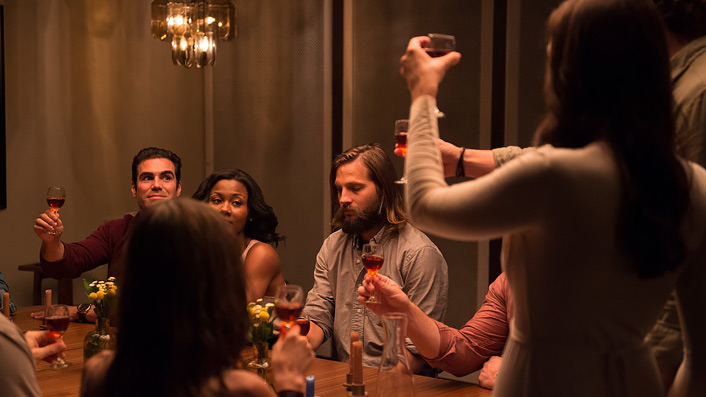
The Invitation (2015)
Will (Logan Marshall-Green) attends a dinner party at a remote cabin owned by his ex (Tammy Blanchard) and her new partner (Michiel Huisman). Under the austere direction of Karyn Kusama, what begins as social awkwardness descends into paranoia and ultimately violent terror as it becomes apparent that some of the guests are members of an apocalyptic cult. Deeply unsettling, The Invitation taps into primal anxieties about grief, loss and the need to belong to construct a singular experience in social terror.

It Chapter 2 (2019)
Decades after they first defeated child-eating supernatural clown Pennywise (Bill Skarsgård), the now-adult Losers Club (Jessica Chastain, James McAvoy, Bill Hader, Isaiah Mustafa, Jay Ryan, James Ransone and Andy Bean) return to the town of Derry, Maine, for a final confrontation with the creature. For the follow-up to the smash hit 2017 Stephen King adaptation, filmmaker Andy Muschietti jettisons nuance for a balls-out horror rollercoaster that delivers an almost punishing cavalcade of shocks, sights and frights.
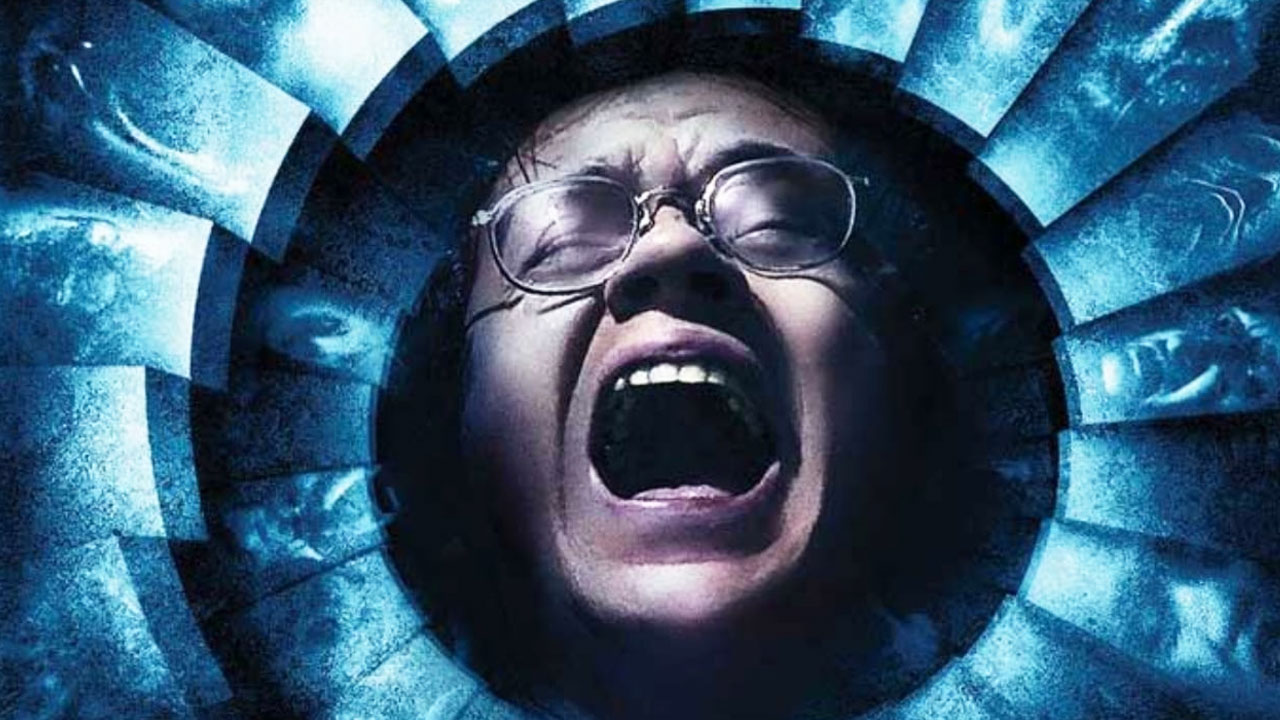
Jacob’s Ladder (1990)
Tim Robbins is a Vietnam veteran having trouble adjusting to the civilian world and plagued by increasingly surreal and disturbing hallucinations. Is he suffering from PTSD due to his wartime experiences, or is something more terrifying and mystical in store for him? Director Adrian Lyne offers up a genuinely off-kilter vision or urban horror that functions as a religious allegory and and examination of veteran’s trauma.

Jaws (1975)
When a giant shark starts munching on swimmers at a resort town, local cop Roy Scheider, oceanographer Richard Dreyfuss, and Ahab-like fisherman Robert Shaw must team up to hunt the beast down. Although it’s regarded as one of the greatest films of all time, some people think Steven Spielberg’s breakthrough blockbuster isn’t a horror movie. Those people are wrong.
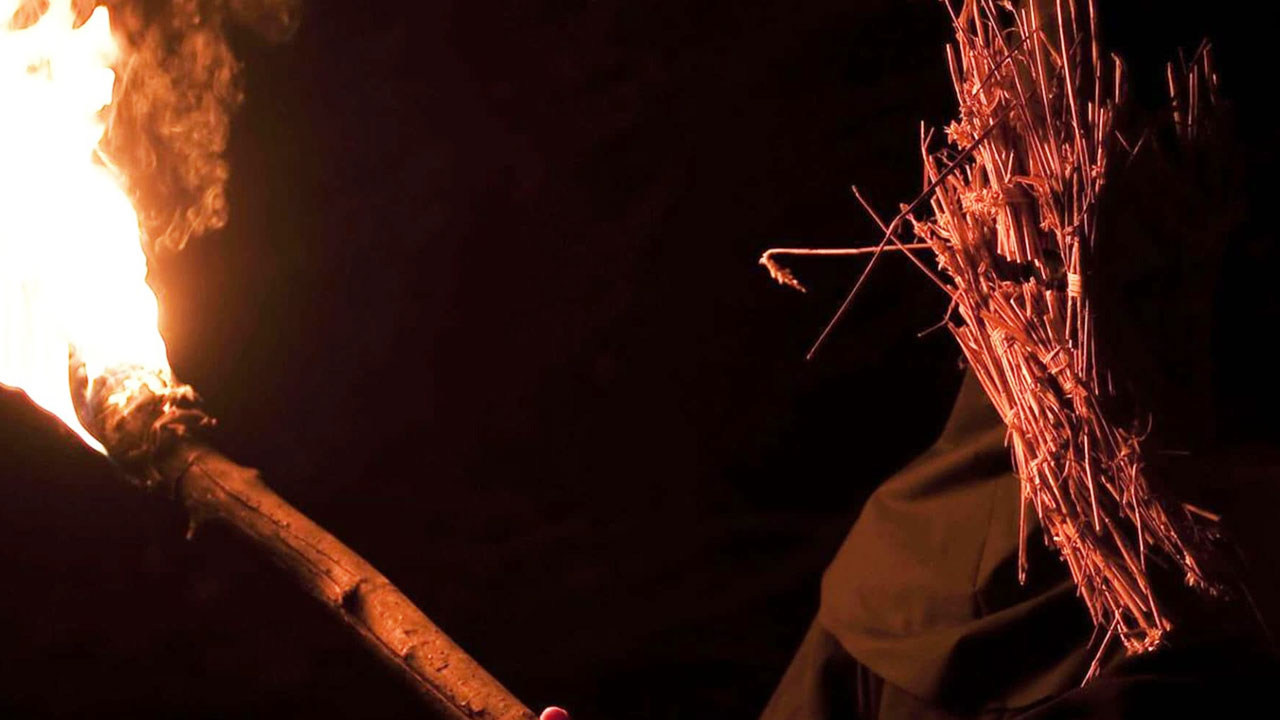
Kill List (2011)
Two hitmen (Neil Maskell and Michael Smiley) work their way up the eponymous laundry list of victims, only for things to get more and more surreal as the bodies pile up and it becomes apparent they’re being manipulated by a sinister cult. This downbeat, deliberately obtuse offering from British director Ben Wheatley (High Rise, A Field in England) puts two stock crime caper characters through the psychological ringer—and us along with them.
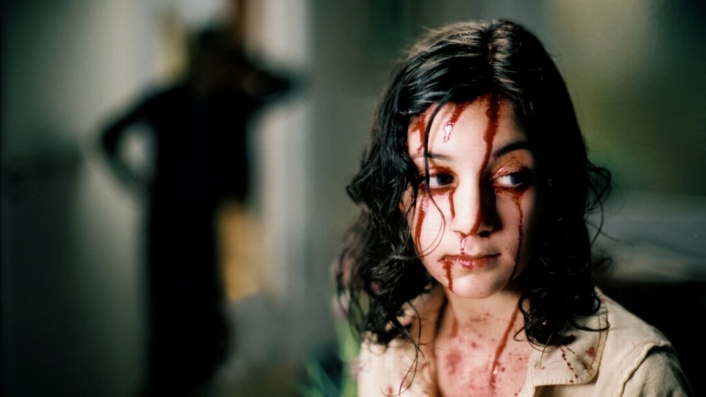
Let The Right One In (2009)
A lonely young Swedish boy makes friends with the new girl in his apartment complex. Thing is, she’s a vampire, and looking for a new assistant now that her previous henchman has aged out of the role. Is it love or something more predatory? That’s only one of the provocative questions raised in this chilly, oblique tale of blood and snow.

The Lighthouse (2019)
Essentially, Robert Pattinson and Willem Dafoe are lighthouse keepers driven to madness by their enforced isolation. Well, maybe: David Eggers’ second film is even more opaque than his first offering, The Witch. Shot in grainy black and white in a claustrophobic square frame, The Lighthouse delights in the symbolic and surreal, leaving us all at sea when it comes to parsing what is actually happening and what is an allegory for the characters’ disintegrating mental state.
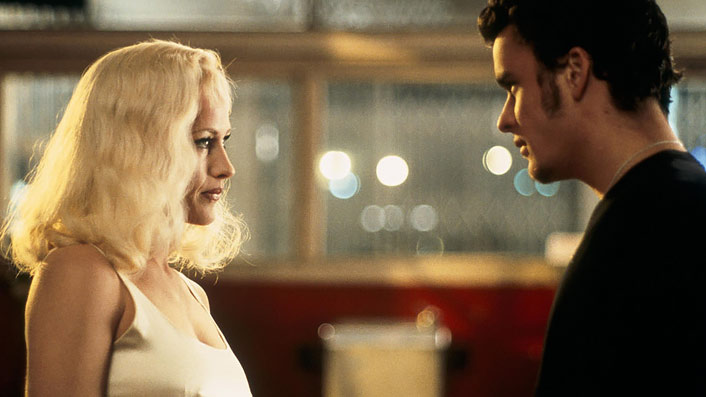
Lost Highway (1997)
Jazz musician Bill Pullman murders his wife and somehow transforms into young mechanic Balthazar Getty for…reasons. This being a David Lynch film, those reasons are never explicated, but Lost Highway is a triumph of tone over logic, as the notoriously opaque director deploys a series of striking tableaux designed to just straight-up make your skin crawl. Worth it for Robert Blake’s Mystery Man alone, and a soundtrack curated by shock rocker Marilyn Manson.
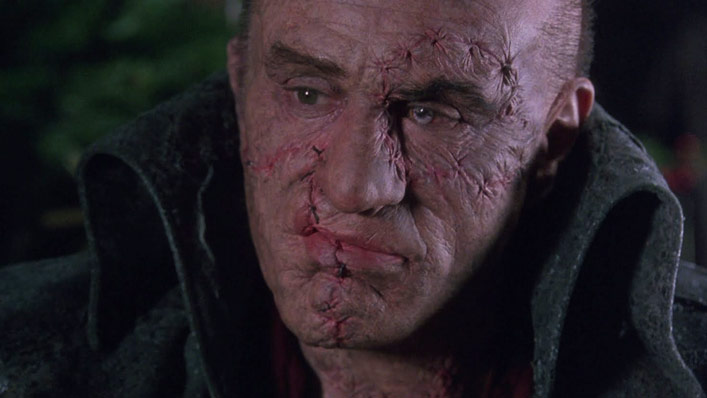
Mary Shelley’s Frankenstein (1994)
Following on the heels of Francis Ford Coppola’s stab at Dracula, Kenneth Branagh mounts this sumptuous and barking mad take on genre classic, with himself as the Doctor and Robert DeNiro as the monster, with support from Helena Bonham Carter, Tom Hulce, John Cleese and Ian Holm. Deliriously over the top, Branagh’s version of the classic is basically a goth-lit rock opera, all careening cameras, flashing lightning and grand guignol gore effects. All it’s missing is a few Jim Steinman tunes. Fun, but certainly not subtle.
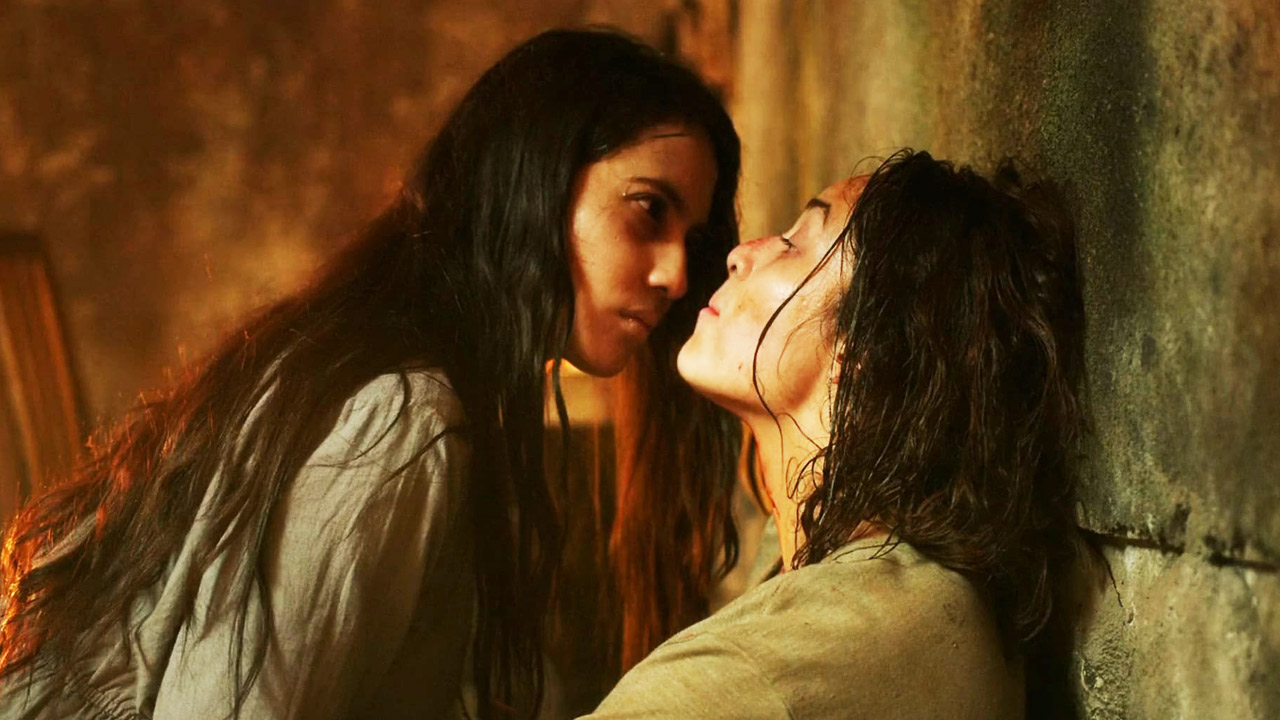
May the Devil Take You (2018)
When he’s not making confronting actioners like Headshot and The Night Comes For Us, Indonesian auteur Timo Tjahjanto is doling out effectively OTT horror projects like this one, which sees a young woman Ray Sahetapy) battling demonic forces after learning her estranged father sold her soul to the devil. If you can imagine Evil Dead 2 but Indo, you’re on the right track.
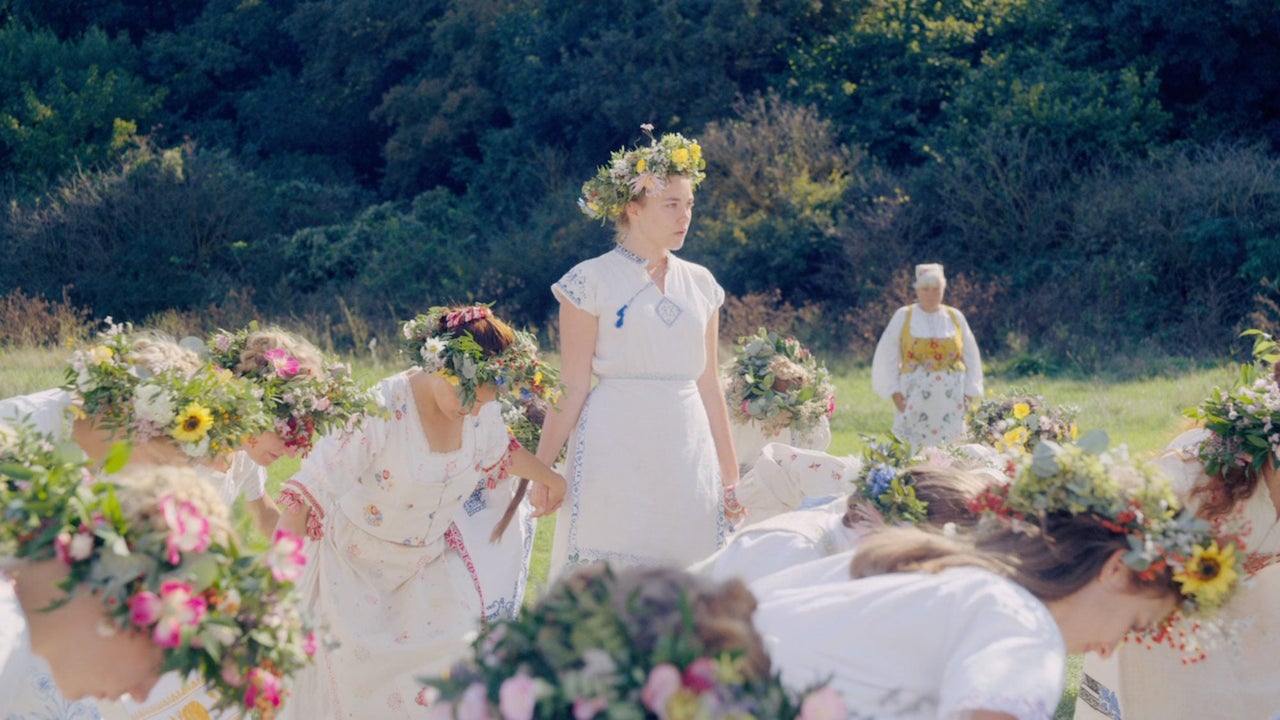
Midsommar (2019)
Grieving after the death of her family, Florence Pugh follows her boyfriend and his mates on a getaway to idyllic rural Sweden, where they find themselves at the mercy of a pagan cult. The thing is, submitting to the cult’s strange ways may be a better option than the emotional trauma of life in the modern world. A kind of modern take on The Wicker Man, the second film by Ari Aster sees him flexing the already impressive chops displayed in Hereditary, giving us a visually striking and shockingly violent slice of folk horror.
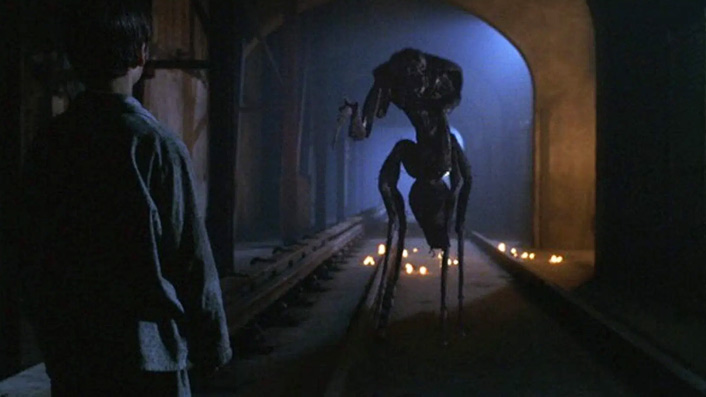
Mimic (1997)
Scientist Mira Sorvino discovers her miracle solution to a plague striking down New York City’s children has inadvertently given rise to an army of giant mutant man-eating cockroaches in the sewers, which ain’t great. A plucky band of B-listers, including Josh Brolin, Jeremy Northam and Charles S. Dutton take on the bugs in this flawed but enjoyable offering from future Oscar darling Guillermo del Toro. It was marred by studio interference, but any film with the stones to feed a couple of cute kids to a ravenous insect is doing something right.
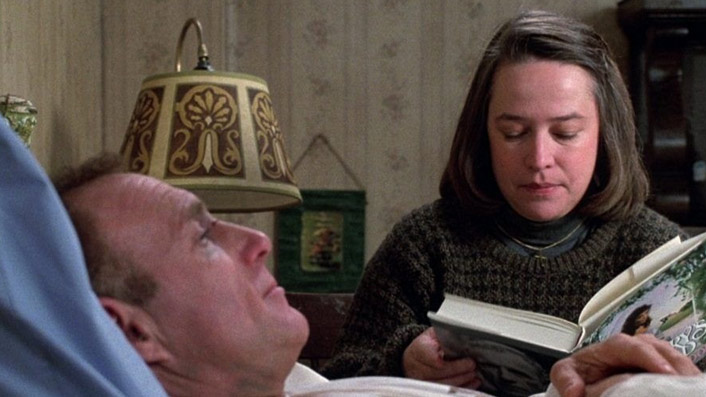
Misery (1990)
Hack author Paul Sheldon (James Caan) wakes up after a car crash to find himself the unwilling beneficiary of his self-proclaimed Number One Fan, Annie Wilkes (Kathy Bates). Awkward enough, but when she learns that he’s killed off her favourite character in his latest novel, things take a turn for the nasty. Stand by Me director Rob Reiner returns to Stephen King territory with this taut psychological thriller, featuring the most painful-looking broken legs in film history.
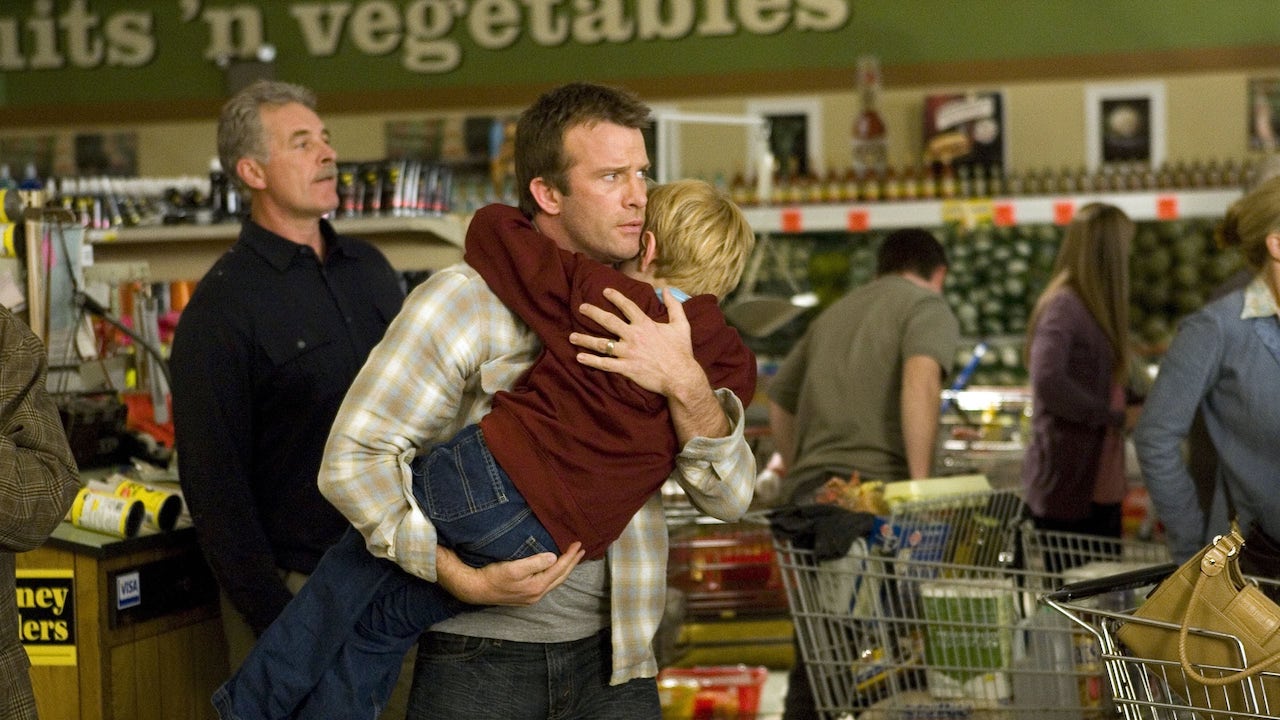
The Mist (2007)
Frank Darabont’s adaptation of Stephen King’s grim novella is even grimmer than its inspiration, putting artist Thomas Jane and a mixed bag of regular, small town King characters (Andre Braugher, Toby Jones, Laurie Holden, Melissa McBride, et al) in the local supermarket as a mysterious mist filled with horrifying monsters closes in around them. But it all goes a bit Lord of the Flies when Marcia Gay Harden’s religious nutter decides the beasts can be appeased with an old school blood sacrifice. Contains one of the most shocking endings in 21st century horror—consider yourself warned.
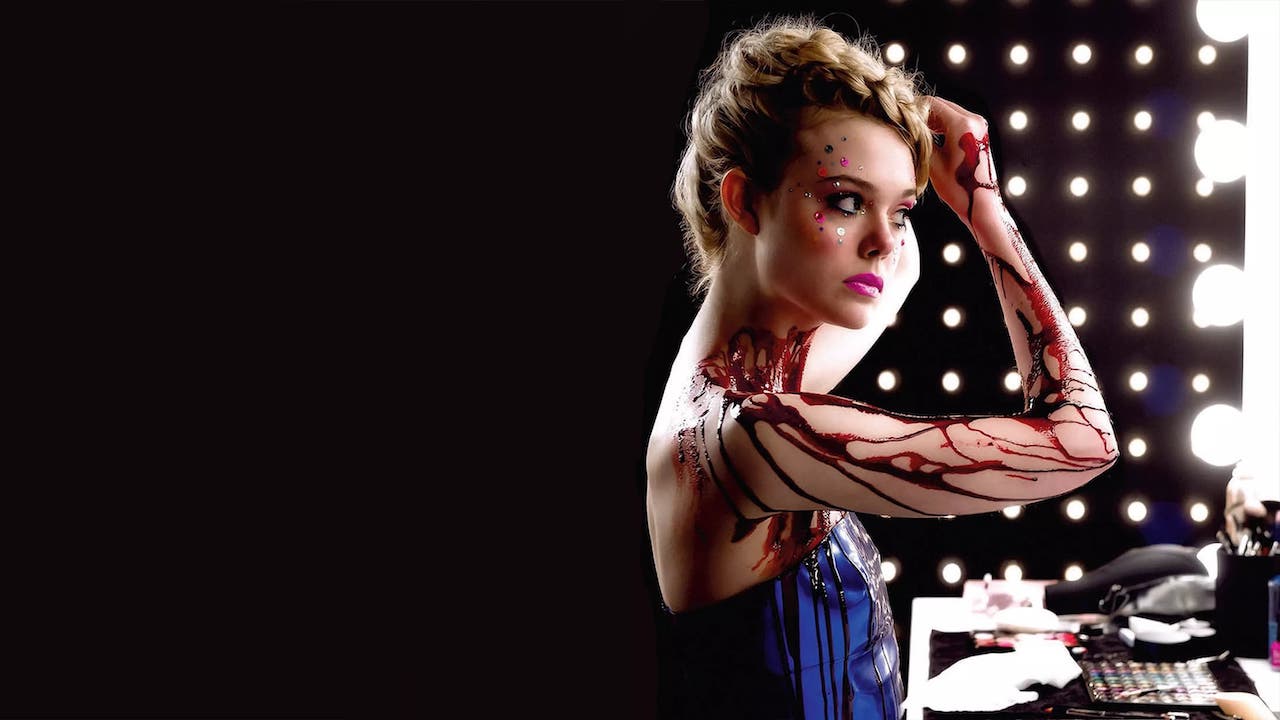
The Neon Demon (2016)
Aspiring model Jesse (Elle Fanning) decamps to Los Angeles to pursue her dreams, only to descend down a lurid rabbit hole of jealousy, depravity, occult conspiracy and murder. Provocateur Nicolas Winding Refn often gives the impression that he doesn’t really care if anyone likes his films, and The Neon Demon is no exception. It is an oblique, beautiful, icy and transgressive bit of body horror among the Beautiful People.
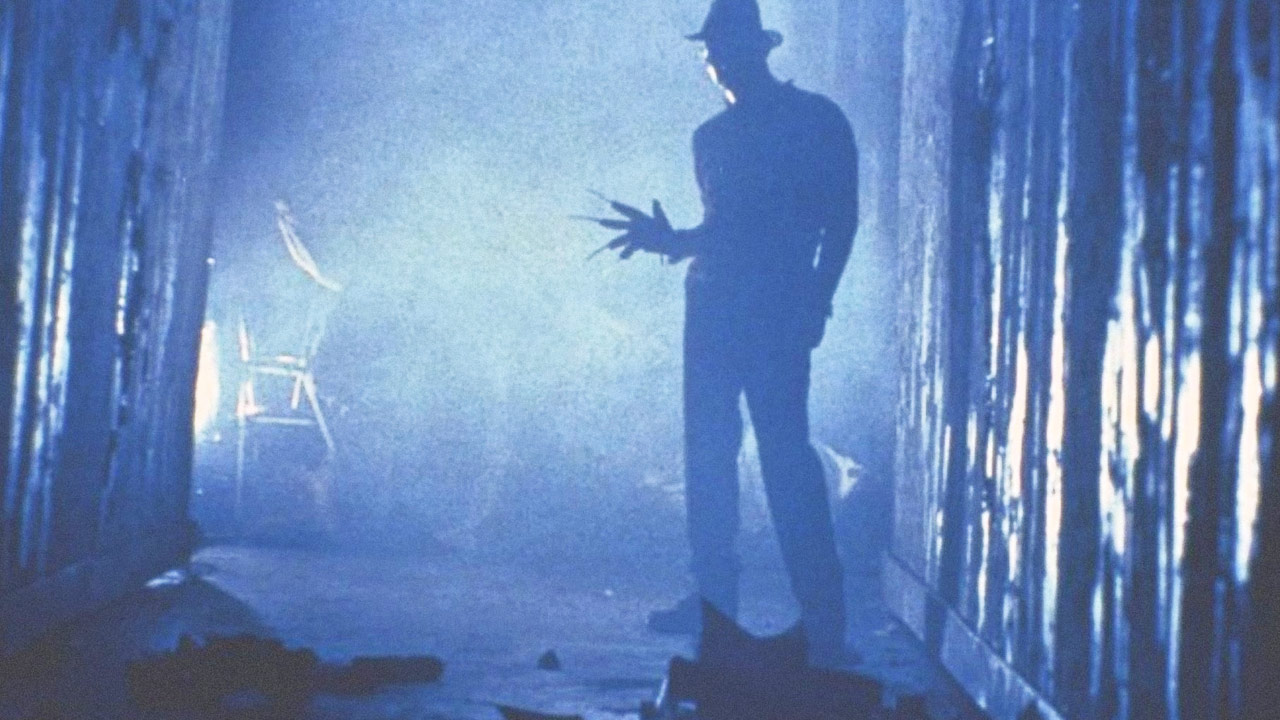
A Nightmare on Elm Street (1984)
The teens of Elm Street are being stalked in their dreams by disfigured child murderer Freddie Krueger (Robert Englund) in Wes Craven’s richly imaginative riff on the slasher model. This is Krueger before he was a cartoon, and while later sequel) have their highlights, the original retains a perverse power as it mashes up visceral horror and primal symbolism. Look for a young Johnny Depp in the ensemble of doomed youth.
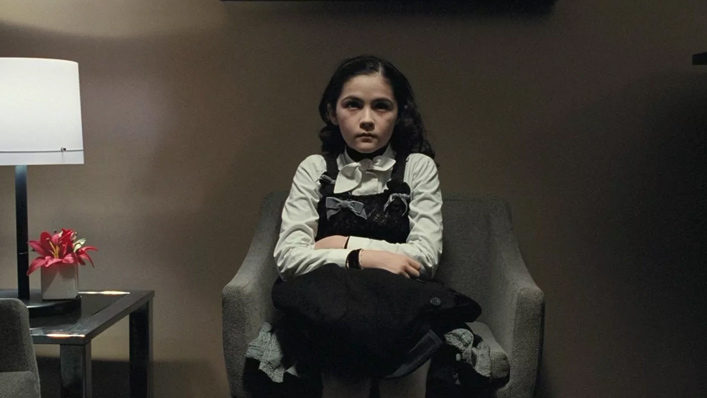
Orphan (2009)
Grieving over the stillbirth of their third kid, nice American couple Vera Farmiga and Peter Sarsgaard adopt an Estonian orphan (Isabelle Fuhrman), only for their newest family member to turn sinister on them. Genre maven Jaume Collet-Serra serves up a really fun take on the old “bad seed” story model, delivering lurid twists and turns that will delight horror heads.
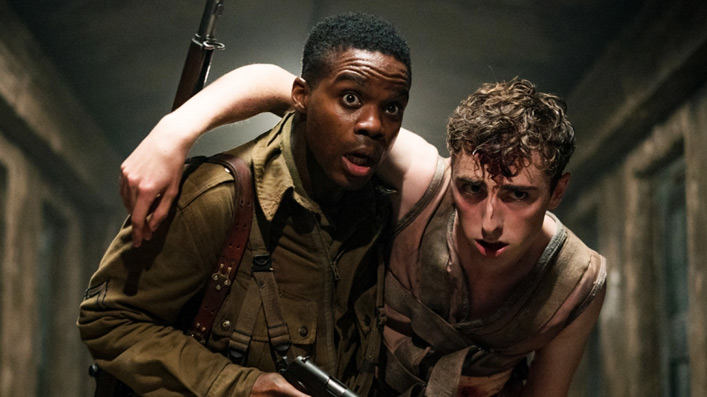
Overlord (2018)
Doughty American commandos, including Wyatt Russell and Jovan Adeppo, parachute into Nazi-occupied France for a little demolition work, only to find themselves at the sharp end of SS Captain Pilou Asbæk’s zombie experiments. Essentially Wolfenstein: The Movie, Overlord mixes shock and awe with schlock and gore, pitting dogged dogfaces against Nazi monsters to the delight of horror fans everywhere.
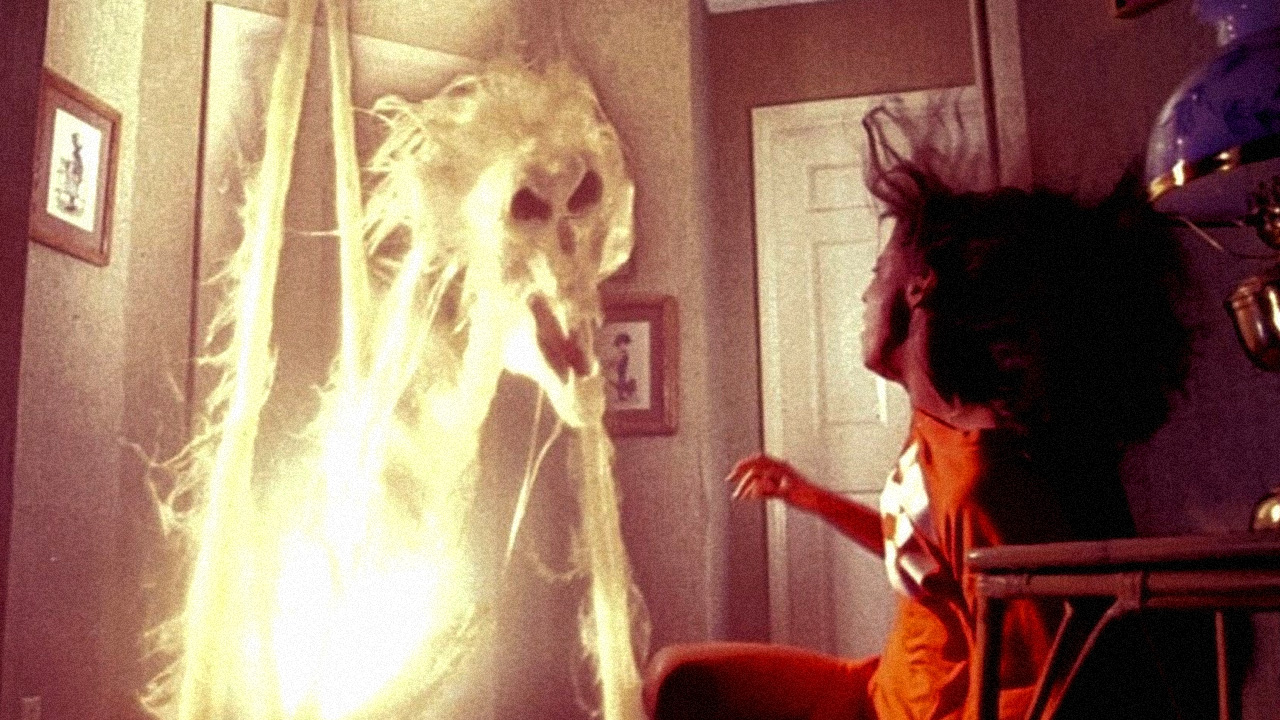
Poltergeist (1982)
Chain Saw Massacre auteur Tobe Hooper directs (he bloody well does too!) and Steven Spielberg produces this slice of suburban horror that sees a nice normal family, including mum JoBeth Williams, dad Craig T. Nelson, menaced by ghosts after they move into a new housing development. When youngest daughter Heather O’Rourke vanishes into the afterlife, a team of parapsychologists including Zelda Rubenstein’s diminutive psychic must battle the forces of evil for the little girl’s soul. Compelling contemporary horror with that unmistakeable Spielbergian touch, this is a fright fest for the whole family.
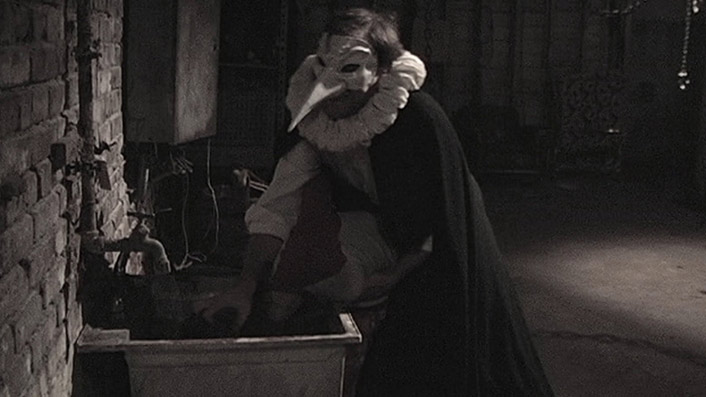
The Poughkeepsie Tapes (2007)
A genuinely disturbing found footage film purportedly cobbled together from the snuff films made by (fictional) serial killer Edward Carver, The Poughkeepsie Tapes really plumbs the depths. More than any other film currently streaming, this one pushes the envelope in terms of gore and depravity, to the point where it’s genuinely mystifying that the Classification Board gave it a pass. Only the brave should give it a spin, and probably take a shower afterwards.
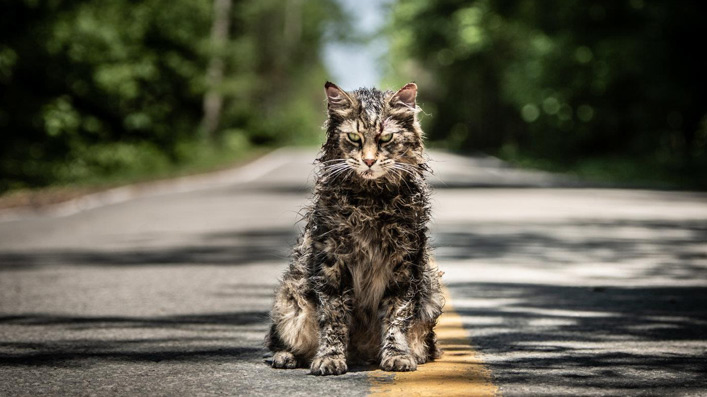
Pet Sematary (2019)
The second big screen adaptation of Stephen King’s novel flips the gender of the dead kid, and so bereaved doctor Louis Creed (Jason Clarke) plants his daughter in the sour soil out on the woods rather than his infant son. She’s a bit older, too, which raises the creepy possibility that, once she’s returned from the grave, she understands what’s happened to her. Co-directors Kevin Kölsch and Dennis Widmyer take the basic structure of one of King’s bleakest books and make it even bleaker, culminating in a downer ending that’s one for the ages.
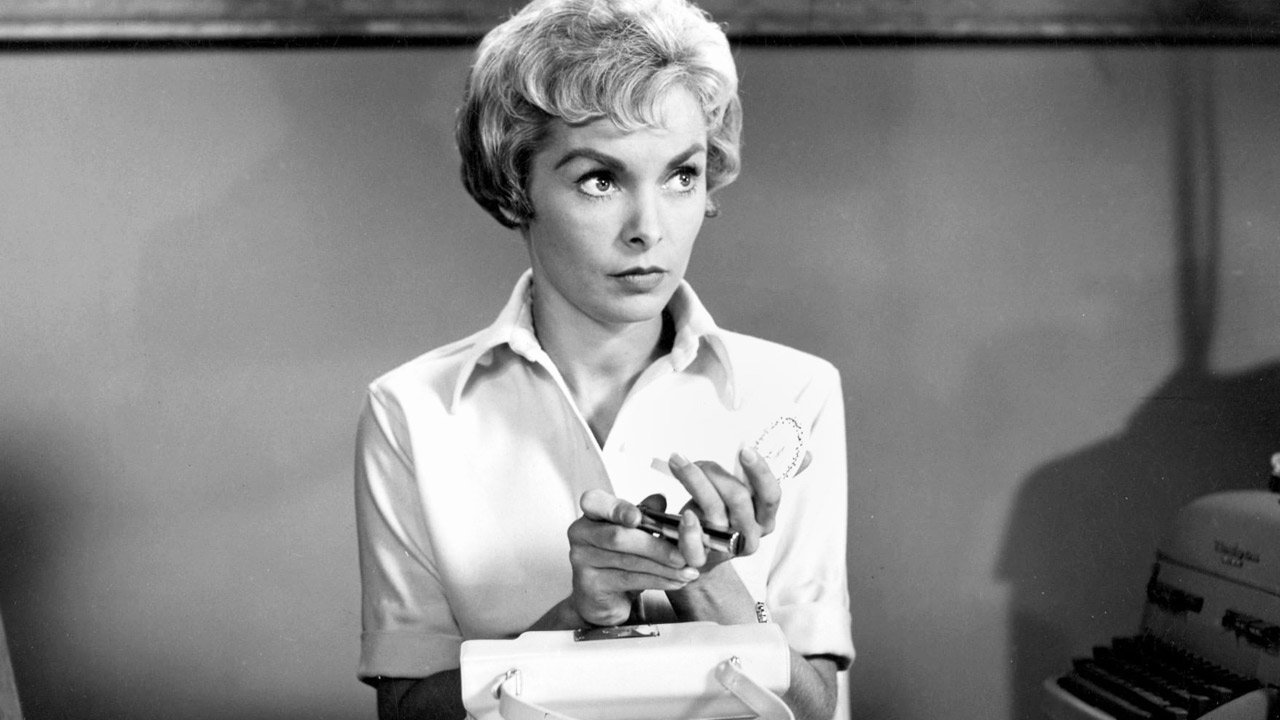
Psycho (1960)
Janet Leigh robs her boss and heads for the hills with her ill-gotten gains but makes the fatal mistake of checking into the Bates Motel. Alfred Hitchcock’s adaptation of Robert Bloch’s novel may be the most influential horror movie of all time, presaging the slasher surge by almost 20 years. The big draws here are Hitch’s consummately controlled direction, the playful Freudian symbolism, and a truly iconic turn by Anthony Perkins as killer Norman Bates.
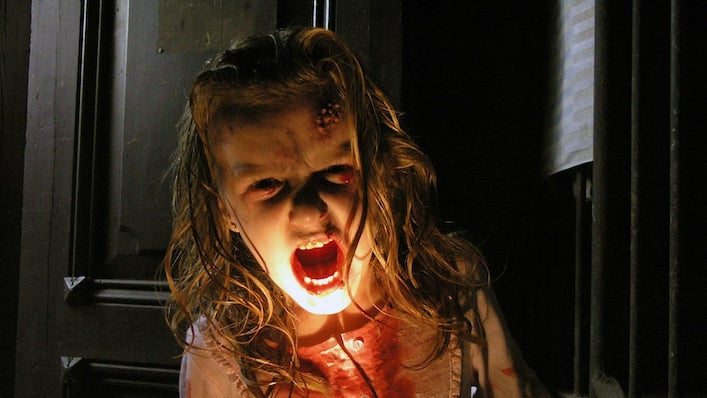
Rec (2007)
A news team covering an emergency services call to an apartment building get more than they bargained for when—you guessed it!—a zombie virus turns all the residents ravenous. With the government cordoning off the building, our doughty heroes keep filming. It’s not the most original set up, but the claustrophobia generated by the verité camerawork is genuinely troubling, and the climax is an all timer. Spawned several sequels, which are also on Shudder.
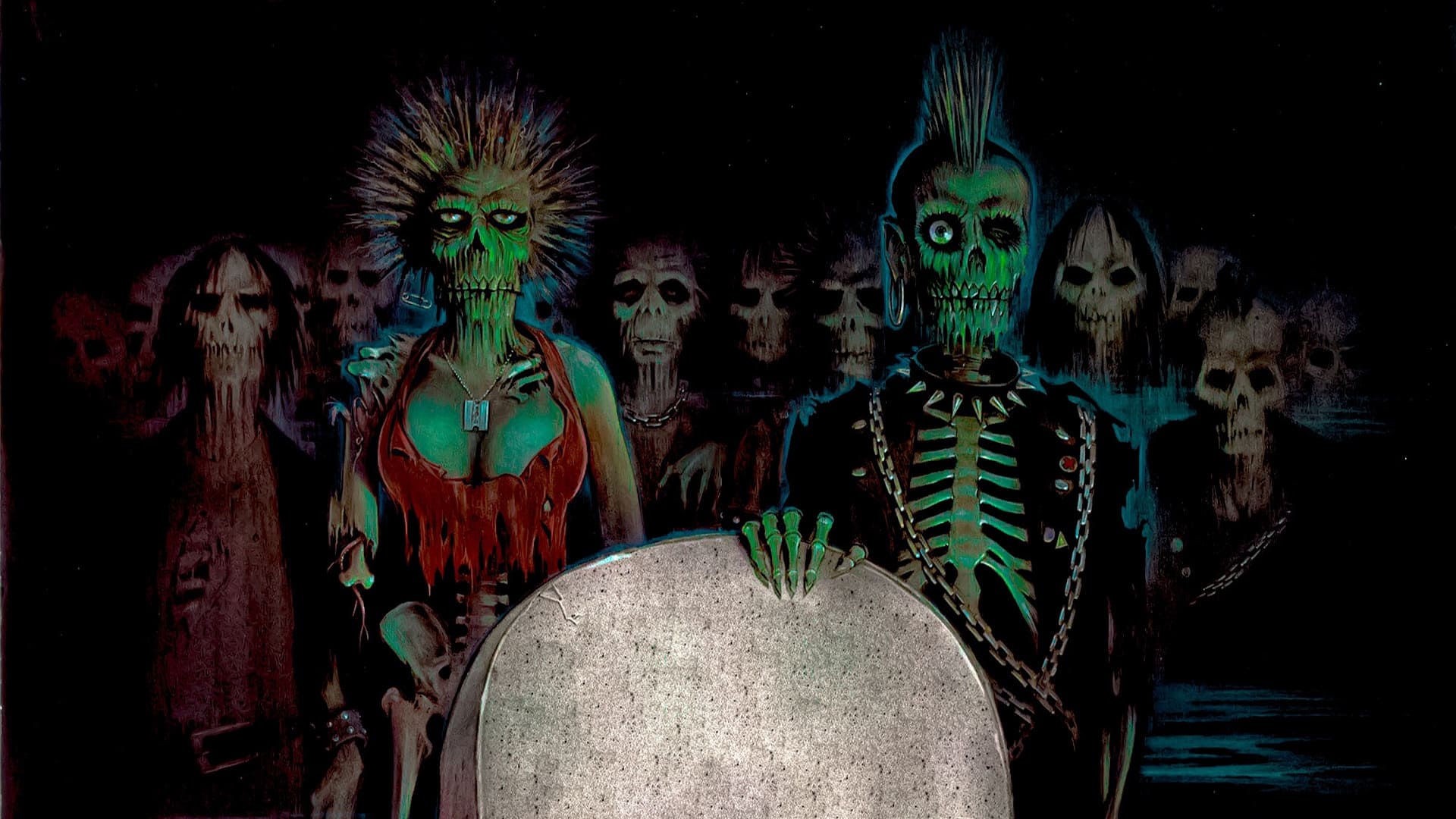
The Return of the Living Dead (1985)
The other sequel to Night of the Living Dead (it’s a whole thing) and the directorial debut of underappreciated genre legend Dan O’Bannon. Zombies go punk in this gruesome horror comedy as a secret military experiment raises the hungry dead from the grave, much to the surprise of the wasted youth partying in the graveyard. Gleefully anarchic and gory.
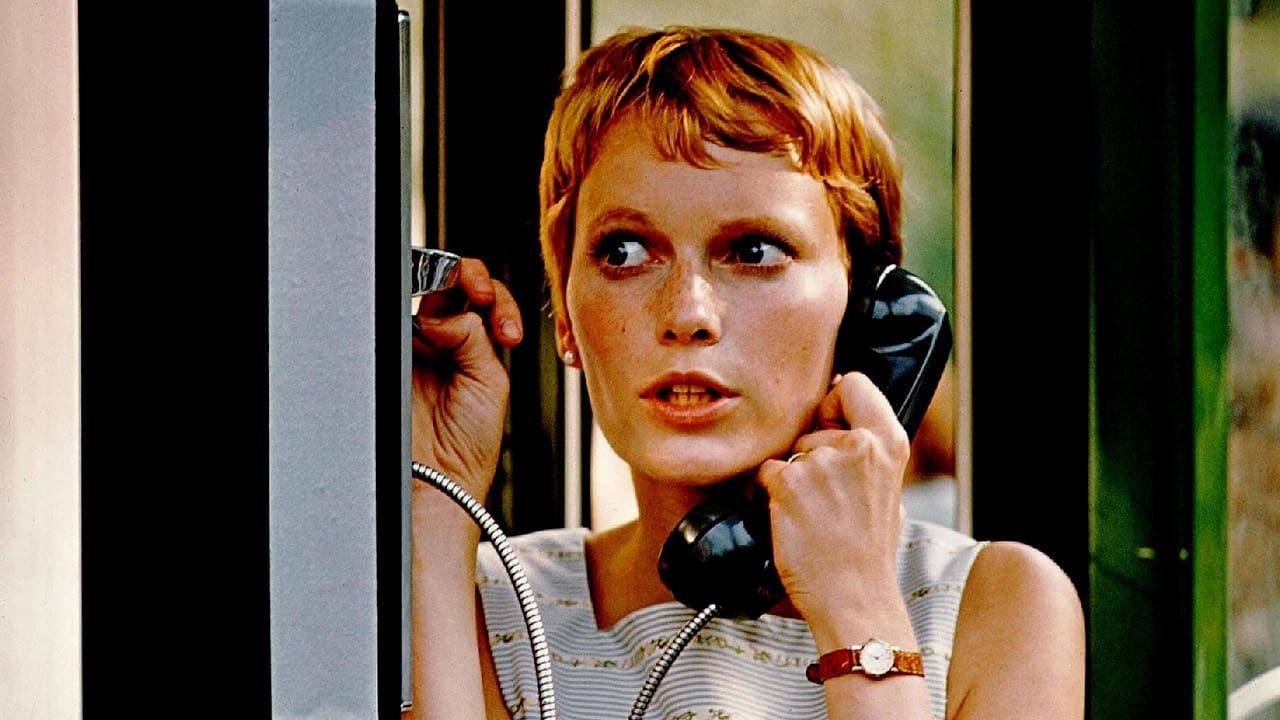
Rosemary’s Baby (1968)
Mia Farrow is the pregnant ingenue who slowly begins to suspect her overly kindly neighbours have something not just evil, but downright satanic in mind for her unborn child. Is husband John Cassavetes in on it? Not so much a cult classic as a classic about a cult, Roman Polanski’s tale of modern-day devil worshippers is a masterful exercise in sustained, creeping tension that has lost none of its power.
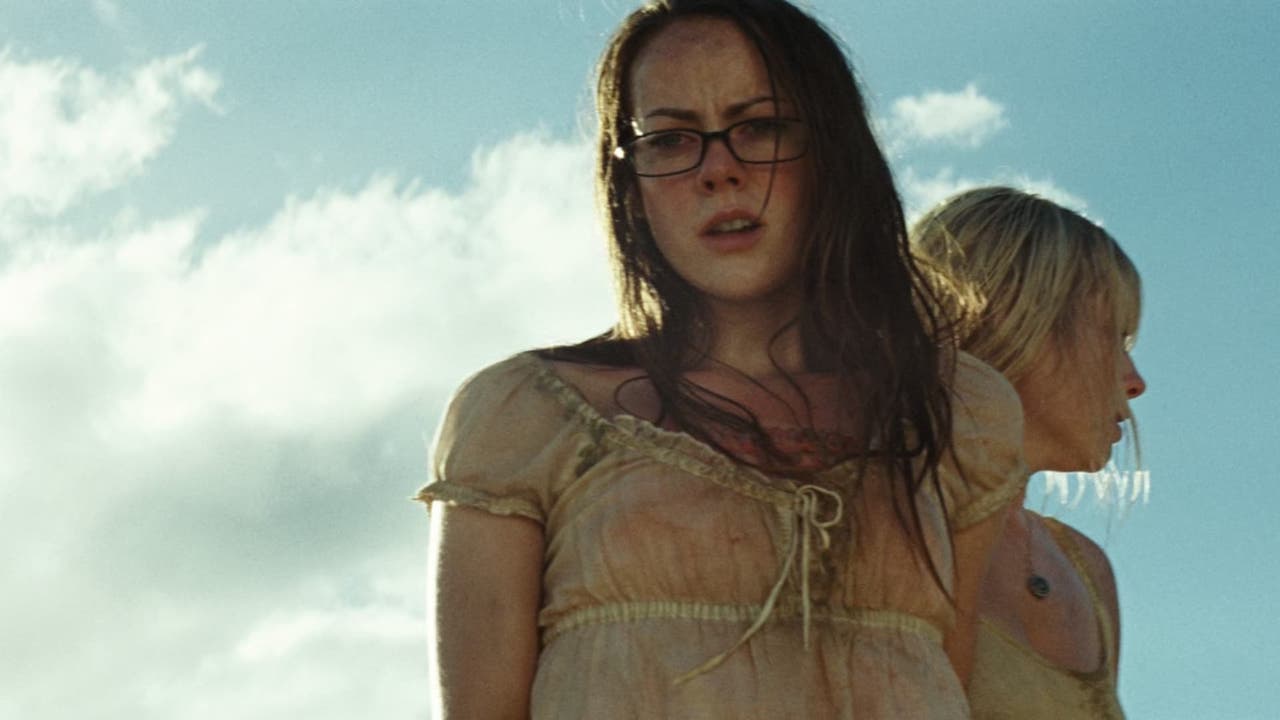
The Ruins (2008)
A passel of young, photogenic American tourists find themselves forcibly trapped on an ancient Mexican pyramid—and fodder for carnivorous, possibly intelligent, vines. Which sounds a little silly, but director Carter Smith offers us a punishing combo of both folk horror and body horror, as our cast (Jonathan Tucker, Jena Malone, Laura Ramsey, Shawn Ashmore, et al) are dispatched in various gruesome and inventive ways.

Q the Winged Serpent (1982)
When the winged god Quetzalcoatl starts terrorising New York City, a small time criminal (Michael Moriarty) realises he can hold the town to ransom after he discovers its nest. It’s another high concept, low budget slice of fried gold from the late Larry Cohen, and as such is simply unmissable.

Scream (1996)
A Nightmare on Elm Street director Wes Craven revitalised the slasher subgenre with this smart entry, which sees a mixed bag of photogenic teens (Neve Campbell, Rose McGowan, Skeet Ulrich, Matthew Lillard, Drew Barrymore et al) stalked by a masked killer. The fresh wrinkle is that they’ve all seen Halloween and everything after, and so know how this whole thing is supposed to play out. Tongue in cheek but still effective, it changed the genre forever. The sequels? Not so much.
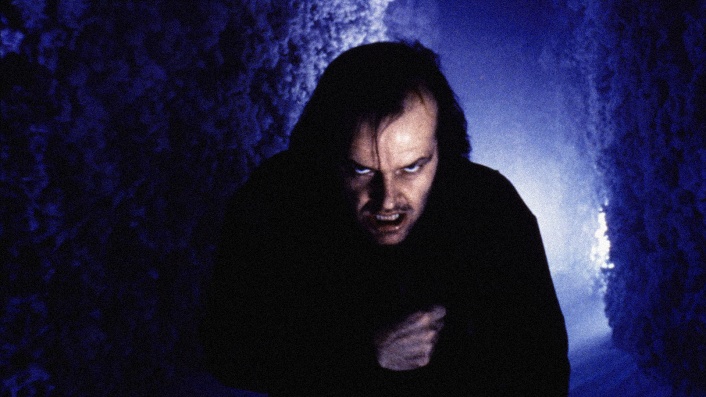
The Shining (1980)
Frustrated writer Jack Torrance (Jack Nicholson) takes a winter job as caretaker of the mothballed Overlook Hotel, only for the restless spirits there to batten on his psychic son Danny (Danny Lloyd). C’mon, you know this one—Stephen King doesn’t much like Stanley Kubrick’s adaptation of his breakthrough novel, but the rest of us know it’s one of the finest horror movies ever made. Make it a double feature with Doctor Sleep.
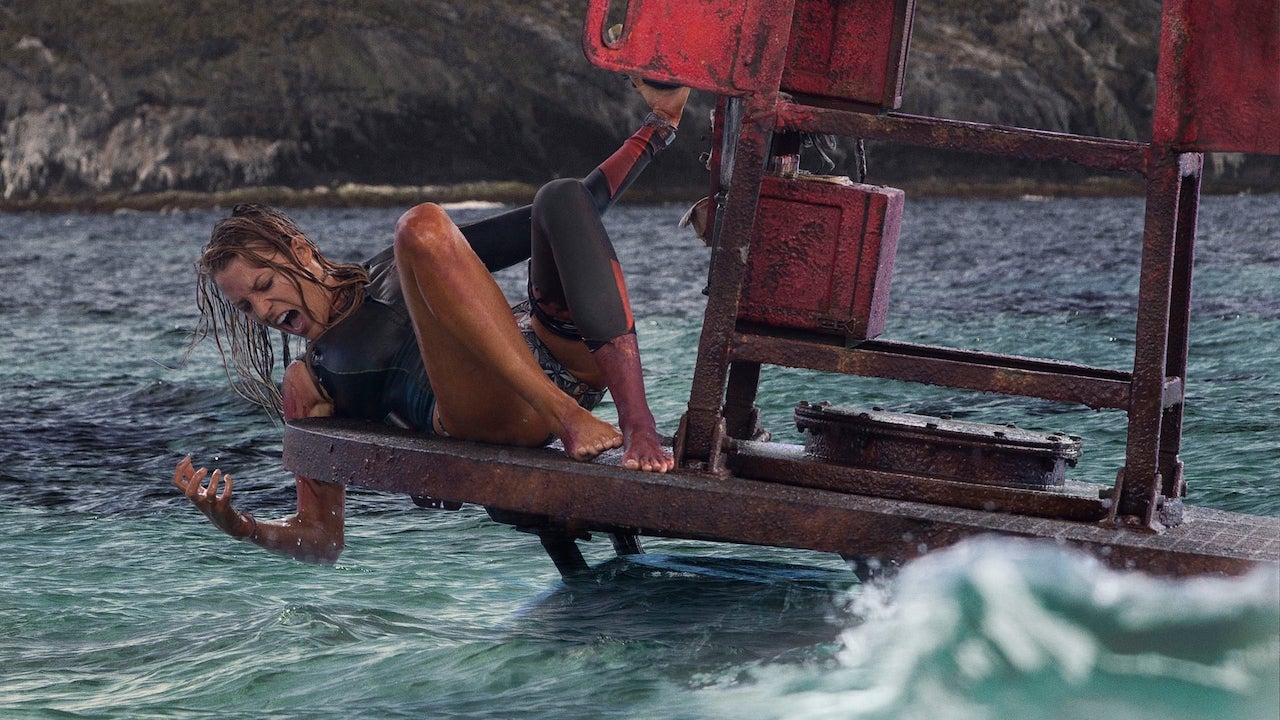
The Shallows (2016)
Blake Lively’s surfer finds herself at a deserted Mexican beach and stuck on a reef outcropping as a hungry great white shark circles. And then the tide starts to come in… Action specialist Jaume Collet-Serra turns his attention to horror and milks this high concept set up for every ounce of tension and fun, while Lively proves herself more than capable of anchoring an entire movie by herself. Don’t ask a marine biologist about the plausibility, though.
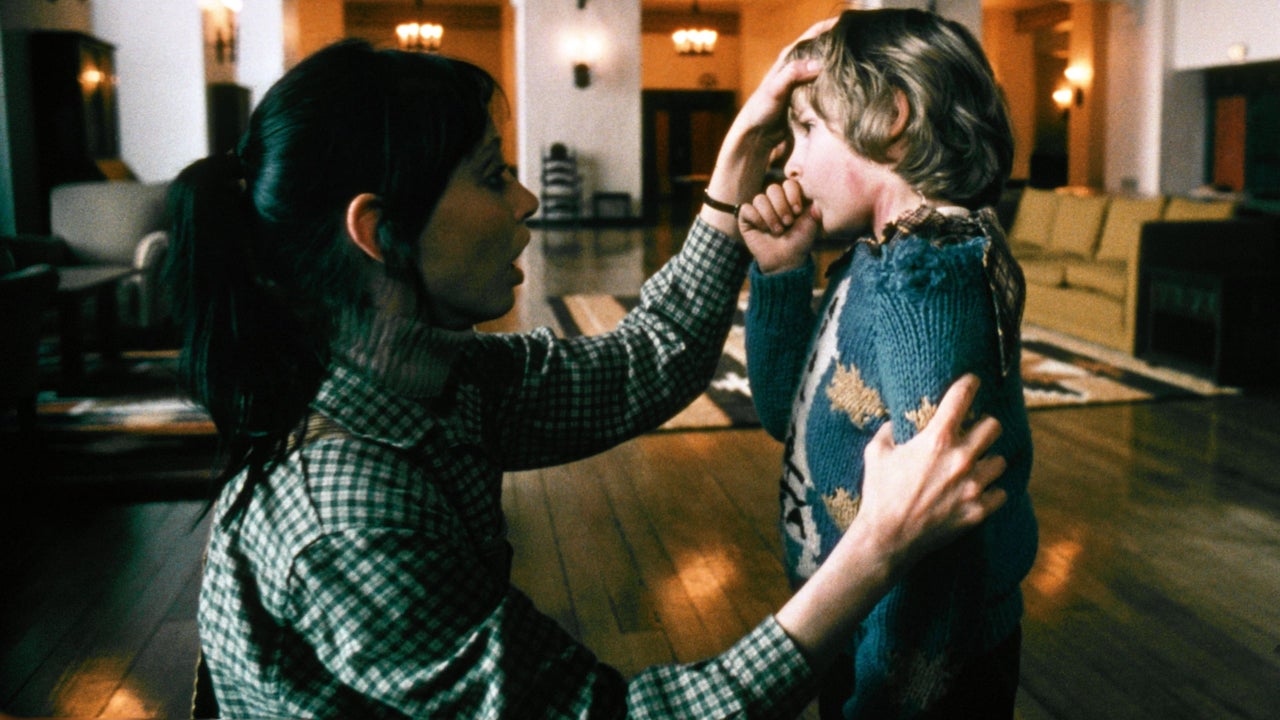
The Shining (1980)
Stephen King didn’t like Stanley Kubrick’s chilling adaptation of his breakthrough novel, but what would he know? Jack Nicholson is the alcoholic writer who hauls wife Shelley Duvall and psychic son Danny Lloyd off to babysit the remote Overlook Hotel over a bleak winter, only for the ancient inn’s restless spirits to drive him to madness and murder. Not quite the greatest haunted house movie of all time (that’s Robert Wise’s The Haunting) but certainly a close second.

The Silence of the Lambs (1991)
FBI trainee Calirce Starling (Jodie Foster) is tasked with milking imprisoned cannibal Hannibal Lector (Anthony Hopkins) for info about serial killer Buffalo Bill (Ted Levine), but who is manipulating who? C’mon, you know this one. It was adapted from Thomas Harris’ superb novel, swept the top five Oscar categories, changed cinema forever, and remains the gold standard of serial killer movies.
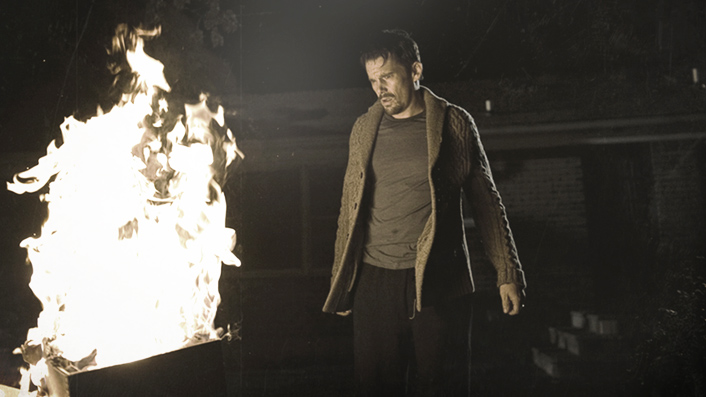
Sinister (2012)
Ethan Hawke’s true crime writer moves into a picture-perfect new home with his family, but things soon take a turn for the, er, sinister when he discovers a collection of old Super-8 films showing a variety of awful murders. Are they straight up snuff flicks or evidence of something more supernatural going on? Director Scott Derrickson and co-writer C. Robert Cargill would go on the bring Doctor Strange to the Marvel Cinematic Universe, but here show their talent at crafting sublimely upsetting horror. Also features one of the best shock kills in recent years.
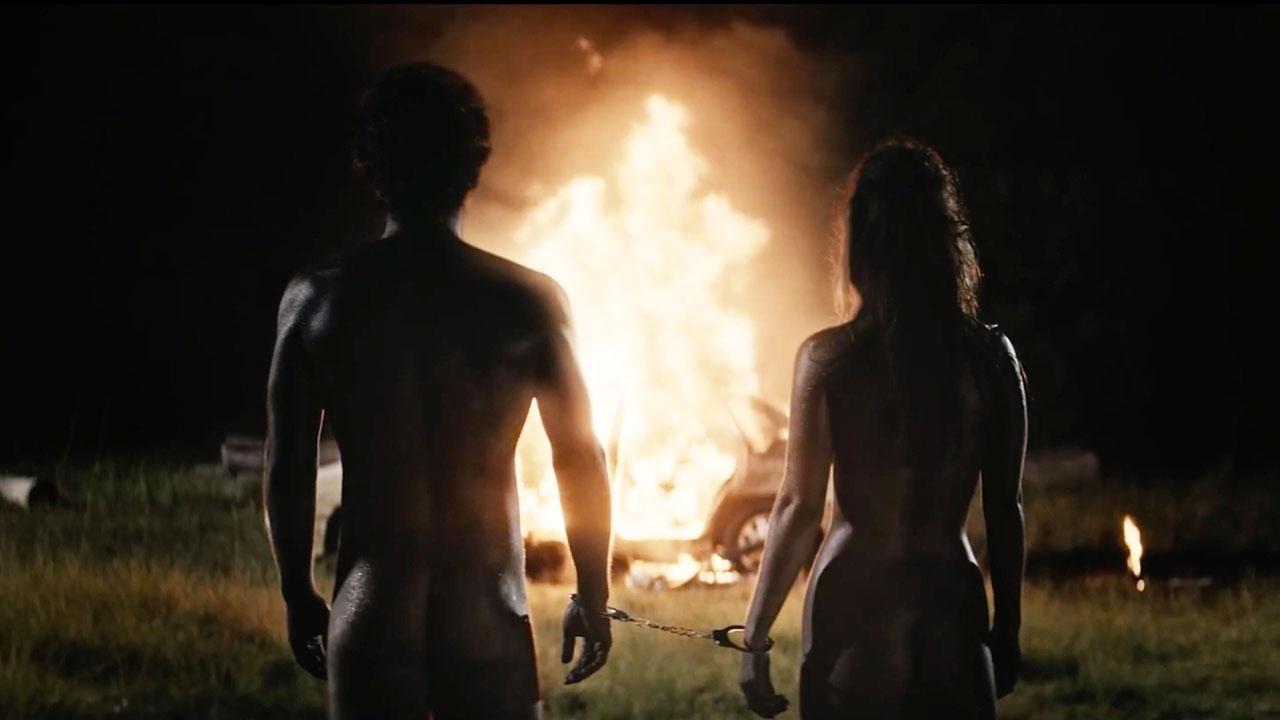
Skinford (2017)
The titular low level criminal (Joshua Brennan) stumbles across a seemingly immortal woman (Charlotte Best) while being forced to dig his own grave. Her unkillable nature makes her a hot prize for the various ne’er-do-wells and no-goods who inhabit the film’s crooked demimonde. The two team up to take on all comers, with bloody results. Low on budget but high on style and wit, this Australian genre effort is a cut above.
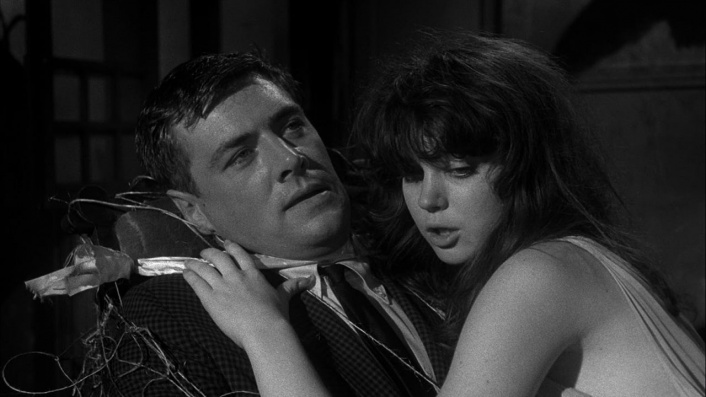
Spider Baby (1967)
When distant relatives front up to a decaying mansion to try and wrest control of the family fortune from the three disturbed siblings who dwell there, murder and madness inevitably ensues. This 1968 curio has achieved cult status thanks to its gonzo approach, switchback tonal shifts and appearances from genre legends Lon Chaney, Jr. and Sid Haig.
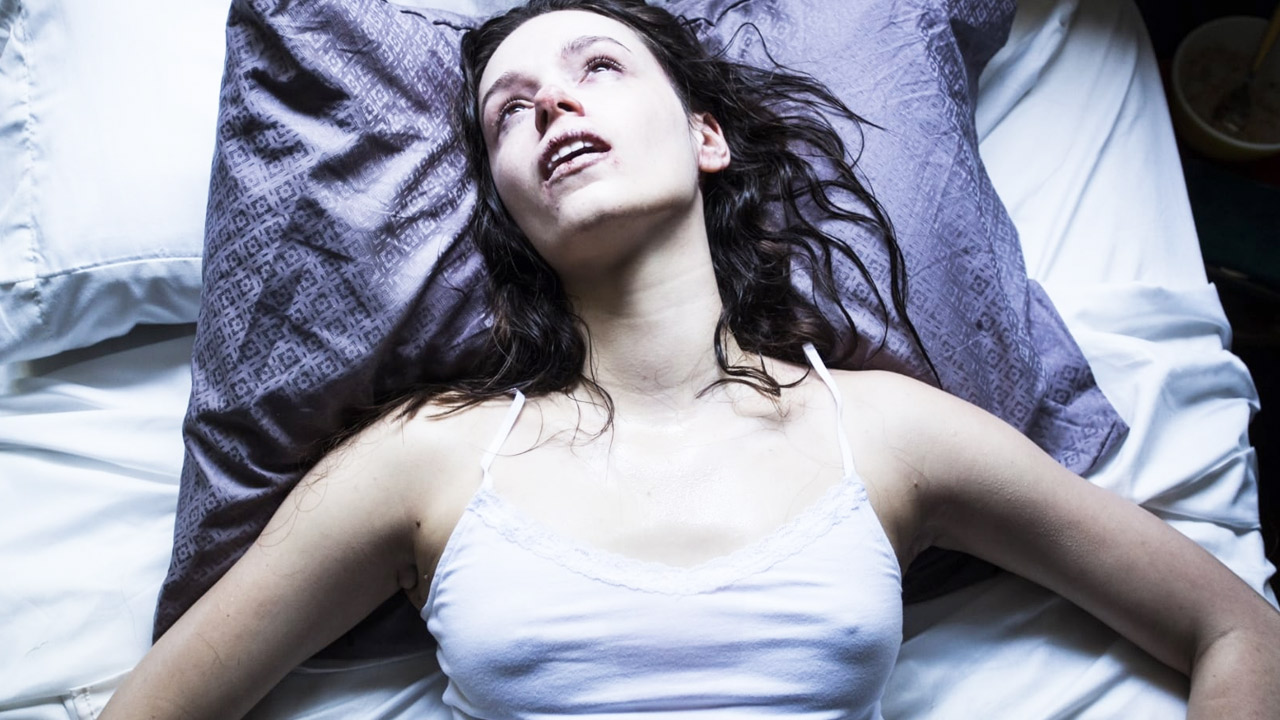
Starry Eyes (2014)
Guerilla-style feature debut from Kevin Kölsch and Dennis Widmyer (Pet Sematary). A young, aspiring actress (Alexandra Essoe) apparently catches a break when she gets a callback for a role in a horror movie, only to find herself subject to the attentions of a demonic cult. Still, that’s a small price to pay for stardom, right? Starry Eyes mirrors the horrors of the fame game grind with more occult frights—which is more disturbing is left to the viewer.

Stir of Echoes (1999)
A blue collar guy (Kevin Bacon) is hypnotised at a party, and afterwards finds himself having visions of a local girl who disappeared under mysterious circumstances. Adapted from the legendary Richard Matheson’s novel, Stir of Echoes smartly uses its supernatural trappings as cover for an investigation into the mundanity of human evil.
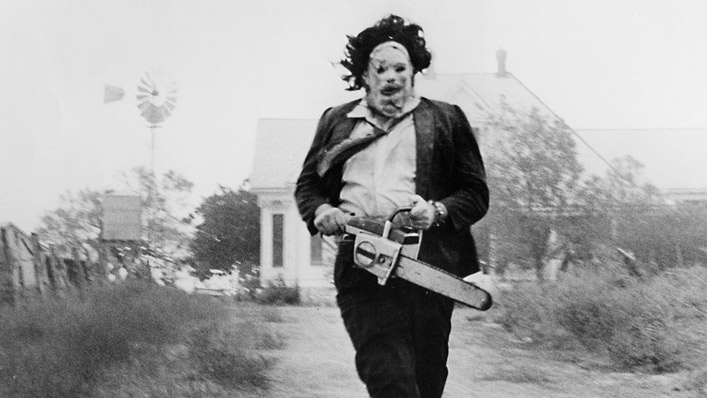
The Texas Chainsaw Massacre (1974)
Tobe Hooper’s absolutely seminal survival horror pits a Combi-load of happy young people up against the cannibalistic Sawyer family when they take the wrong back road in contemporary Texas and find themselves at the business end of the hulking Leatherface’s chainsaw. Not as gory as its reputation suggests, but Hooper manifests a grimy, sticky-hot, oppressive atmosphere that’s more unsettling than a hundred gore gags. Yet another film sequelised and remade to generally lesser effect, although Part 2 is a gonzo gem.
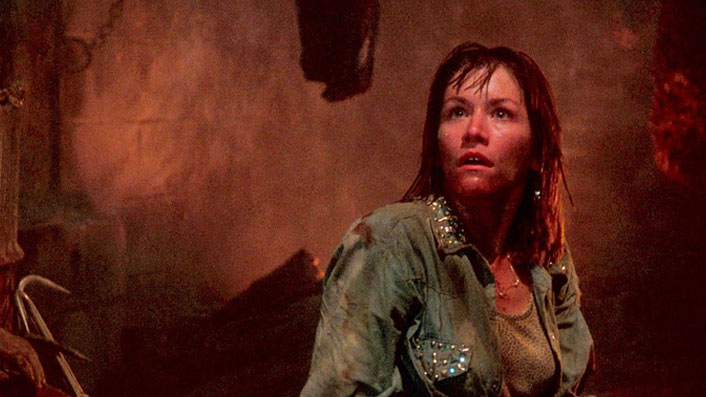
The Texas Chainsaw Massacre 2 (1986)
Dennis Hopper’s vengeance-crazed Texas Ranger tracks down the cannibalistic Sawyer family and their main murderer, the hulking Leatherface (Bill Johnson), in this deranged follow up to the iconic classic. Dropping the original’s almost documentary grittiness for grindhouse gore and laughs instead, director Tobe Hooper gives us an OTT carnival of guts and grue that is simply unmissable.
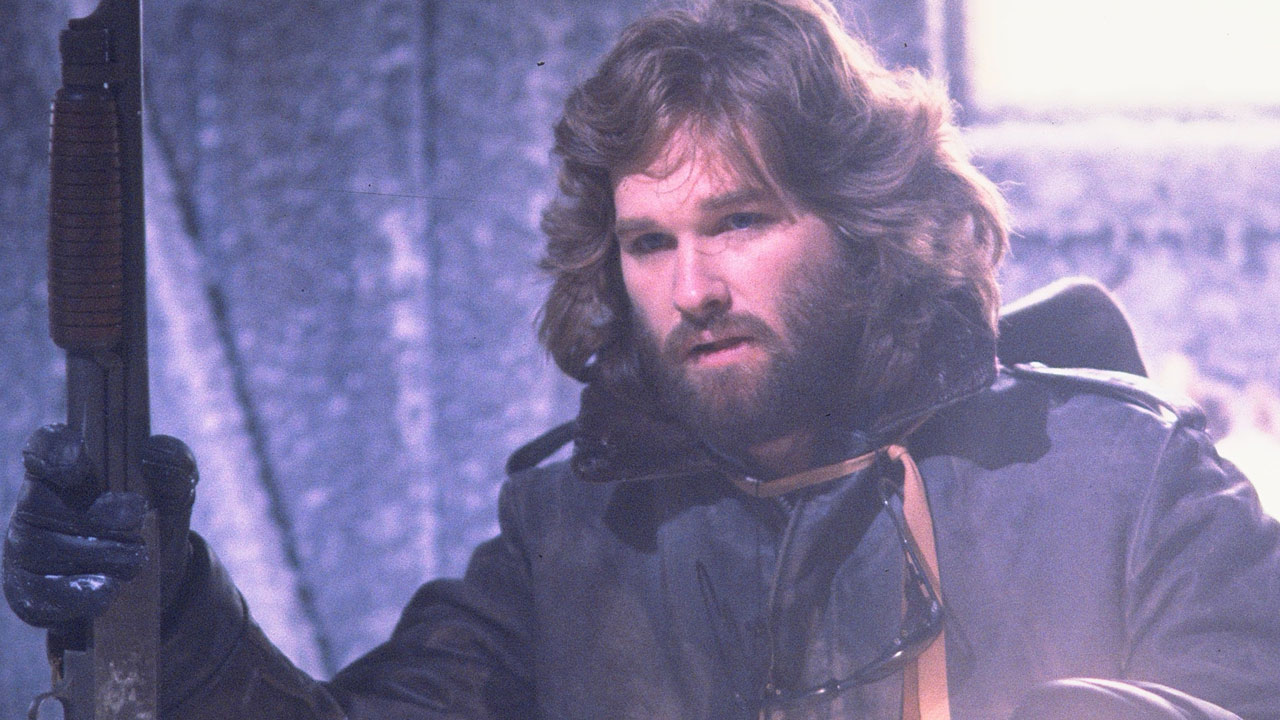
The Thing (1982)
The crew of a remote Antarctic research station must battle a shapeshifting alien that’s been trapped under the ice of millennia. The critter’s ability to take over its victims means that nobody is sure who’s human and who’s the monster, leading to intense paranoia along with more visceral horrors. John Carpenter’s redux of the old Howard Hawks/Christian Nyby The Thing From Another World is simply masterful, combining superb creature effects and gore with a relentlessly downbeat tone. Also: Kurt Russell.
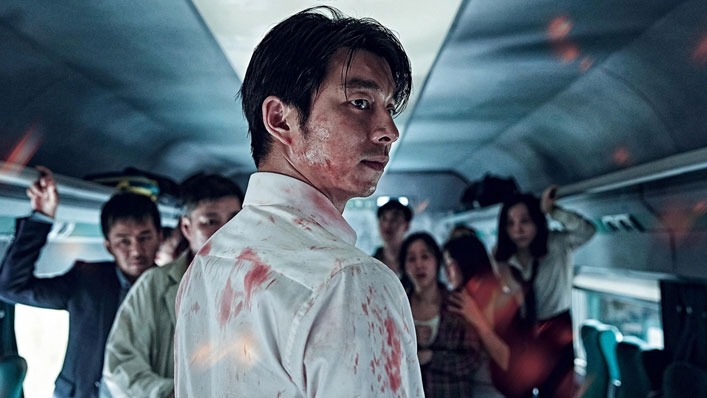
Train to Busan (2016)
As zombie hordes overrun South Korea, civilians pile onto the titular train in the hope of reaching a place of refuge. While Gong Yoo’s single dad fights to protect his young daughter, the western world learns of the existence of Korean nation treasure Ma Dong-seok, here playing a blue collar guy who discovers he was a talent for wrecking the undead. Still, as the bodies start to pile up—and eventually get up—the odds of survival look increasingly dire. he played-out zombie subgenre gets a new lease on life here with this energetic action horror that has already spawned a sequel and an upcoming US remake.
As zombie hordes overrun South Korea, civilians pile onto the titular train in the hope of reaching a place of refuge. While Gong Yoo’s single dad fights to protect his young daughter, the western world learns of the existence of Korean nation treasure Ma Dong-seok, here playing a blue-collar guy who discovers he has a talent for wrecking the undead. Still, as the bodies start to pile up—and eventually get up—the odds of survival look increasingly dire.

Us (2019)
A vacationing African American family (Lupita Nyong’o, Winston Duke, Evan Alex and Shahadi Wright Joseph) find themselves menaced by horrifying doppelgangers who want to replace them in their own lives. That would be awful enough, but it turns out it’s not an isolated incident. Get Out director Jordan Peele follows up his acclaimed debut feature with this high concept, hyper-violent allegorical tale that asks us to consider who suffers for the comfortable lives we lead.
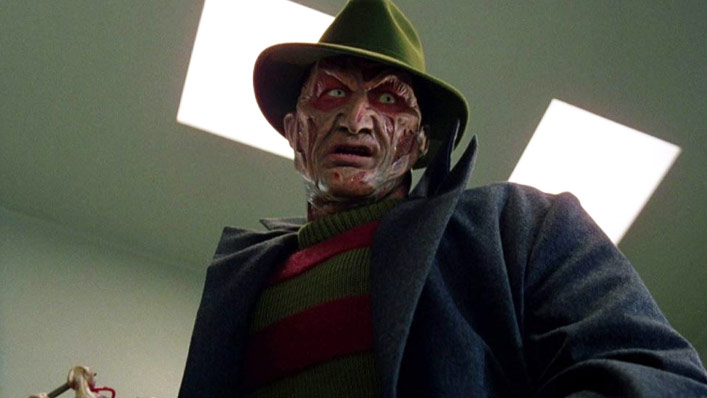
Wes Craven’s New Nightmare (1994)
Before he changed the game completely with Scream, the late Wes Craven tried his clawed hand at metatextual horror with this smart sequel, which sees dream demon Freddie Kruger (Robert Englund) invading the “real” world, where he terrorises Craven, Englund, and original A Nightmare on Elm Street lead Heather Langenkamp, who all play version of themselves. After a run of less-than-great (but still beloved) entries into the Elm Street series, Craven’s return injected new blood into the franchise.
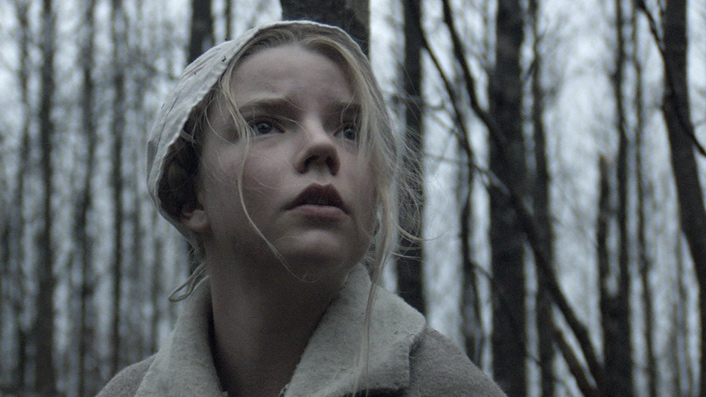
The Witch (2015)
A deeply religious family, outcast from their settlement in Colonial America, find themselves menaced by a ravening sorceress who lives in the forest—but are there worse issues at hand? Robert Eggers’ feature debut is an assured and disturbing period horror, steeped in historical detail and brooding menace. It also made a star of Anya Taylor-Joy (The Queen’s Gambit).
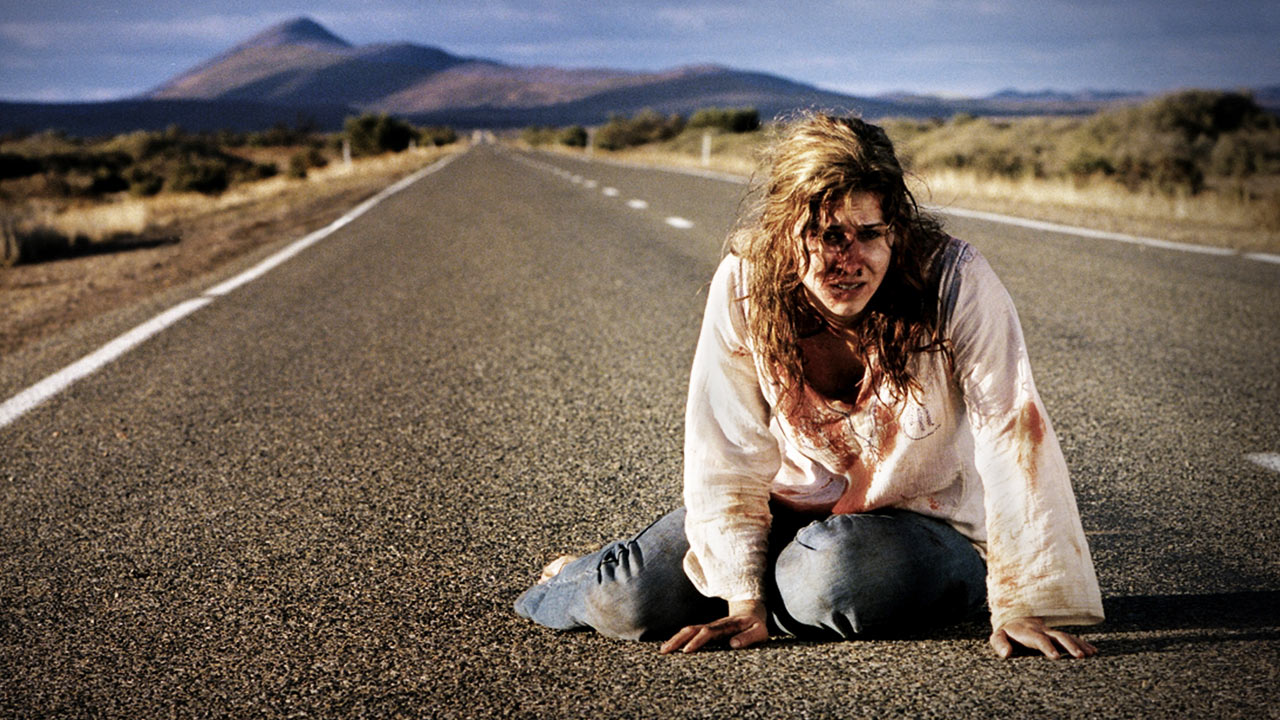
Wolf Creek (2005)
The key Australian horror film of the 21st century sees three outback tourists (Nathan Phillips, Cassandra Magrath and Kestie Morassi) run afoul of iconic serial killer Mick Taylor (John Jarratt), with stomach-churning results. It launched a multimedia franchise, completely revitalised Jarratt’s career, launched director Greg McLean’s, and made a new generation nervy about ocker blokes in utes.
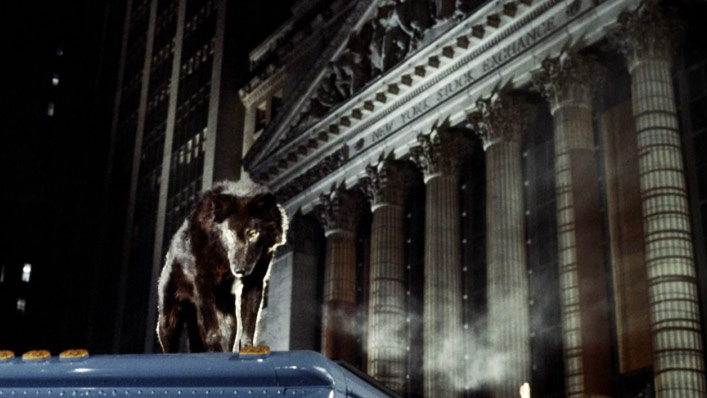
Wolfen (1981)
New York cops Albert Finney and Diane Venora begin to suspect that a series of grisly killings are the work of hyper-intelligent wolves who have hidden in cities and preyed on the homeless for centuries but are now being driven from their traditional hunting grounds by the forces of gentrification. This smart riff on the werewolf myth is based on a novel by author and UFO abductee Whitley Strieber, so you know you’re in for some high concept weirdness. Edward James Olmos, Tom Noonan, and Gregory Hines round out the ensemble in this unique urban horror.
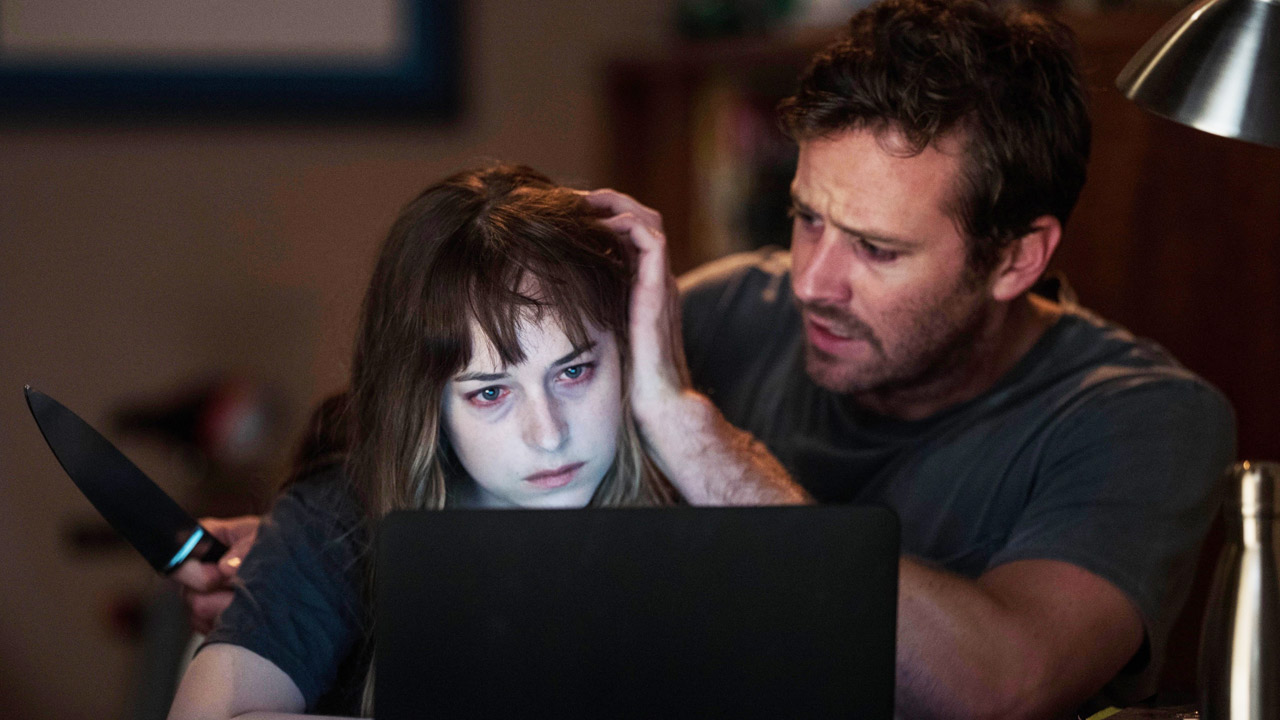
Wounds (2019)
New Orleans bartender Will (Armie Hammer) starts getting sent disturbing images on a mobile phone left in the dive he pours booze in, and things just get worse from there. It’s not so much the plot of Iranian director Babak Anvari’s English language debut that disturbs, but the tone. Wounds is an exercise in decay, with every set, shot, gore gag and even character redolent of physical and moral rot. Wounds is film that gets right under your skin and festers.
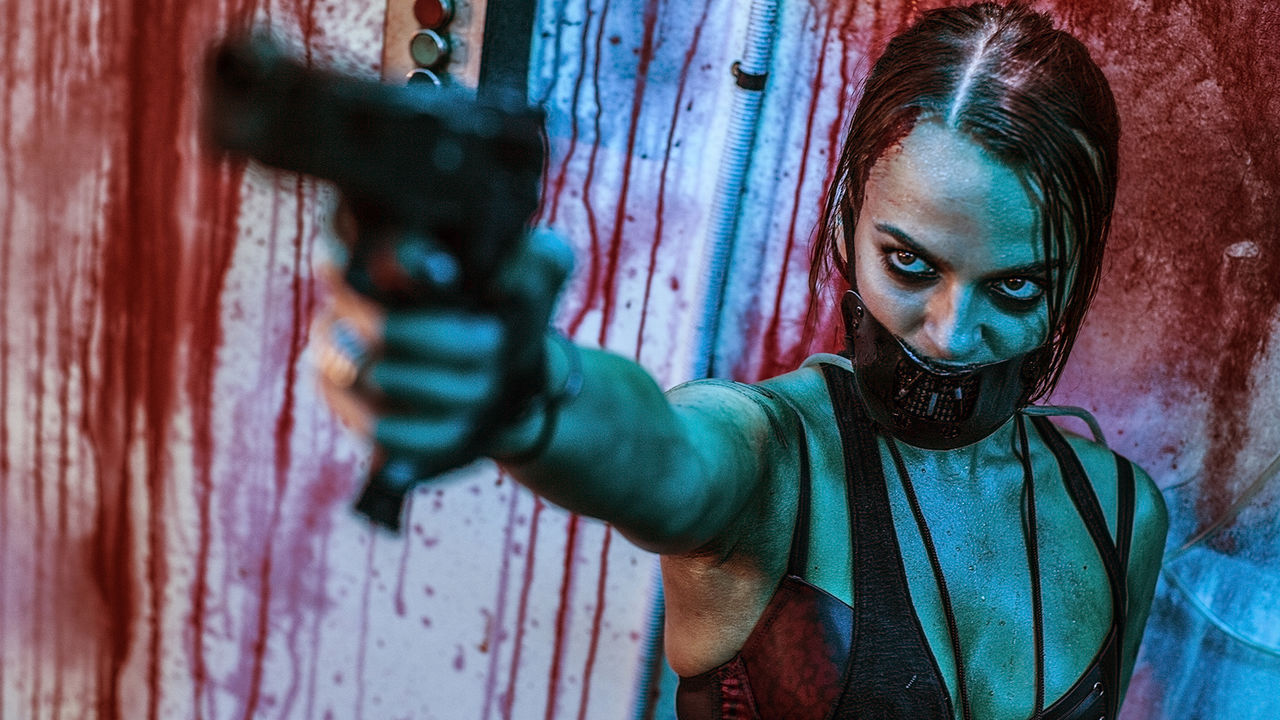
Wyrmwood: Road of the Dead (2014)
After a meteor shower raises hordes of the undead, bush mechanic Jay Gallagher must rescue his sister (Bianca Bradey) from an evil military scientist. The twist is that the meteors also stopped flammable liquids from being able to burn—but zombie blood and breath is still combustible, giving us an apocalyptic scenario wherein an armoured truck is powered by zombie juice. It’s Mad Max meets Dawn of the Dead, with all that it entails.
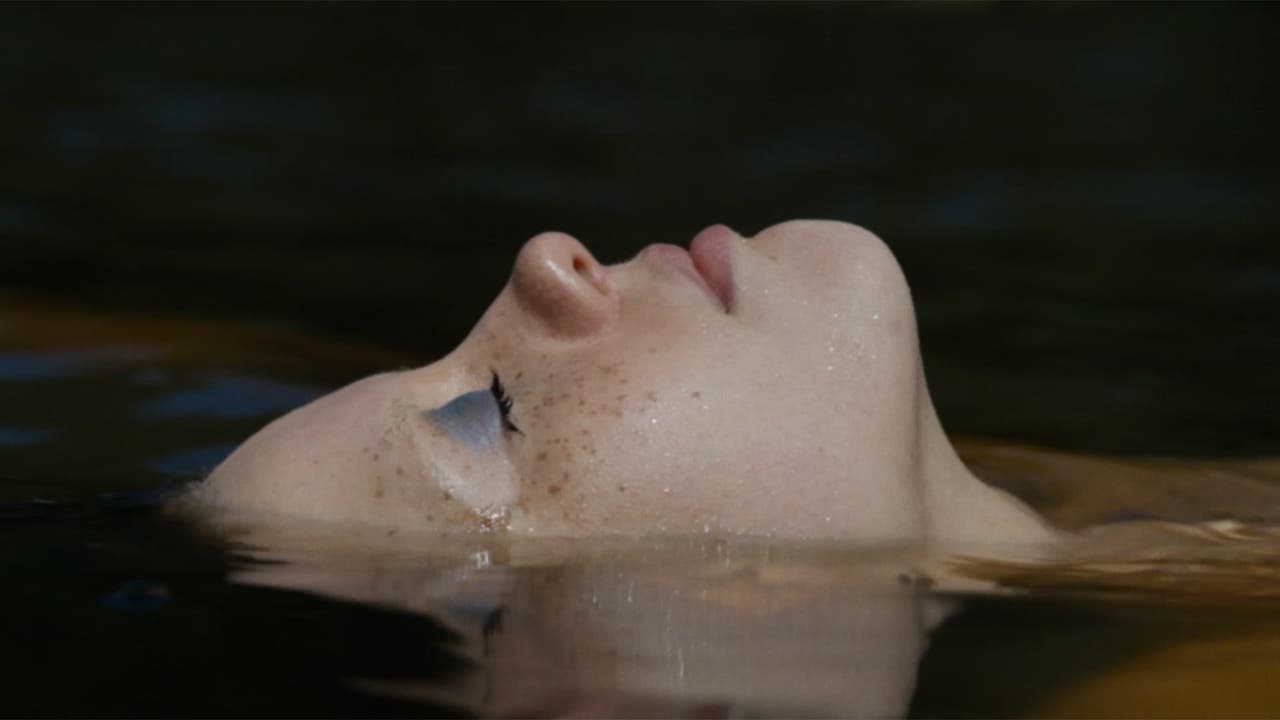
X (2022)
Indie horror auteur Ti West pays tribute to ‘70s horror and ‘70s porn as a group of horny young people (Mia Goth, Jenna Ortega, Scott Mescudi, Brittany Snow, Martin Henderson, Owen Campbell) head off to a remote farmhouse to make a dirty movie, only for the wrong kind of body fluids to start getting spilled when they earn the wrath of their murderous host. A note perfect throwback to the heyday of exploitation cinema.
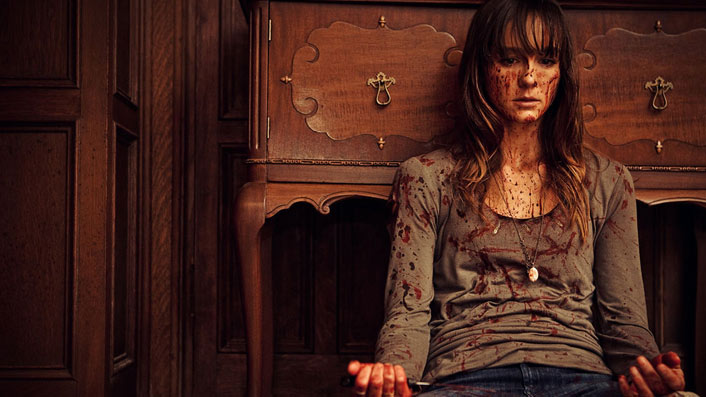
You’re Next (2011)
A bickering family find themselves under siege in their holiday home as masked killers pick them off one by one. Luckily, the Australian girlfriend of on of their sons (Sharni Vinson) grew up in survivalist compound and when she turns the tables, the gore quotient goes through the roof. Adam Wingard (The Guest, Blair Witch) delivers a surprisingly fun take on the home invasion sub-genre.
More
See All
